|
This is one of my favorite parts of my job. Seeing children make progress!!!
0 Comments
Rocks can be found everywhere! They are made up of minerals and can be a variety of shapes, colors, textures and sizes. During this Invitation to Create, children used their scientific reasoning skills by exploring real rocks and experimenting with how to use them in their art project. Some traced around the rocks, they looked at different sizes of rocks and touched to feel texture.
We used water colors to paint Yy books. We sorted letters Y & V. And finally, they had so much fun drawing their friends. We used an expo marker and a clear pocket and they drew each others faces! Ducks are birds that live on both freshwater and seawater. They are omnivores and at mostly plants, small fish and insects. They are social animals and live in groups called rafts or teams. We talked about our own families and how we take care of each other. We made Duck Family Headbands today! They used stickers, paper strips, markers and ribbon. We talked about where a duck may hide. Each child had a duck and a cup. They took turns rolling the pocket cube and then they were encouraged to put their duck in that position.
For fine motor we traced lines and cut shapes. We pasted the shapes in our fine motor journals. Sailboats move on the water by catching wind in their sails. Sails are made of fabric to catch the wind and drive the boat. We took turns looking and talking about our Inspiration Photo, the shapes we saw, the water, the people, flag etc. The kids were encouraged to build their own sailboat. They created a sailboat collage by layering different shapes in various colors and gluing them to a blue-sky background.
We worked on letter Yy in our fine motor journals and then glued cut yarn on paper. We also traced lines. This week we are on the lake. Lakes are home to many plants and animals and a means for transportation and food. Even if bodies of water are not available to explore in your own environment, there are many ways to help a child develop a love and appreciation for water. Preschoolers love water play and using their senses to learn.
Fishing can be done in lakes, rivers, and oceans. Fishing can be a job or done for fun. Fish can be caught with a pole or a net. We made a fish on a line using a fish template, markers, yarn and craft stick. They each laced their fish. The students were encouraged pretend they caught a fish then took turns introducing their fish. Today we fished for shapes and letters. First we took turns fishing for a shape fish and matching and then we fished for letters and matched to their letter mat. For fine motor we traced lines and glued numbers in our fine motor journals. The older kids placed numbers in order 1-20. They used water colors to paint their name. A waterfall flows from a river or stream then makes a steep drop. Waterfalls can form due to erosion, earthquakes, landslides, volcanoes or glaciers.
Today the kiddos made a Ribbon Water Dancer using a craft stick, markers and ribbon. They made huge waves and danced all over the backyard! We made a colorful waterfall in the backyard. I set out a large piece of paper and gave the kids squirt bottles filled with water colors to create a waterfall. They took turns squirting water colors on the top of the paper and watching it drip down like a waterfall. We experimented with vinegar and baking soda making letter volcanoes! Alligators are reptiles that live in lakes, rivers, and swamps. They are great swimmers and hunt for food in the water. Alligators have about 80 teeth at one time, but in a lifetime they have a total of 2000-3000 teeth. I set out golf tees and play dough, we took turns sticking in alligator teeth (golf tees) and then pulling out.
For fine motor we traced a V and cut triangles to create alligator teeth! Boats are constructed to float on rivers, lakes, and oceans. They are used in various ways such as for transportation, catching food, and recreation. Boats move on water by motors, paddles, or sails. Today we played Race to the Shore. They each had their game pieces, flip a card, and move that color boat until the first boat makes it to the shore! For fine motor we cut out pieces to a puzzle, put together and colored. They were encouraged to draw a picture of themself in a boat. We took turns rolling a die, put that many family counters and ducks in the boat (foil boat) until it sank! We counted the ducks and family counters; it took 54 to sink the boat. Beavers are large rodents and eat wood off of trees. They use their powerful teeth to cut down trees to build dams and lodges in rivers and streams. The kids made a Beaver puppet. We used a die, play dough and sticks to build a dam. They rolled the die and added that many sticks. When completed we rolled the die again and took away that many sticks! We played with ducks, play dough, play dough tools and rocks.
For fine motor we completed the other half of the sun and we drew Vv's in our fine motor journals. Rivers can start from a glacier or snow melting from a mountain. They can also be formed from a lake. They can be changed by people, weather, and animals. Rivers are helpful because they give us food, means of transportation, and drinking water. Rivers can be found all over the world. The longest river in the world is the Nile River in Africa. These flowing sources of fresh water can be used for things like fishing, swimming and transportation.
A river is water flowing through a path. Today they constructed their own river and decided if they wanted it straight or curvy. We used paper, markers and cellophane. I set out a tray of sand and rocks. They each took turns making a river using an eye dropper and water. For fine motor we wrote in our journals, we made worms in the dirt/grass. We cut out sun rays to create our name and traced letters around the sun! |
Archives
May 2024
Categories |
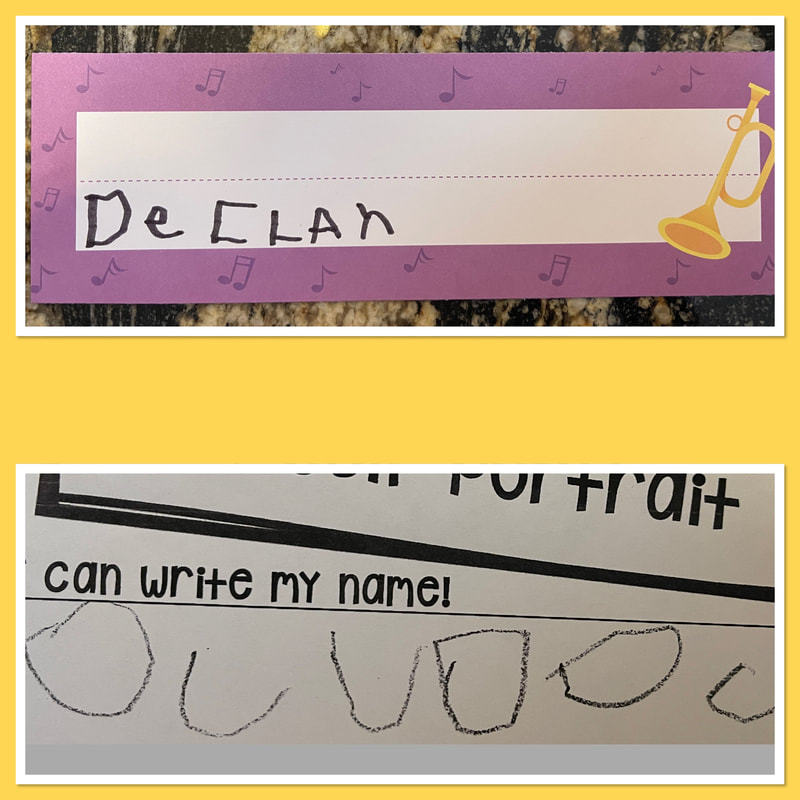
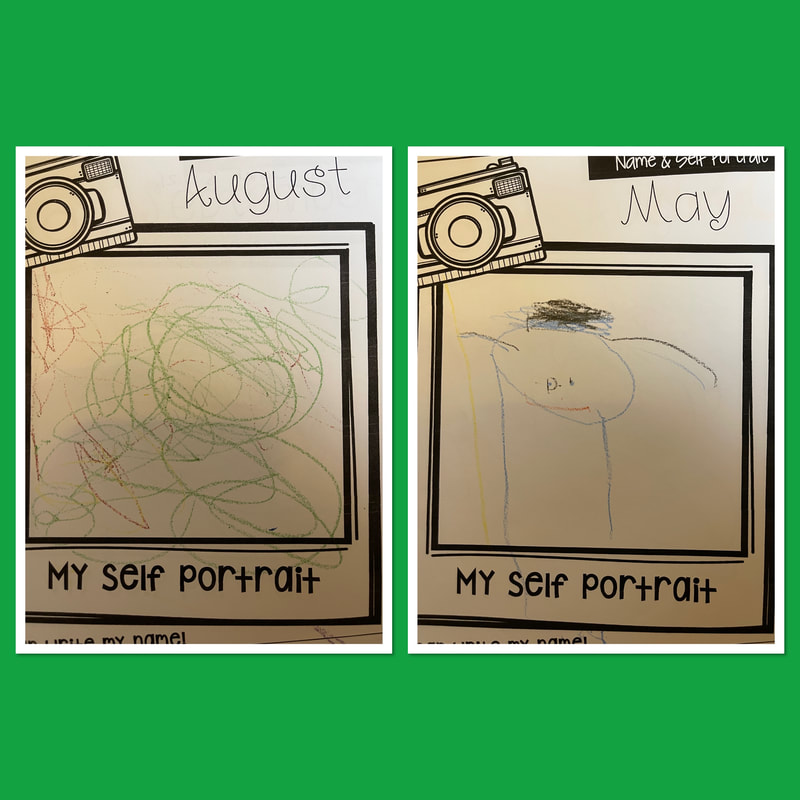
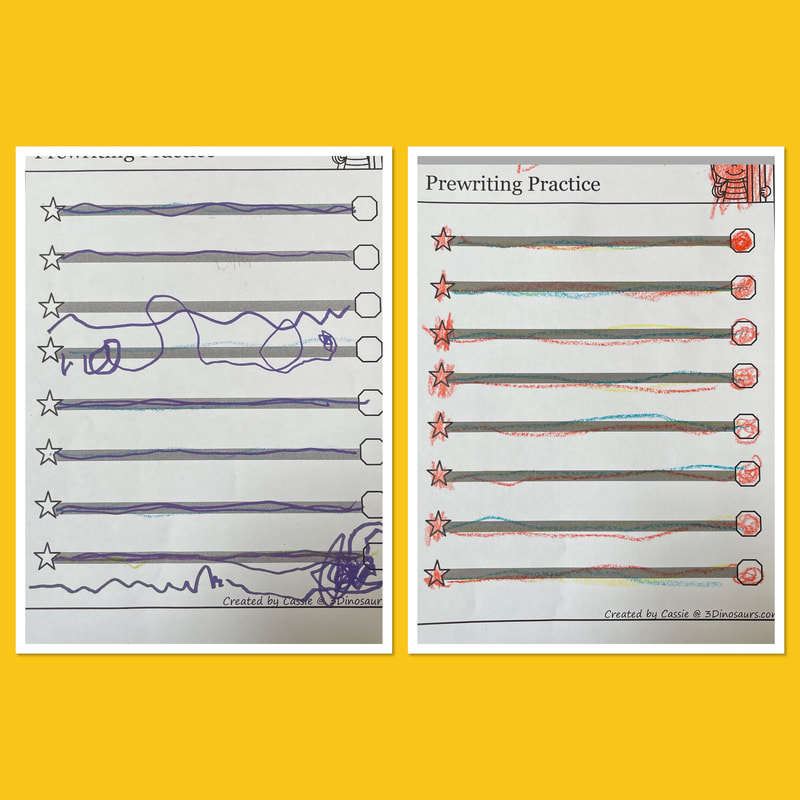
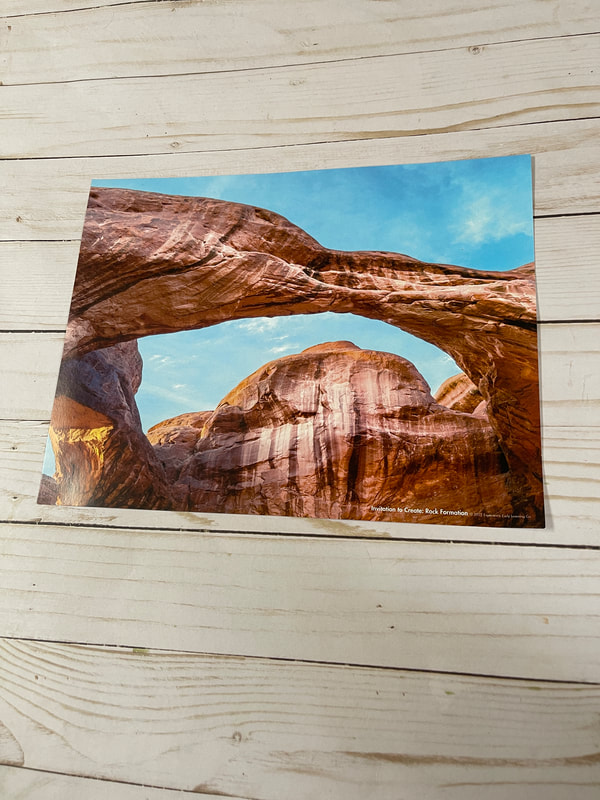
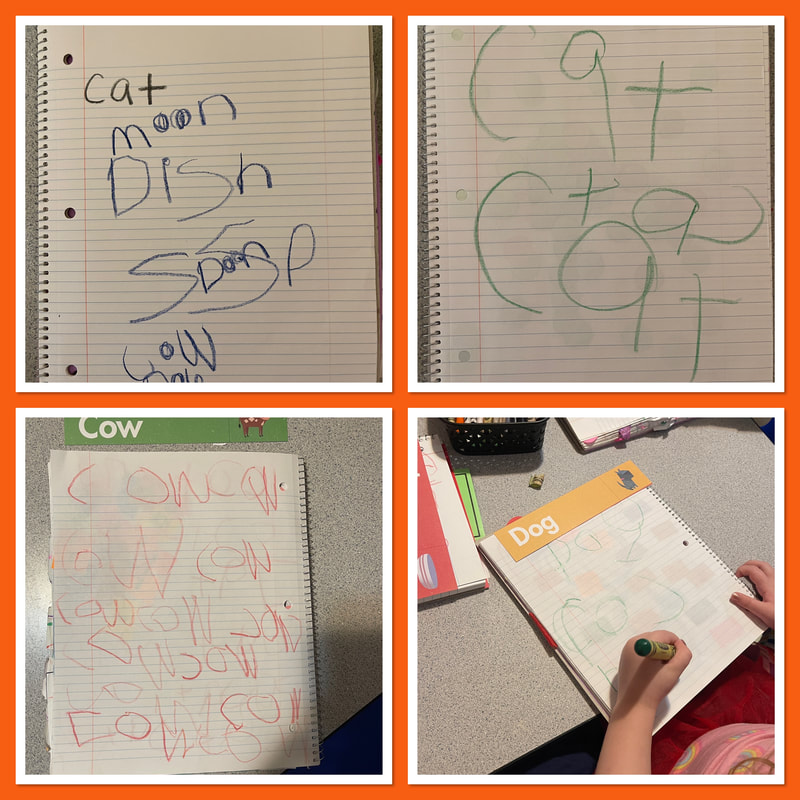
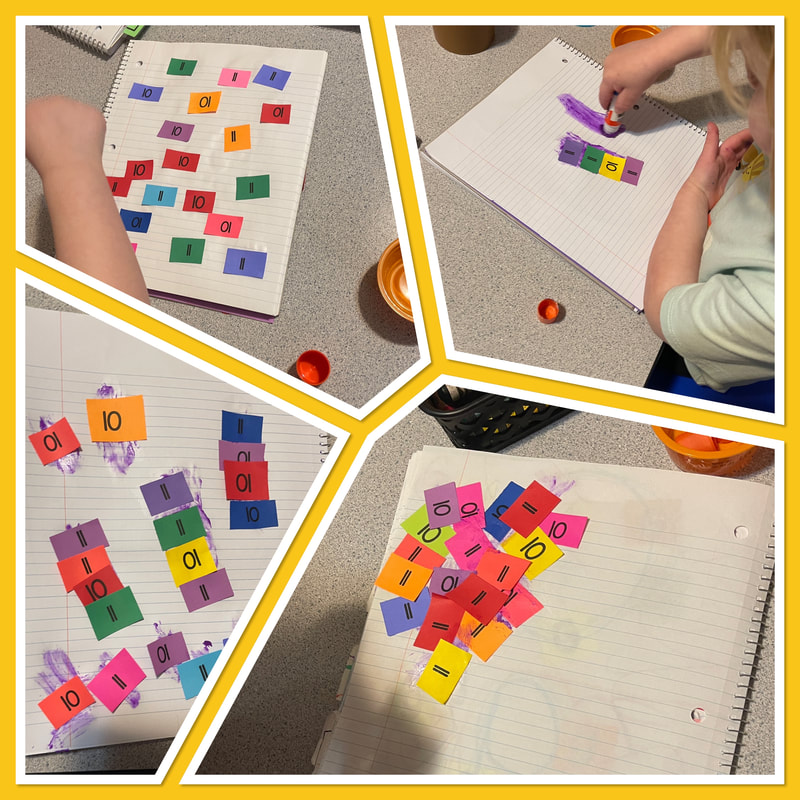
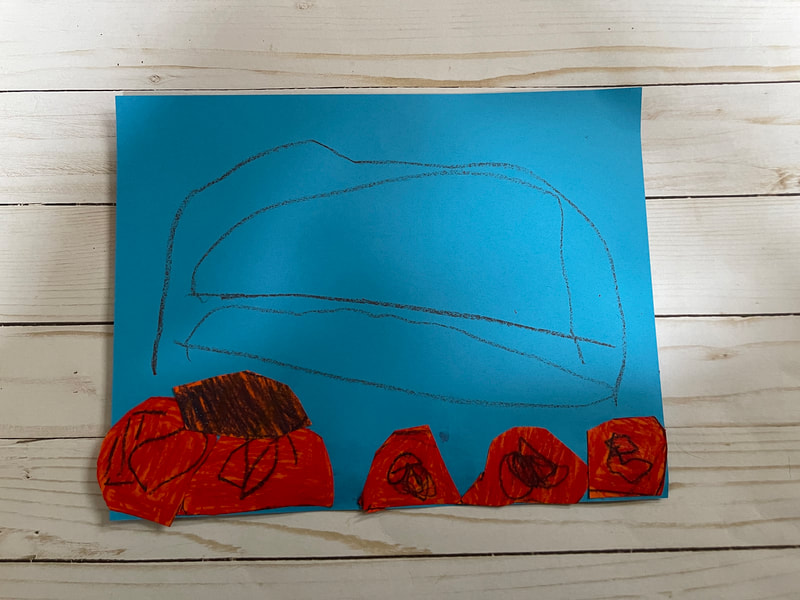
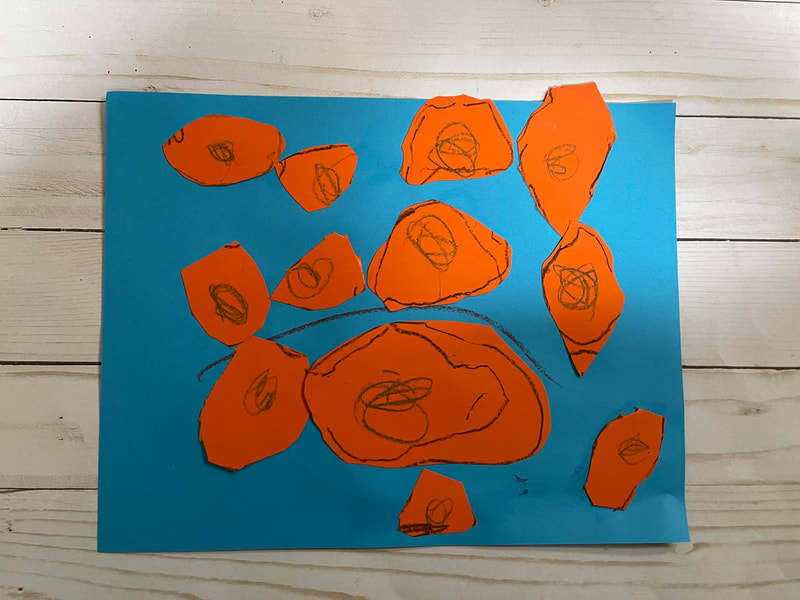
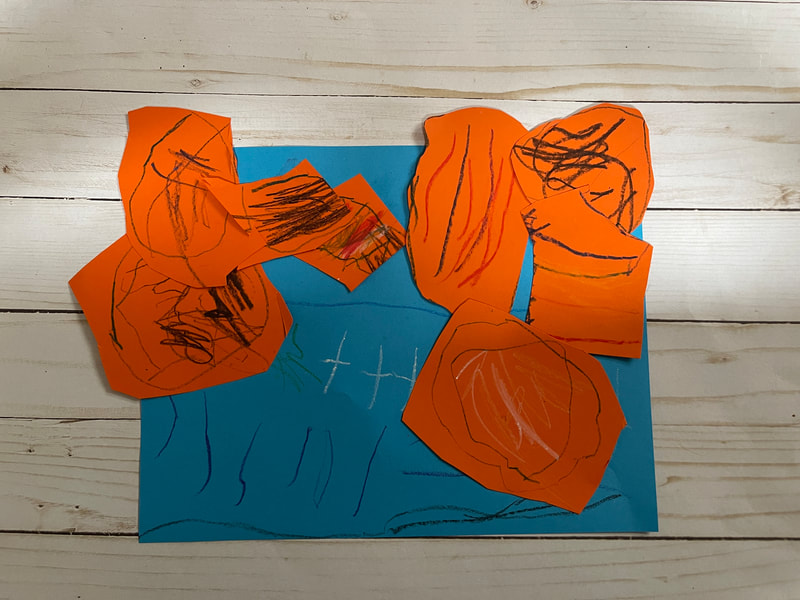
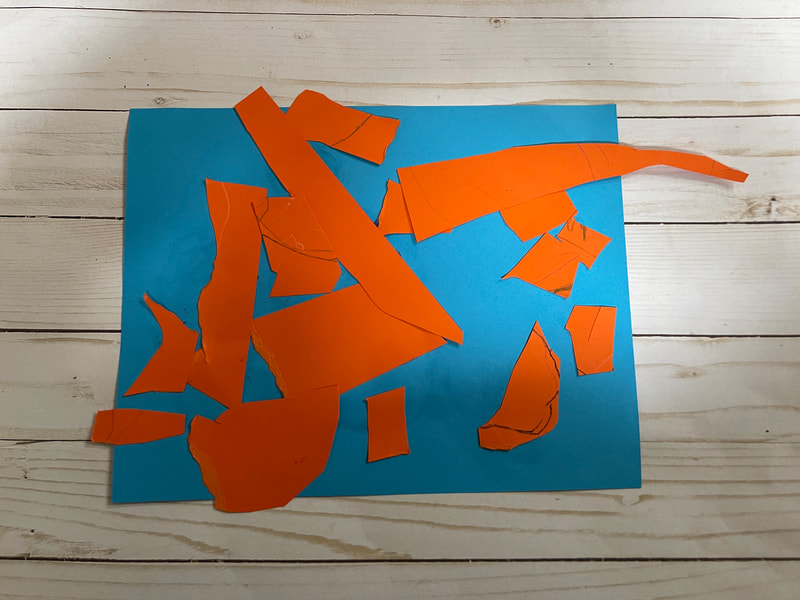
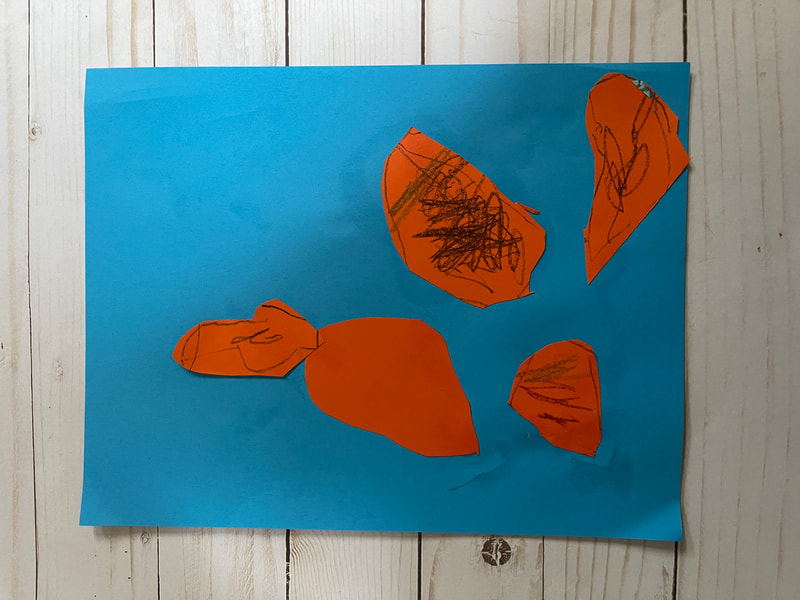
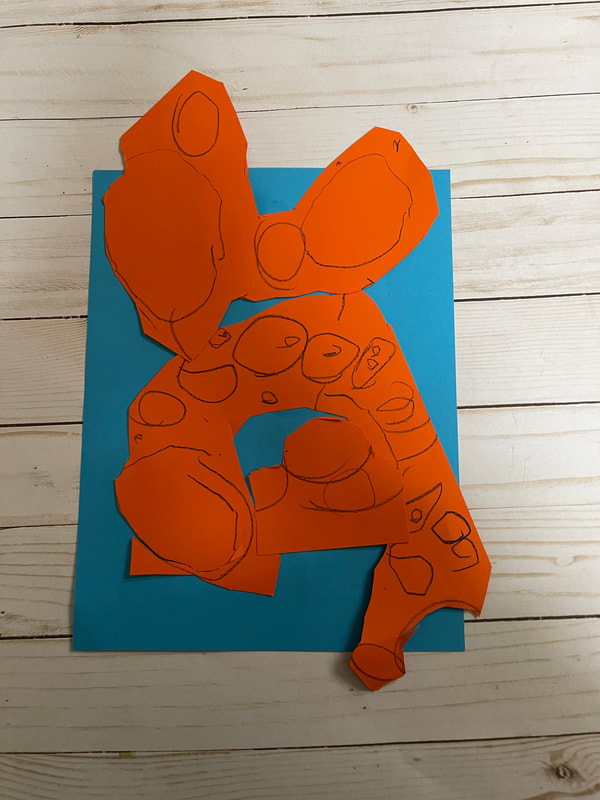
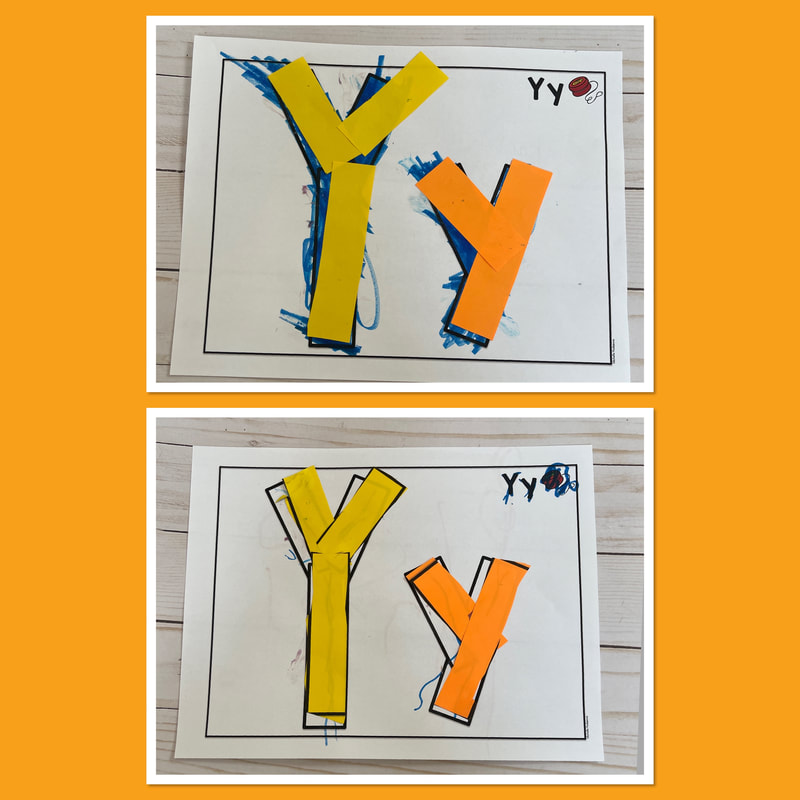
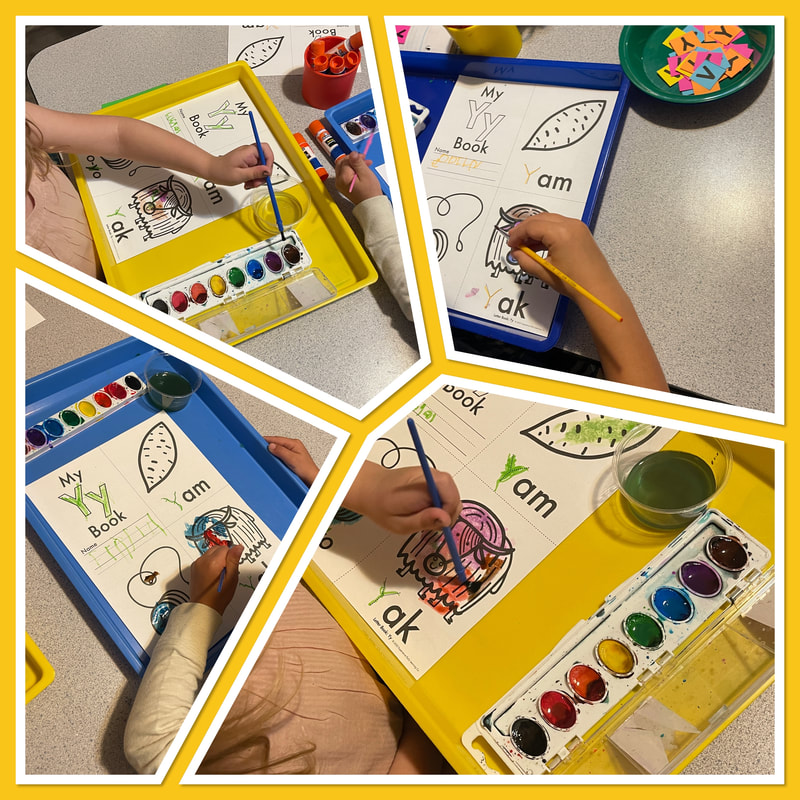
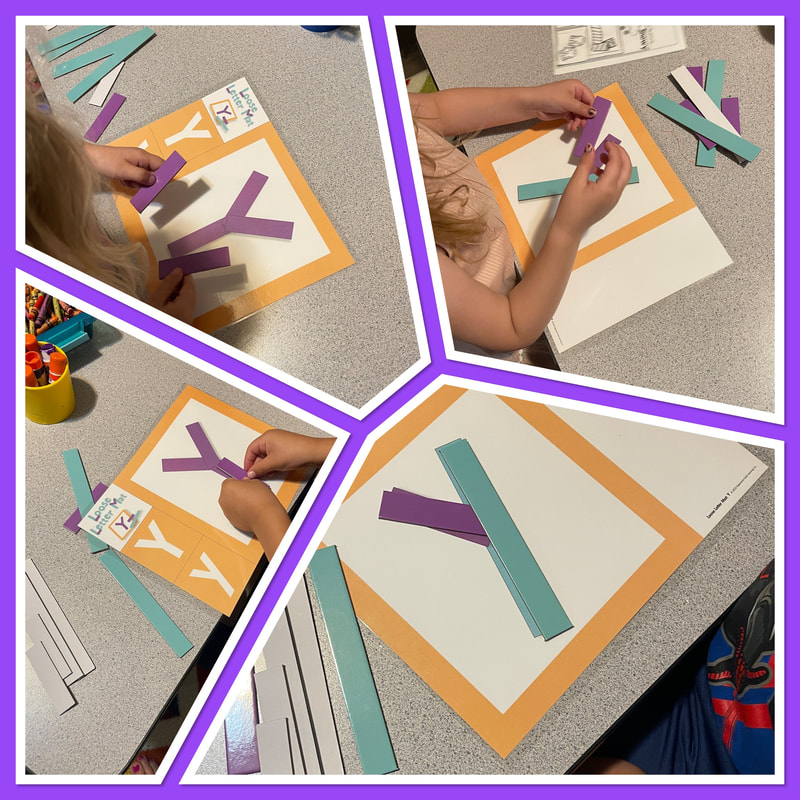
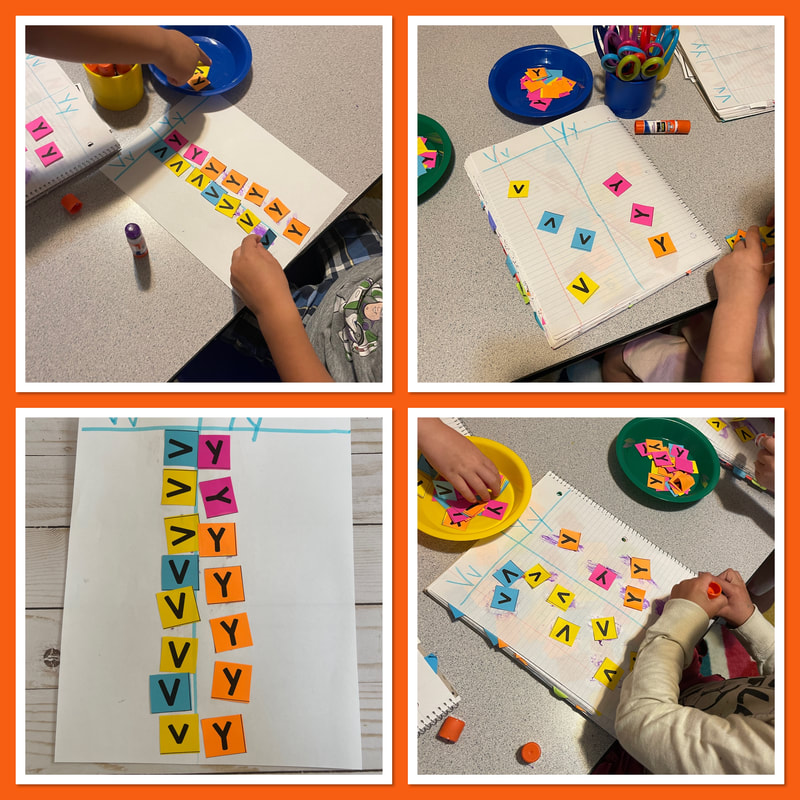
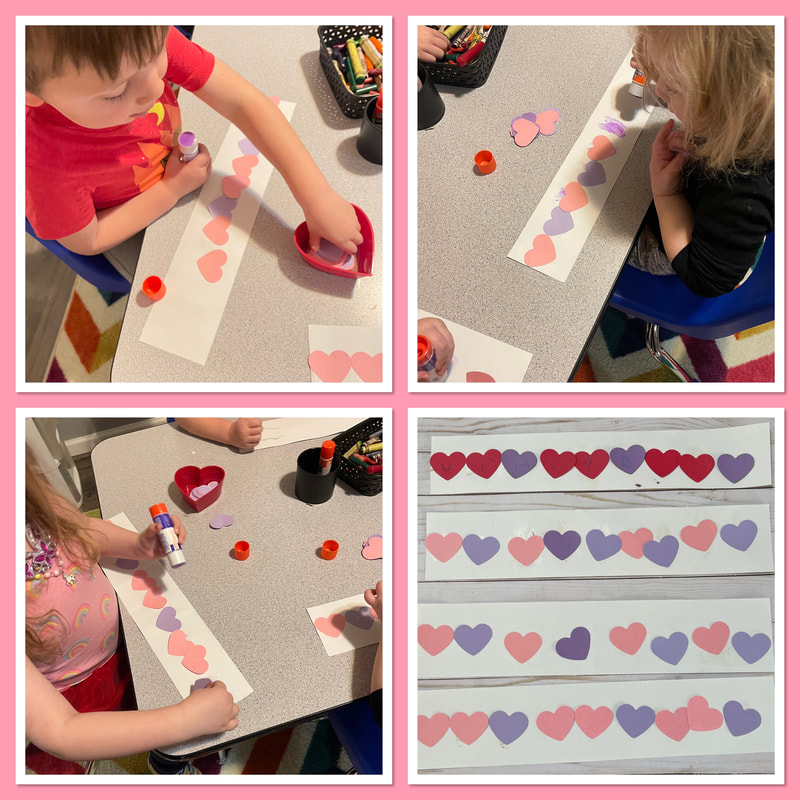
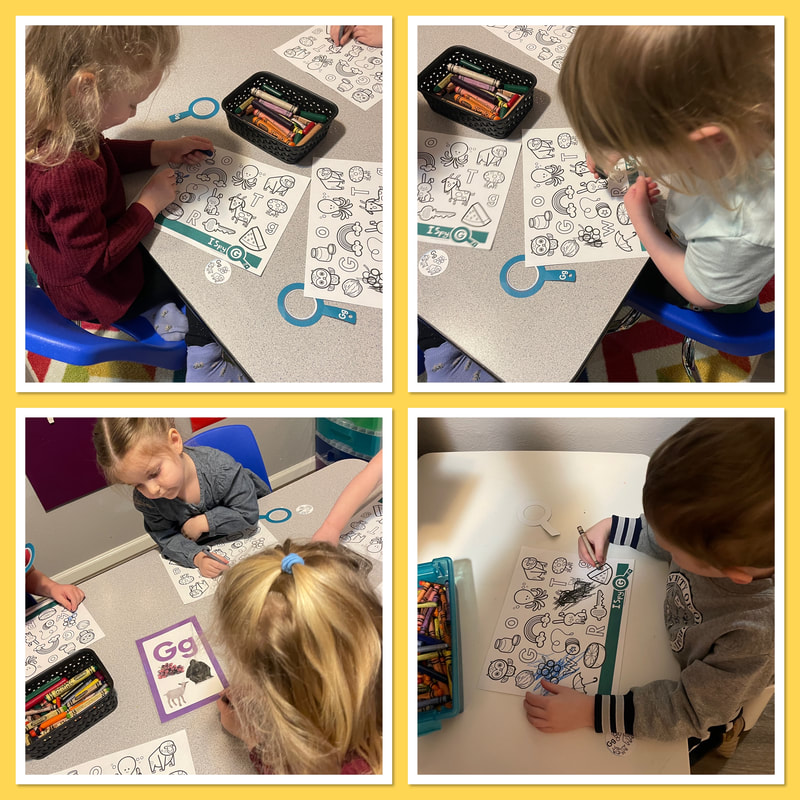
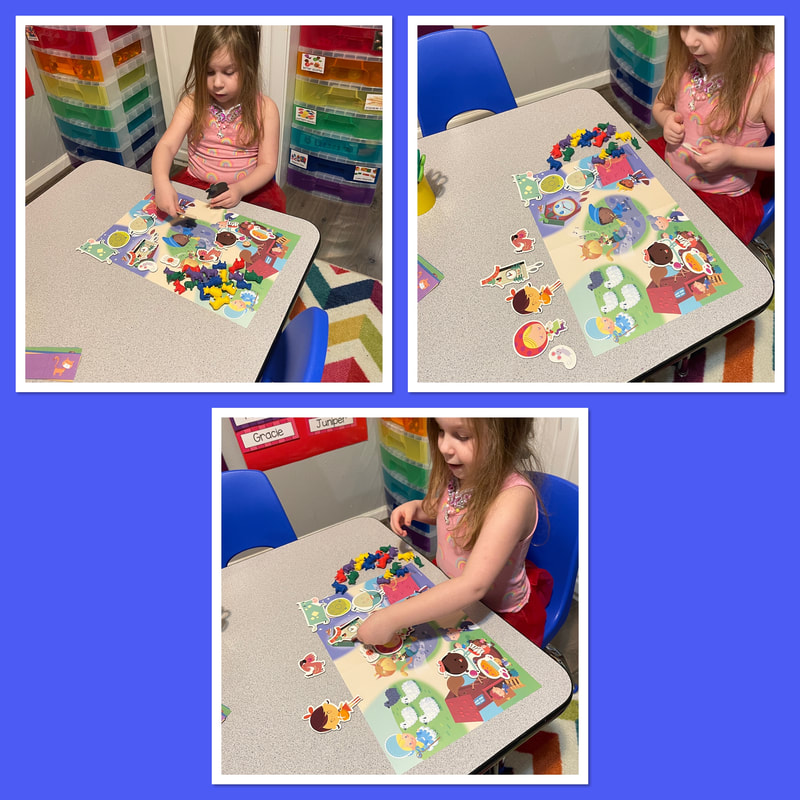
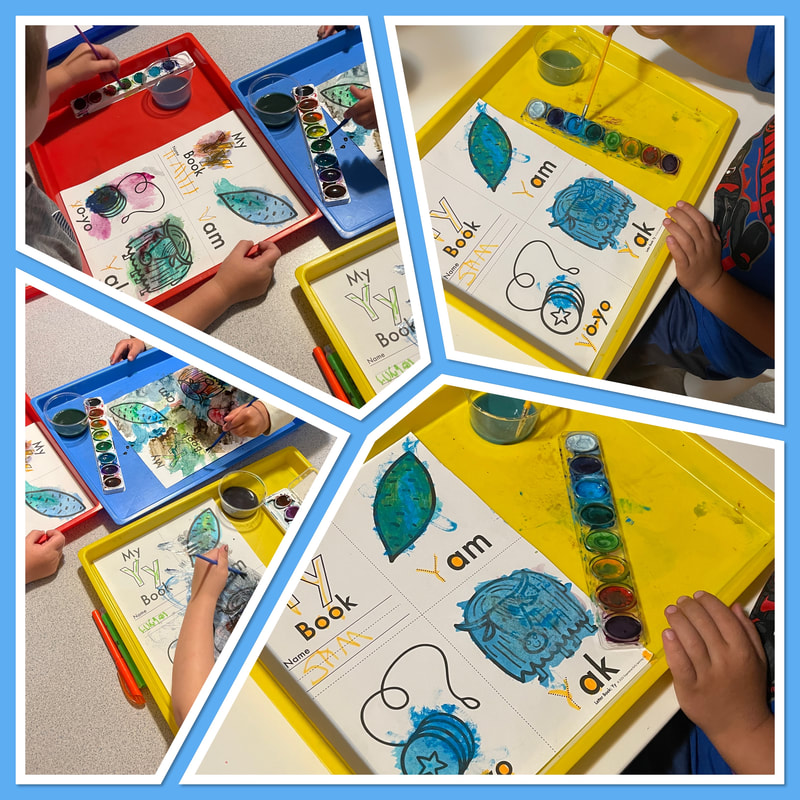
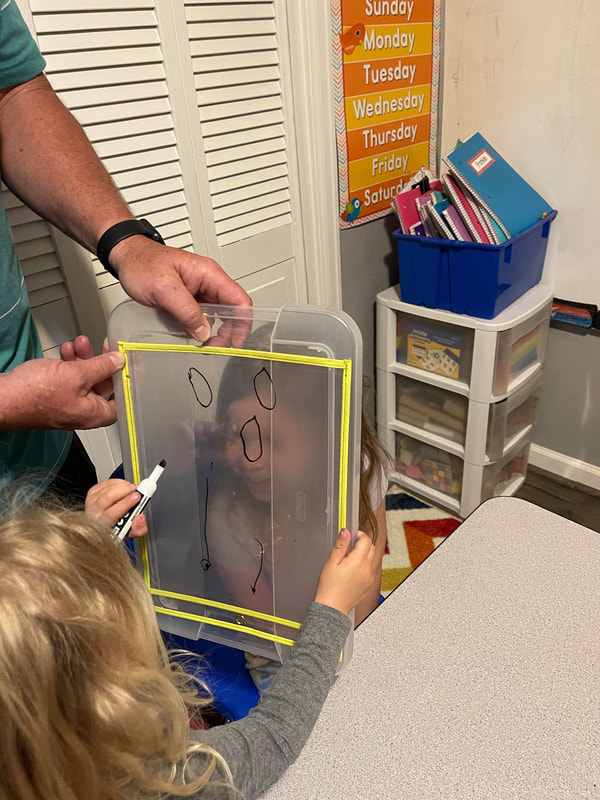
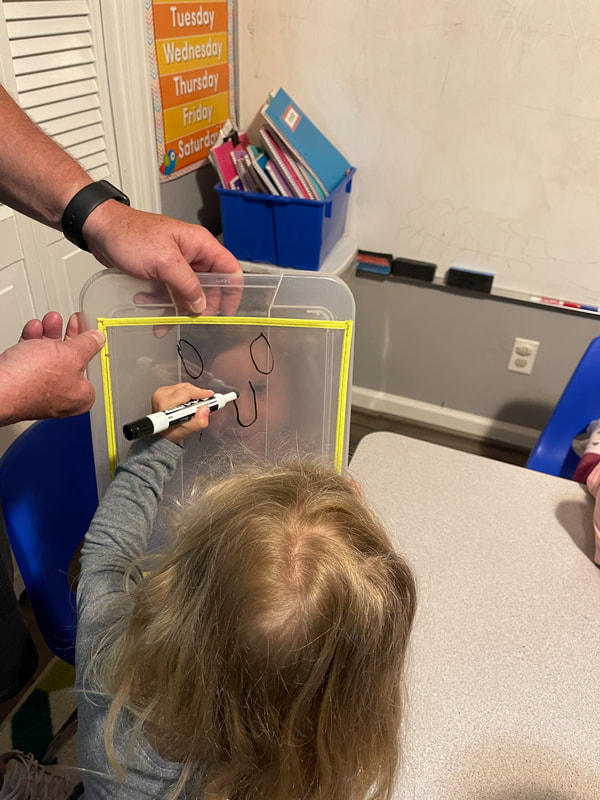
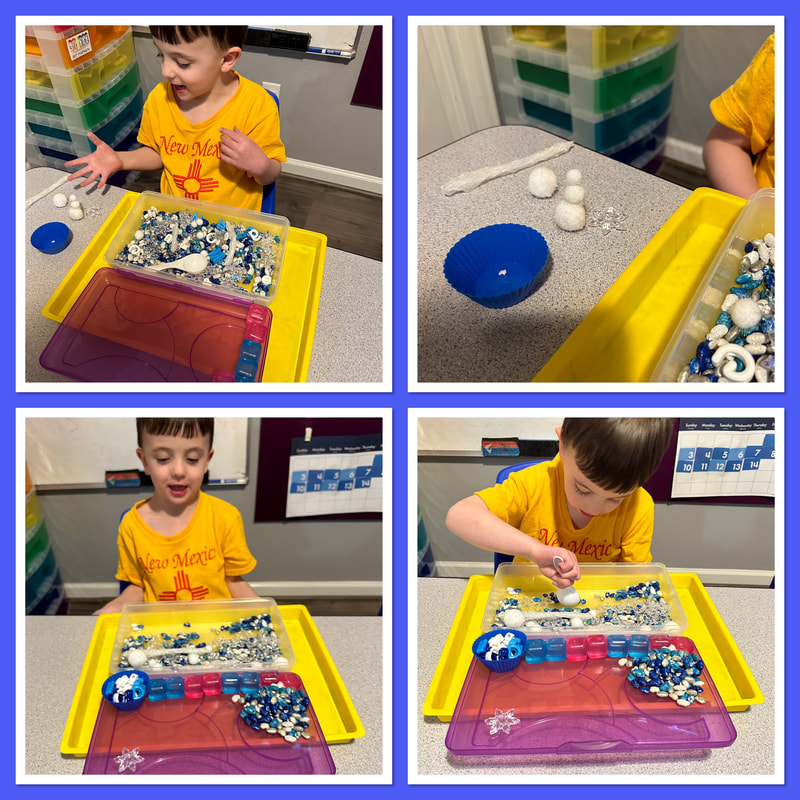
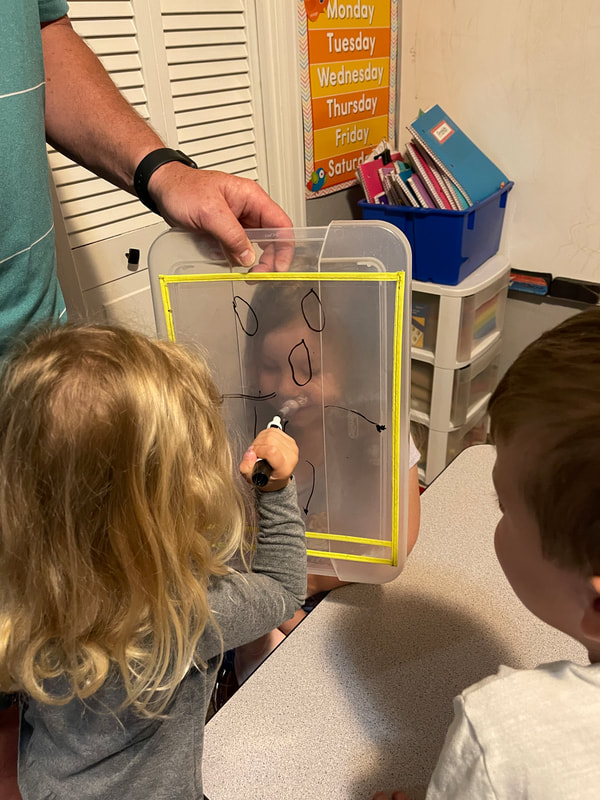
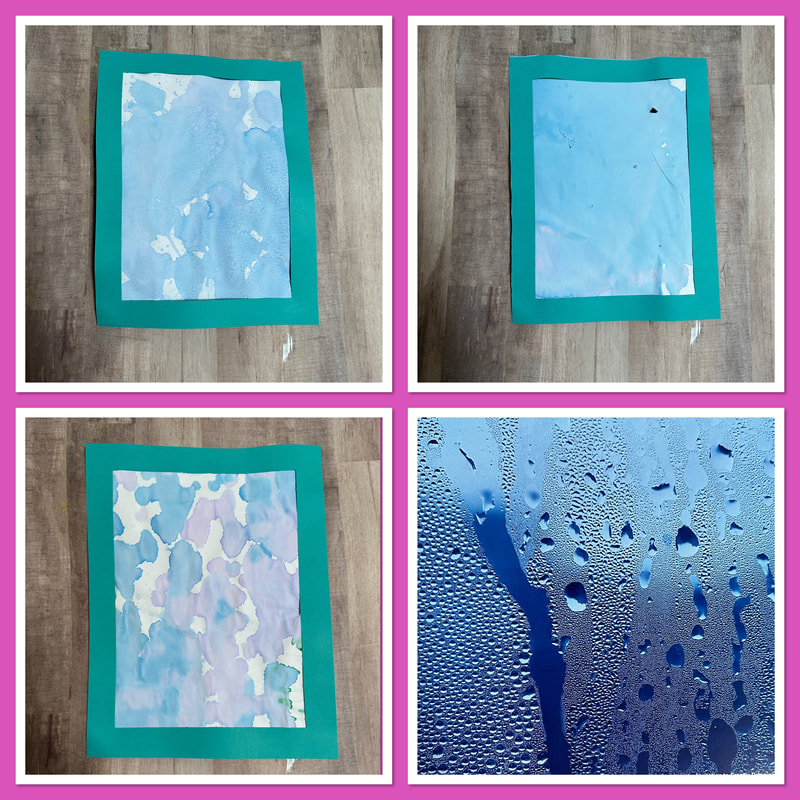
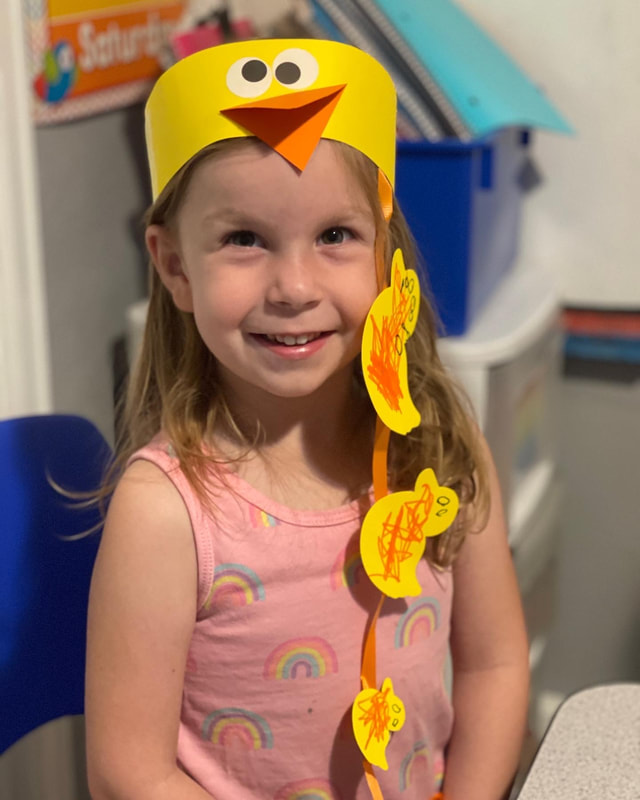
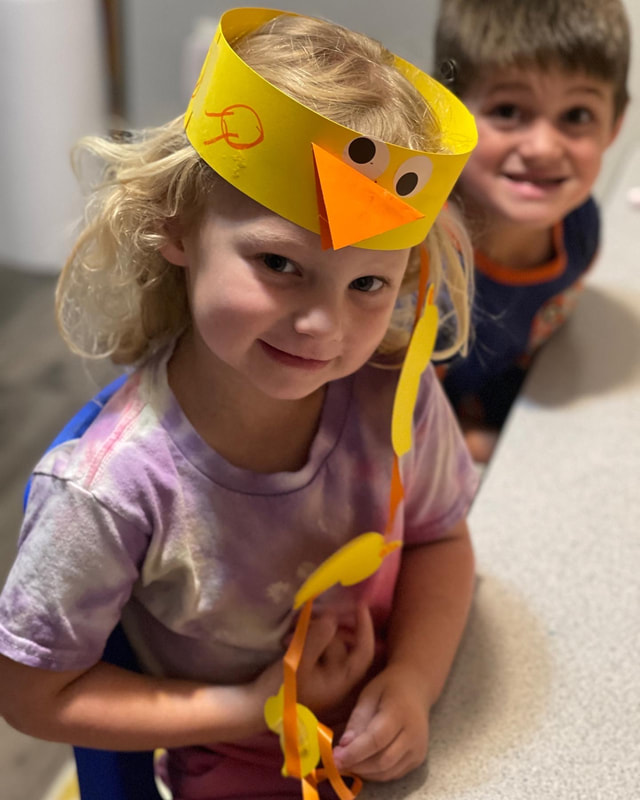
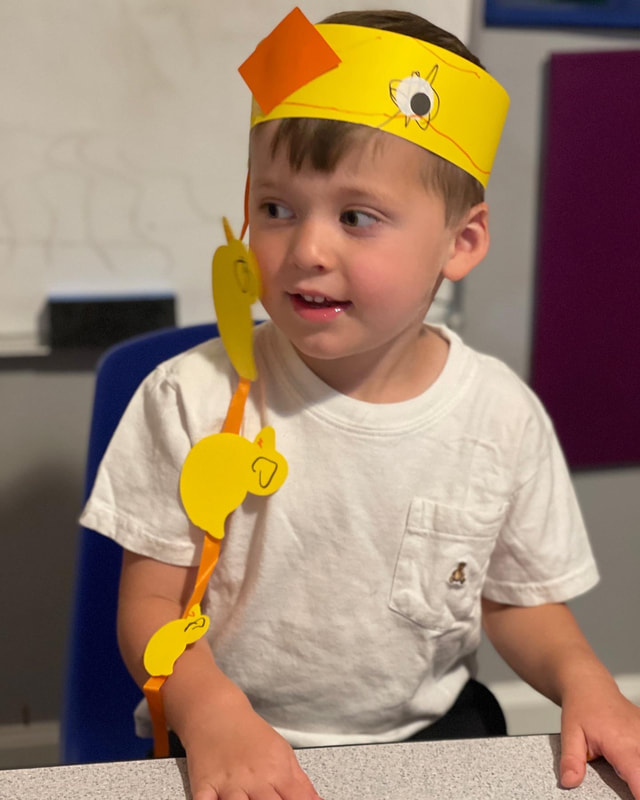
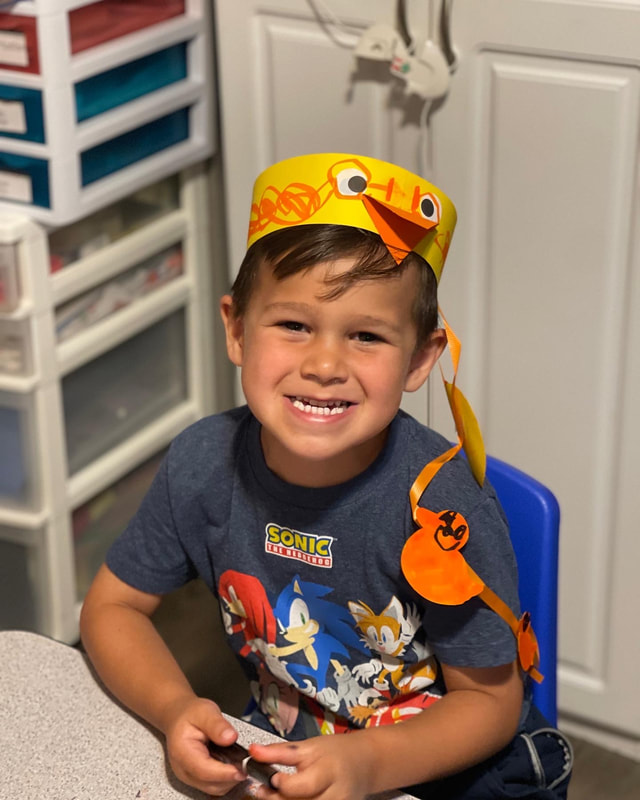
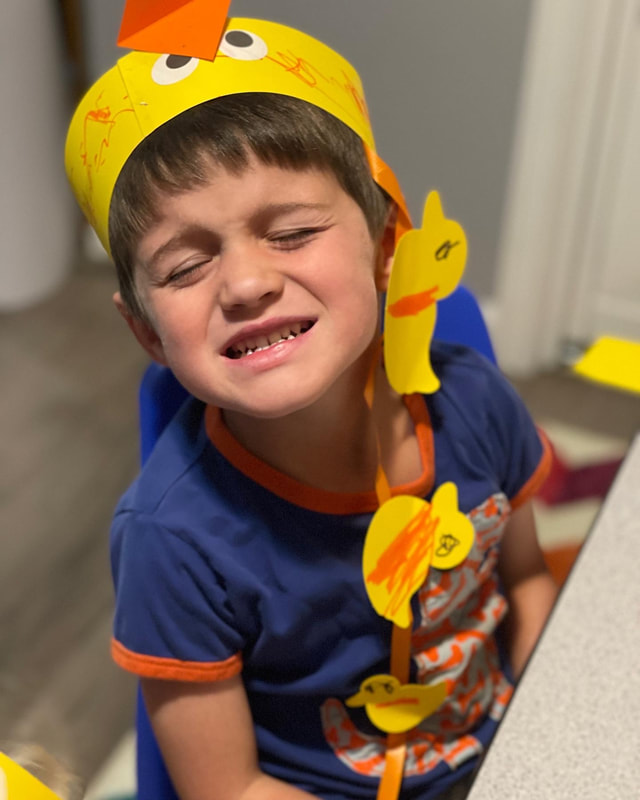
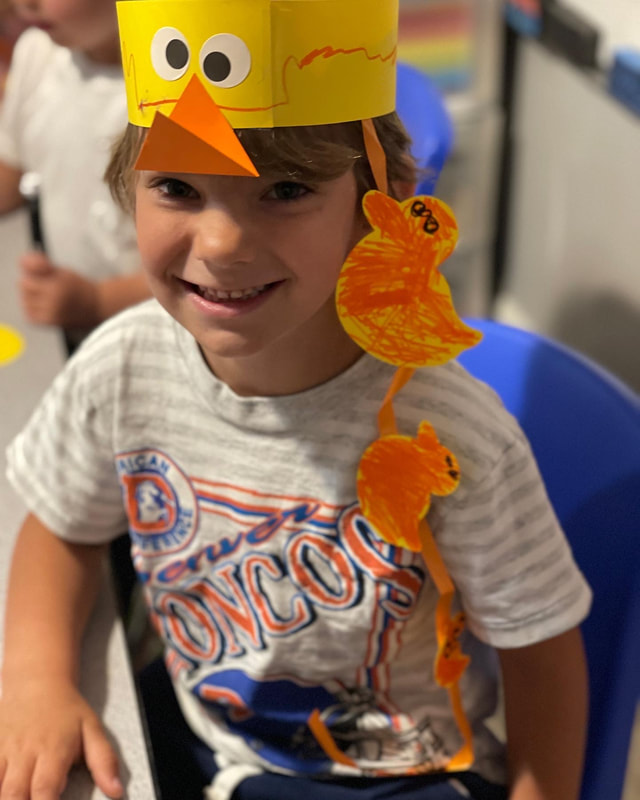
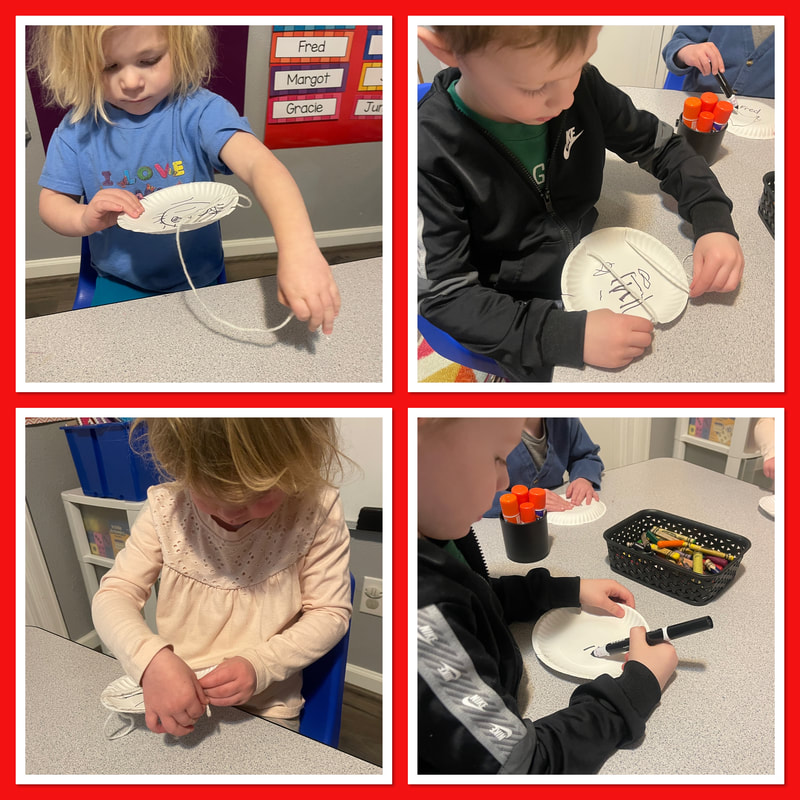
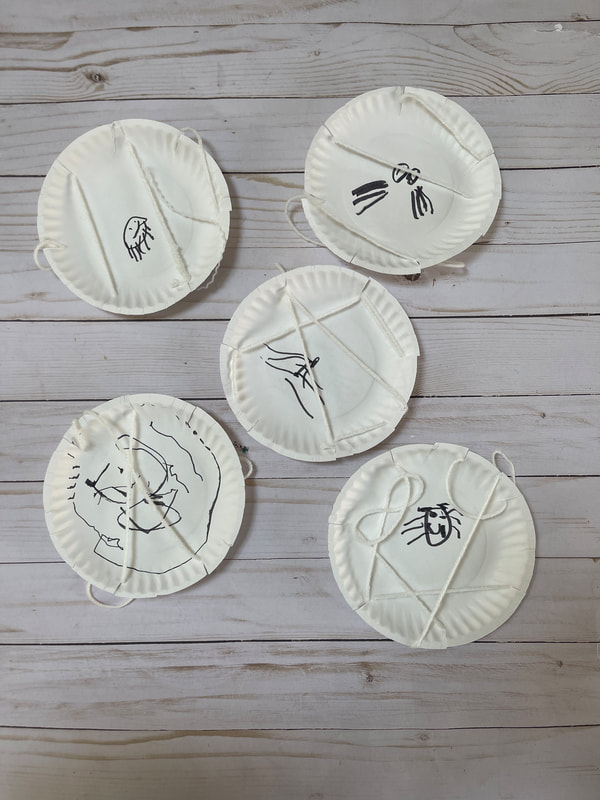
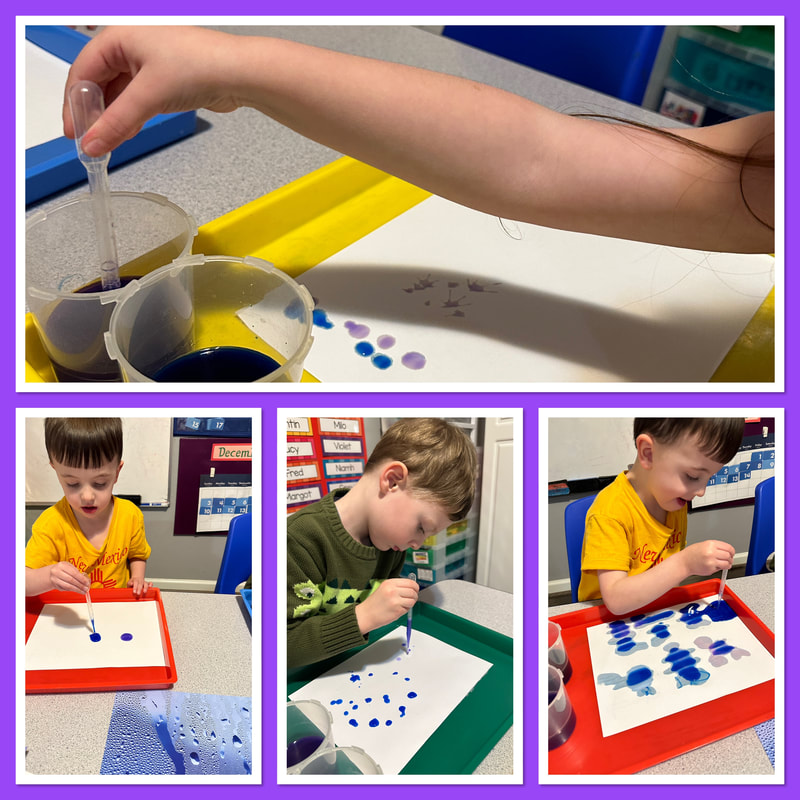
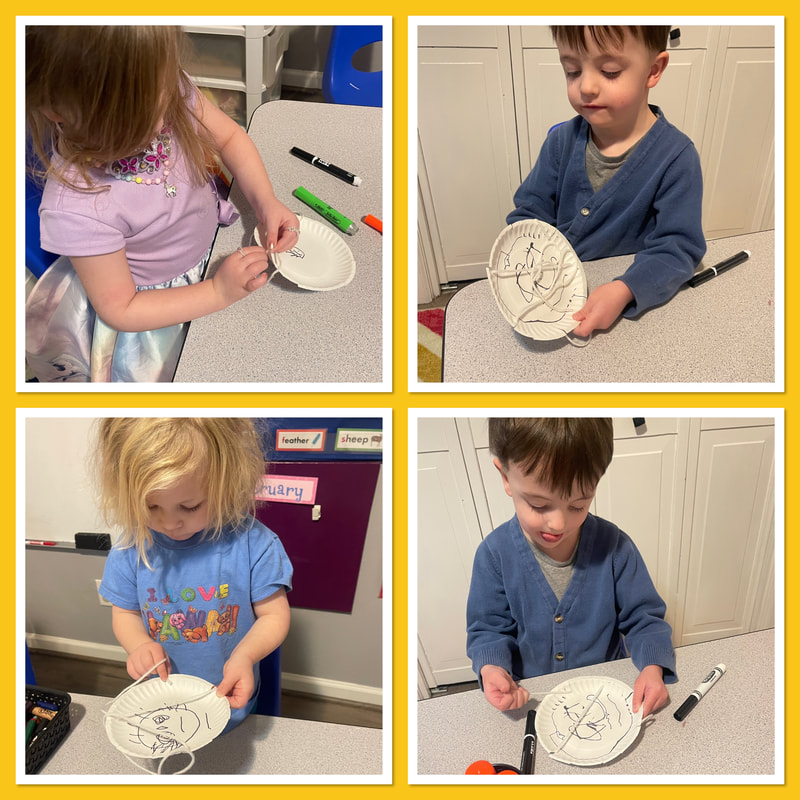
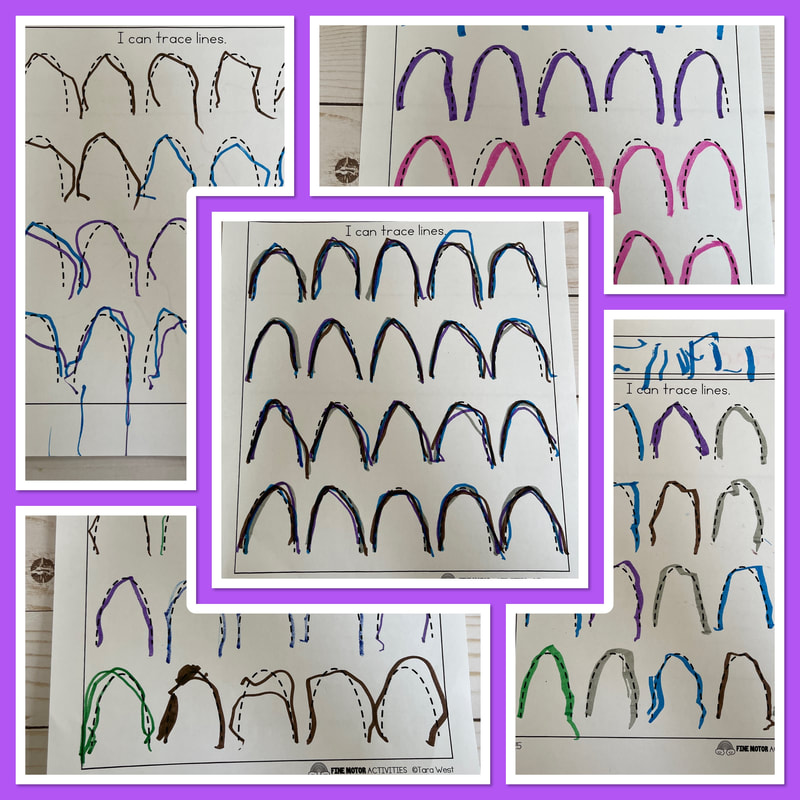
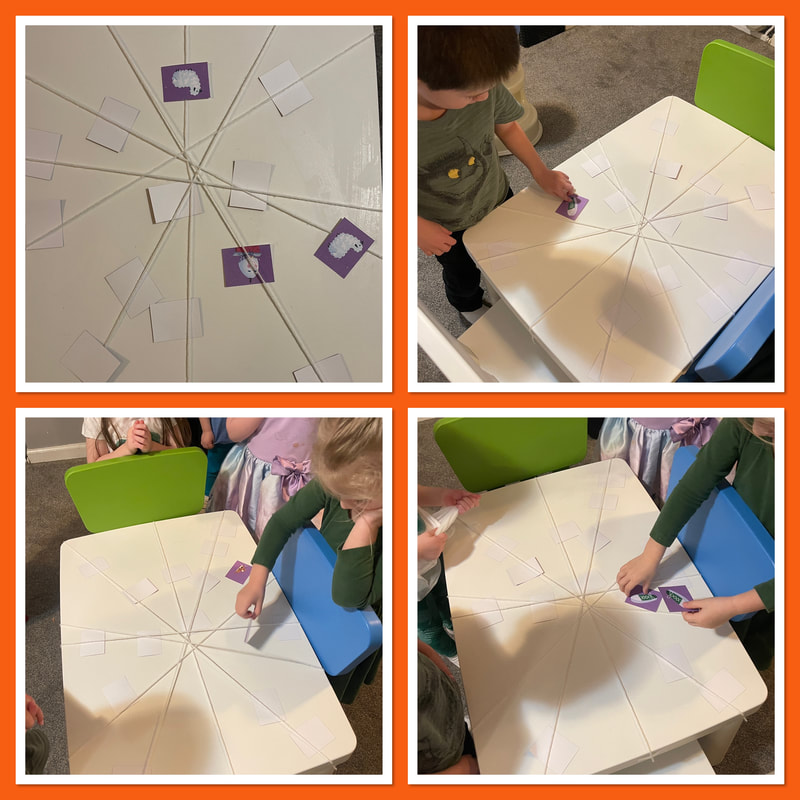
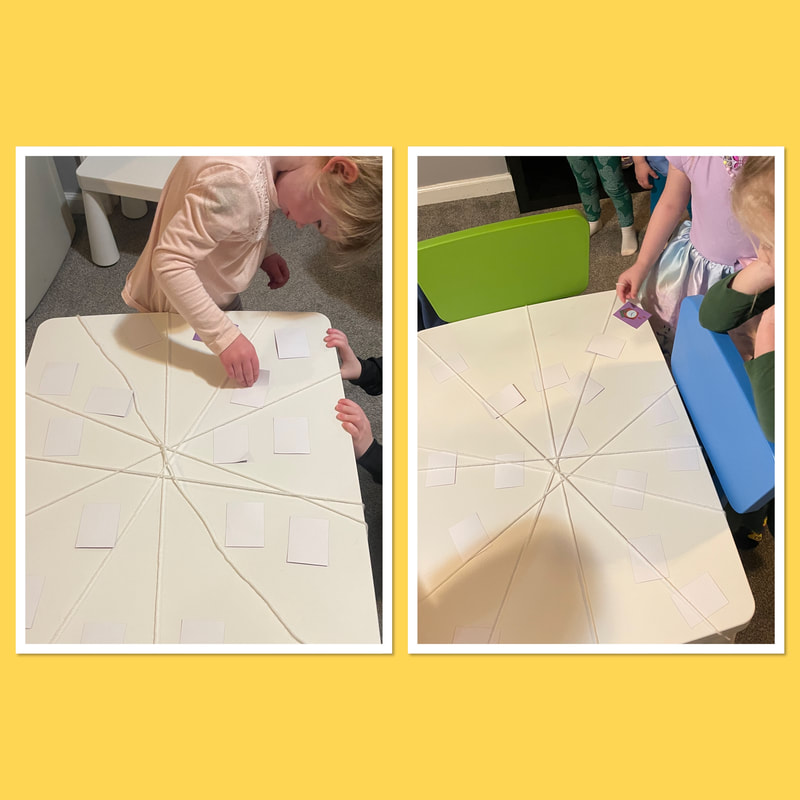
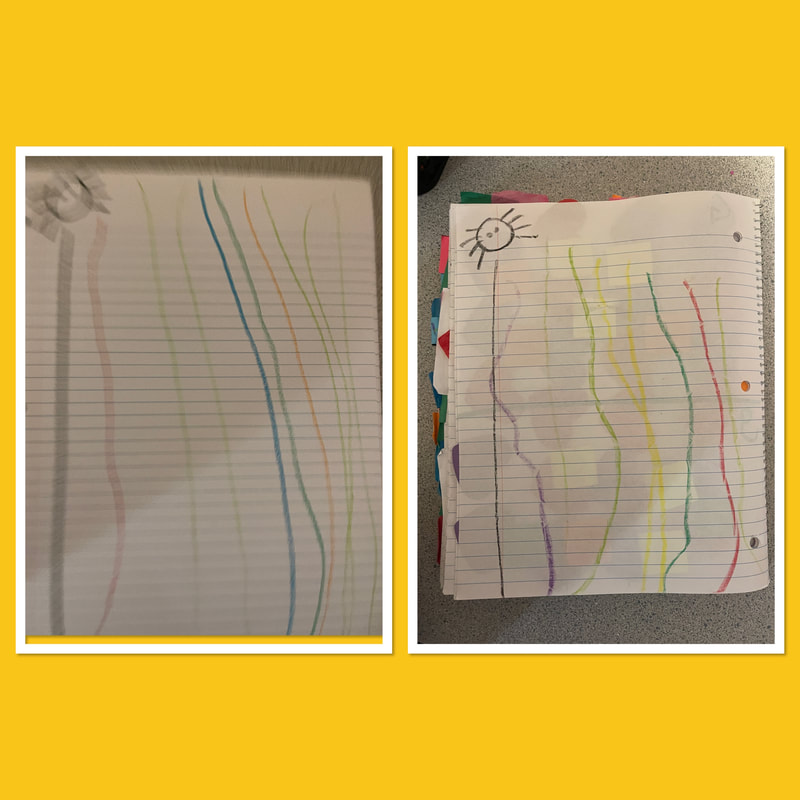
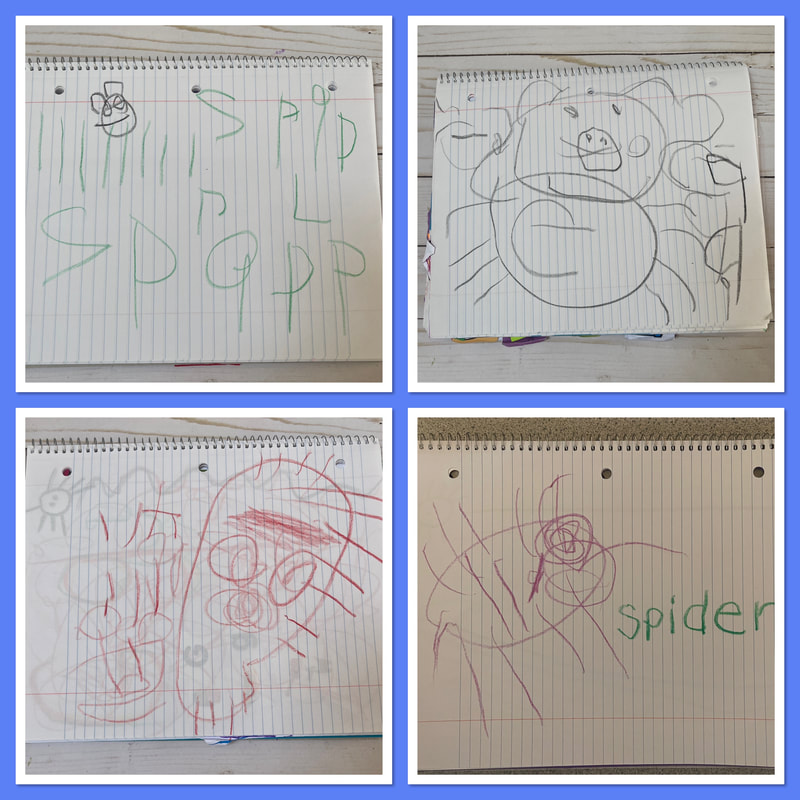
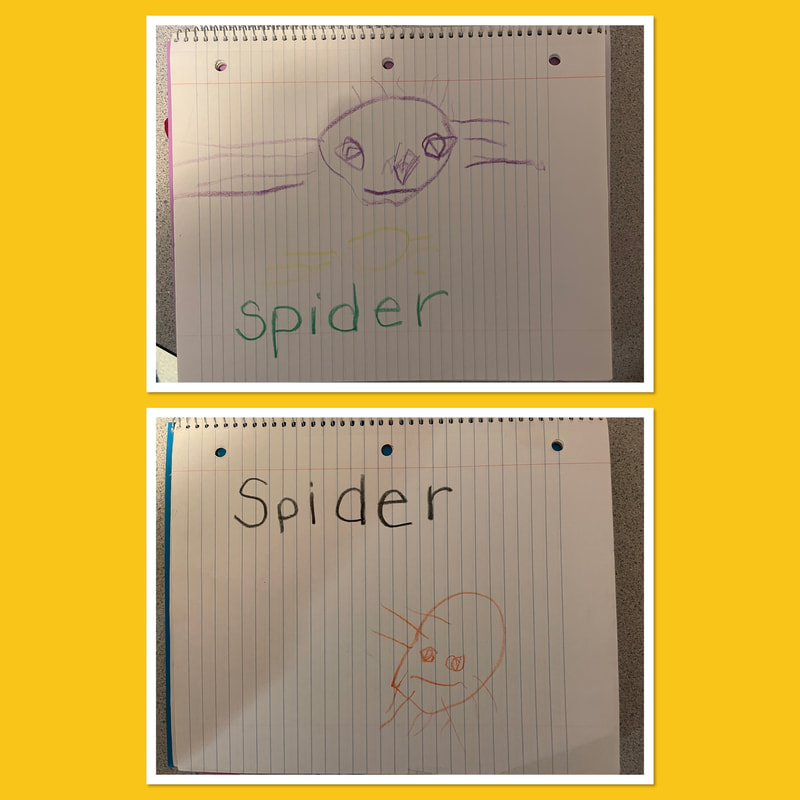
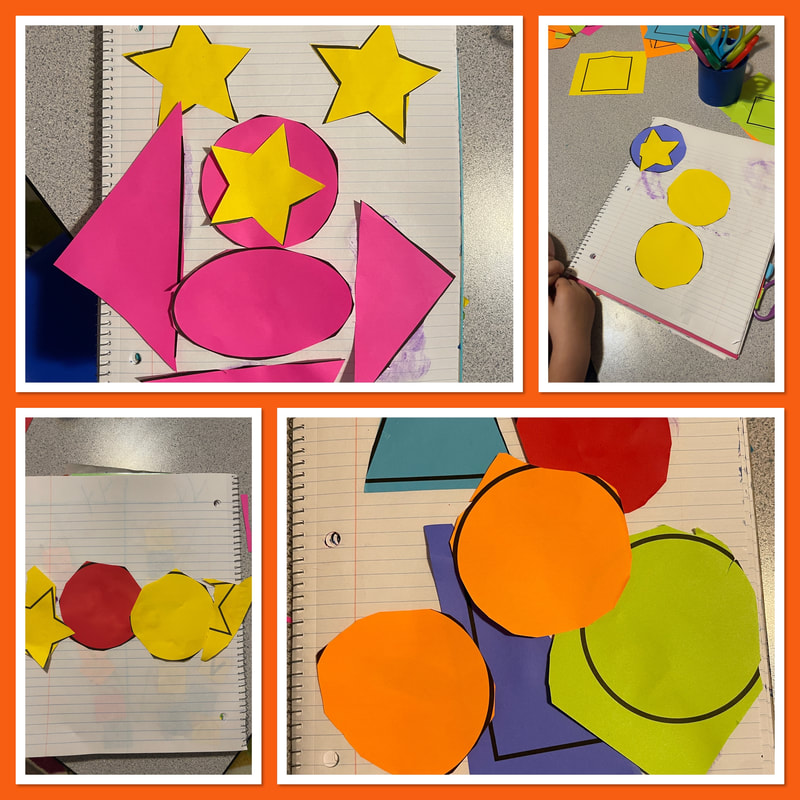
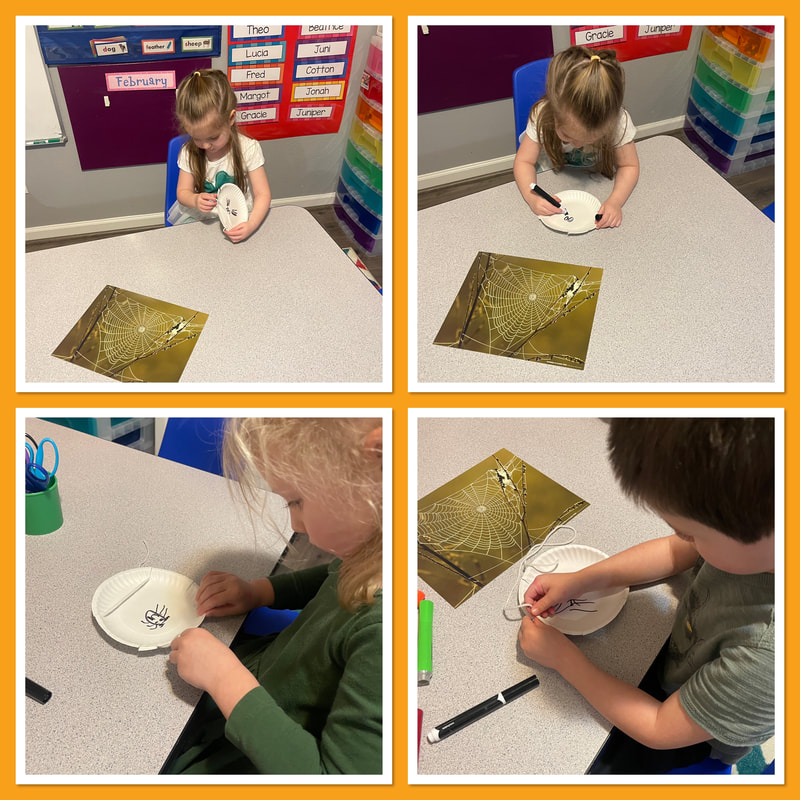
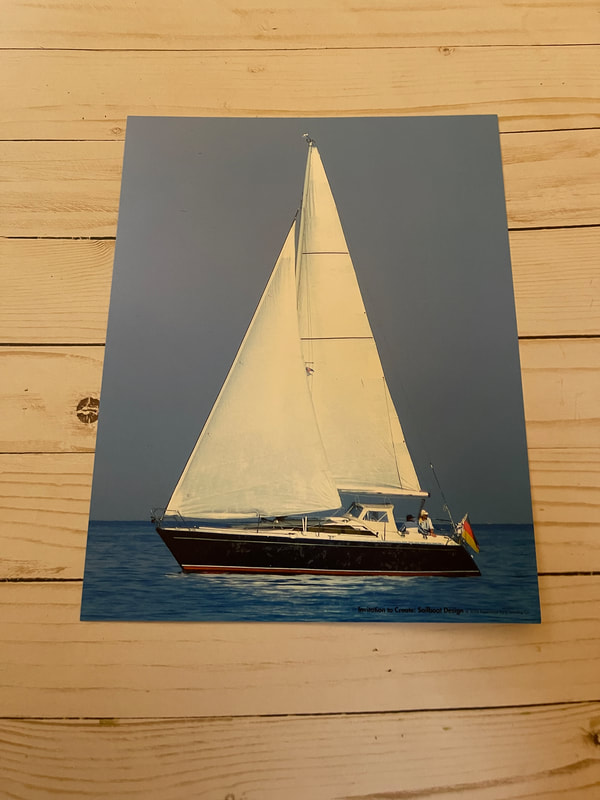
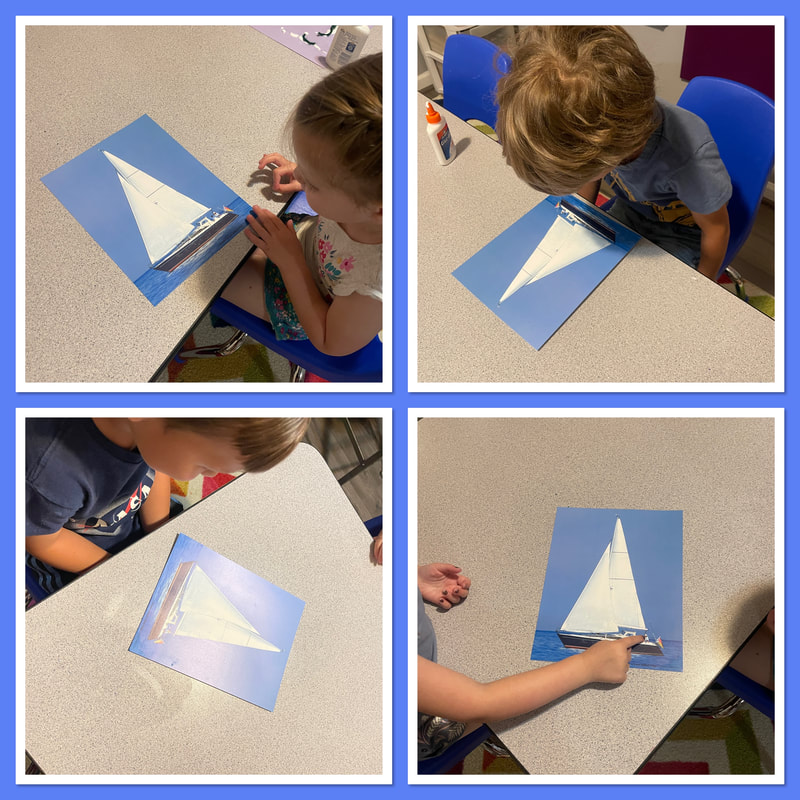
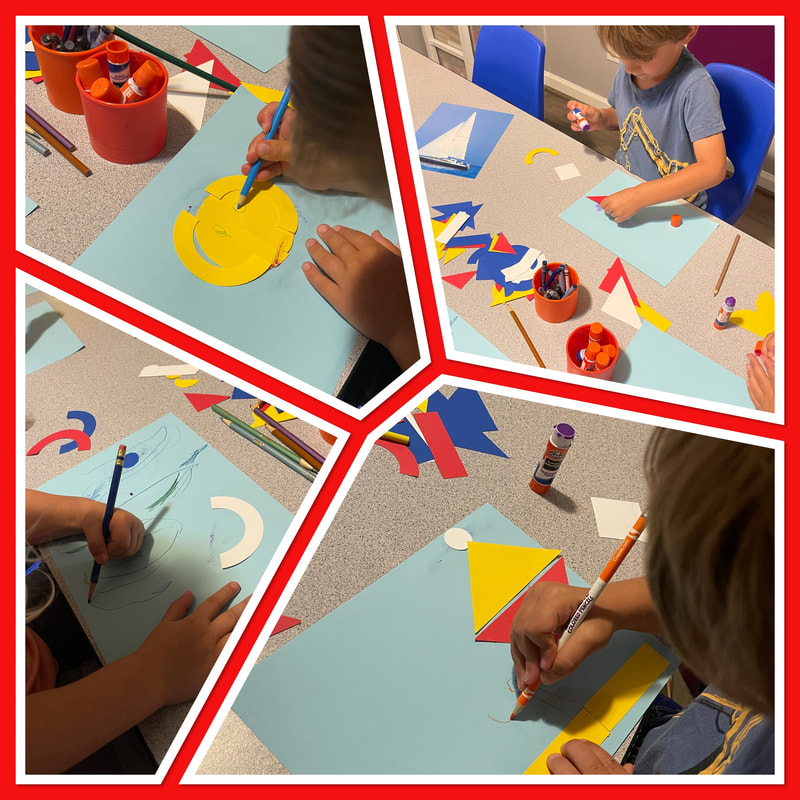
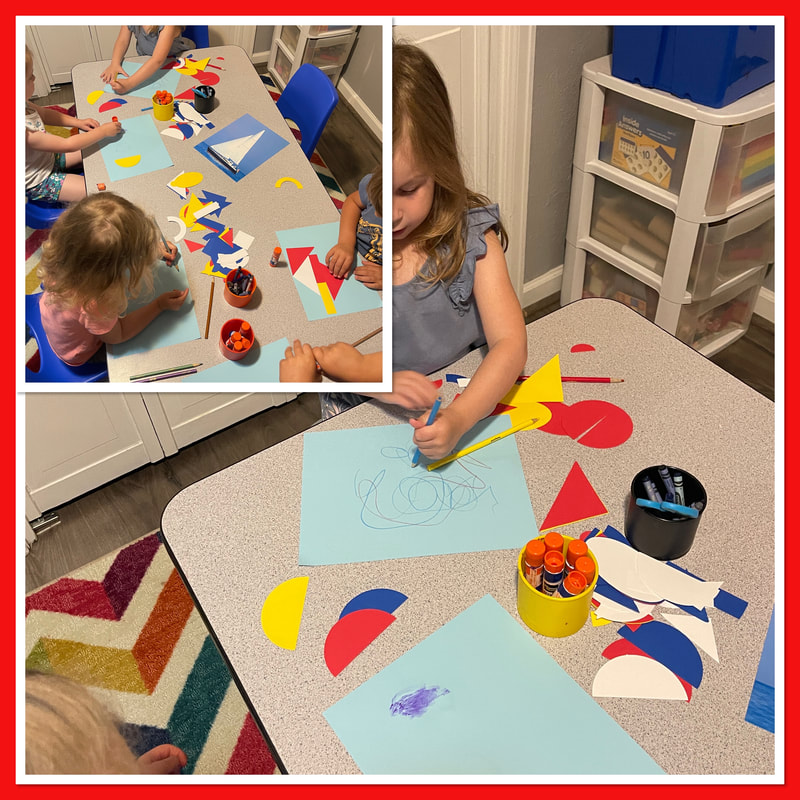
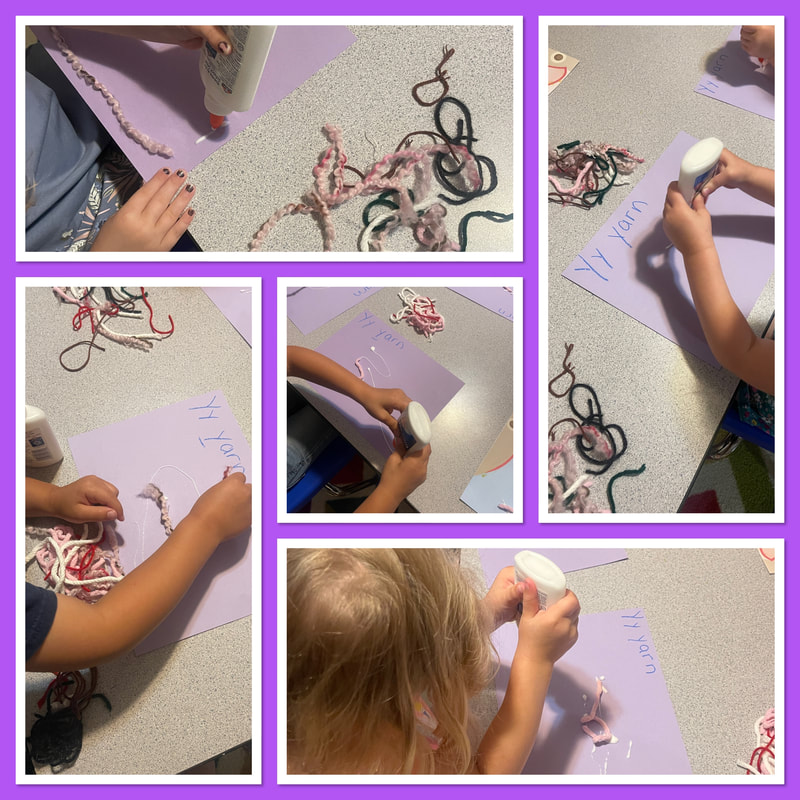
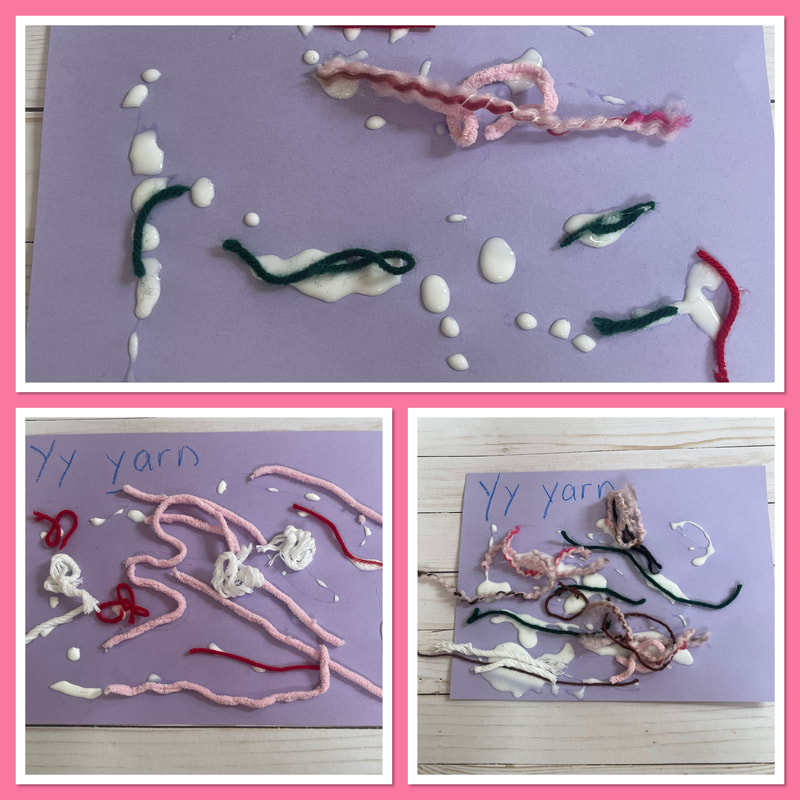
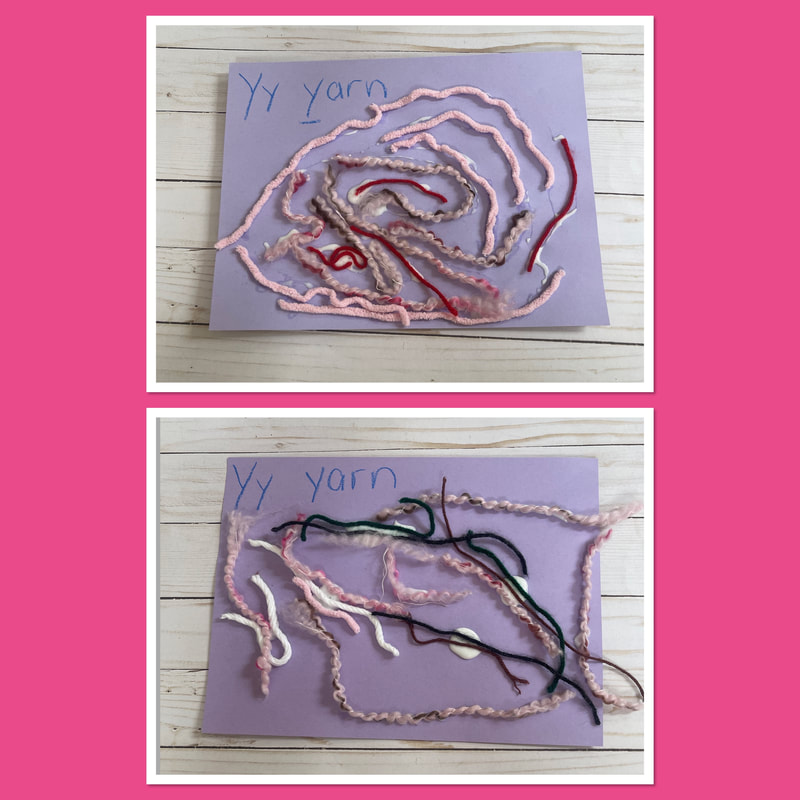
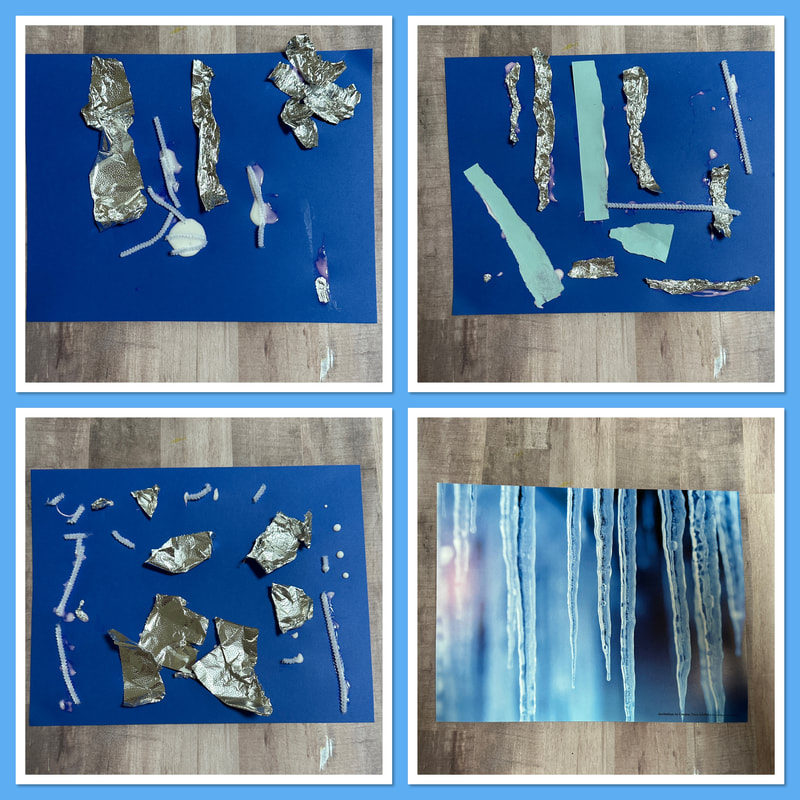
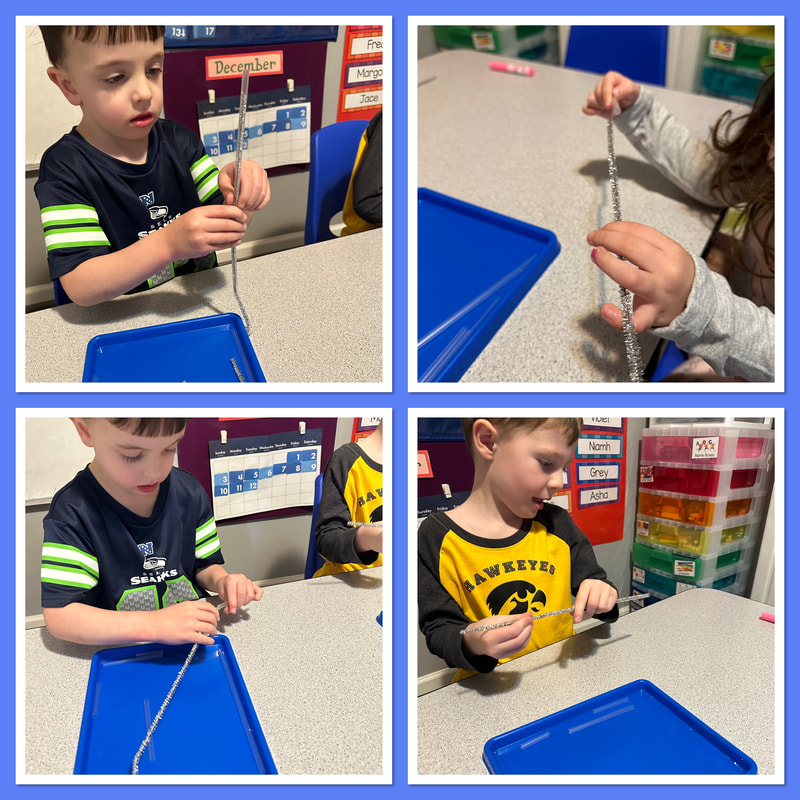
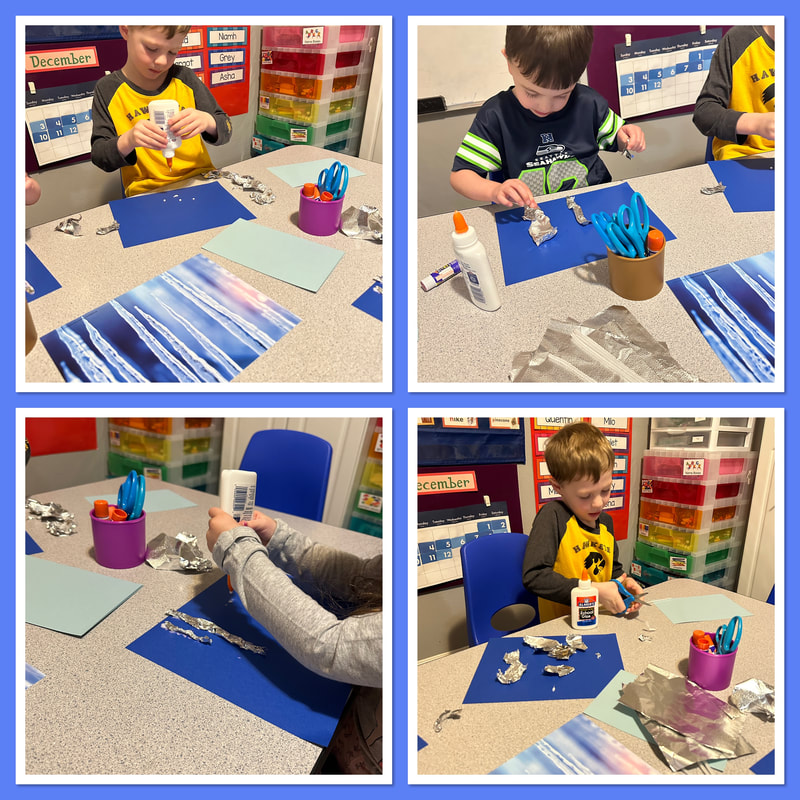
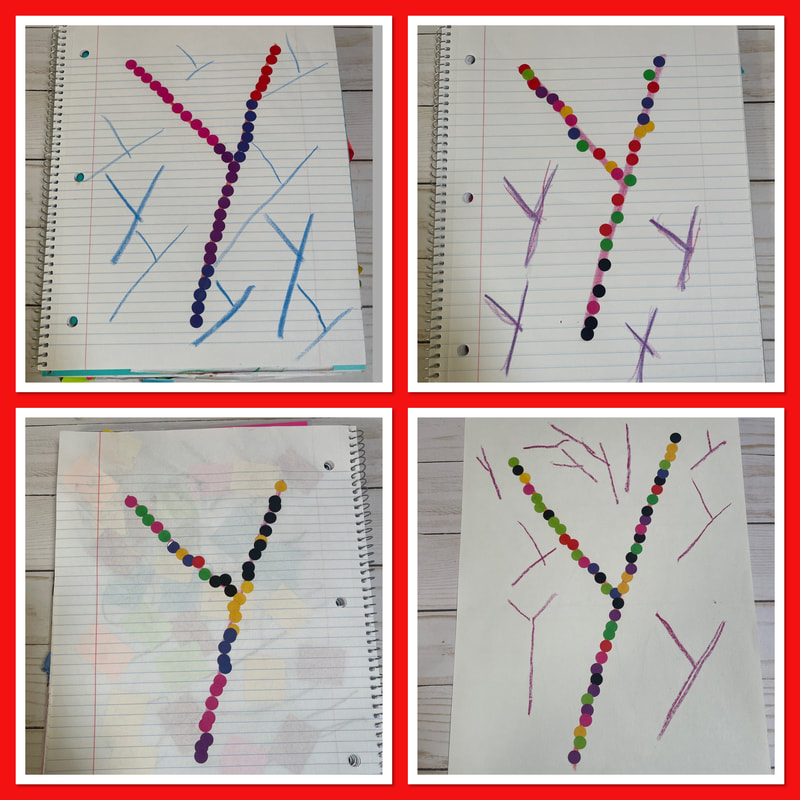
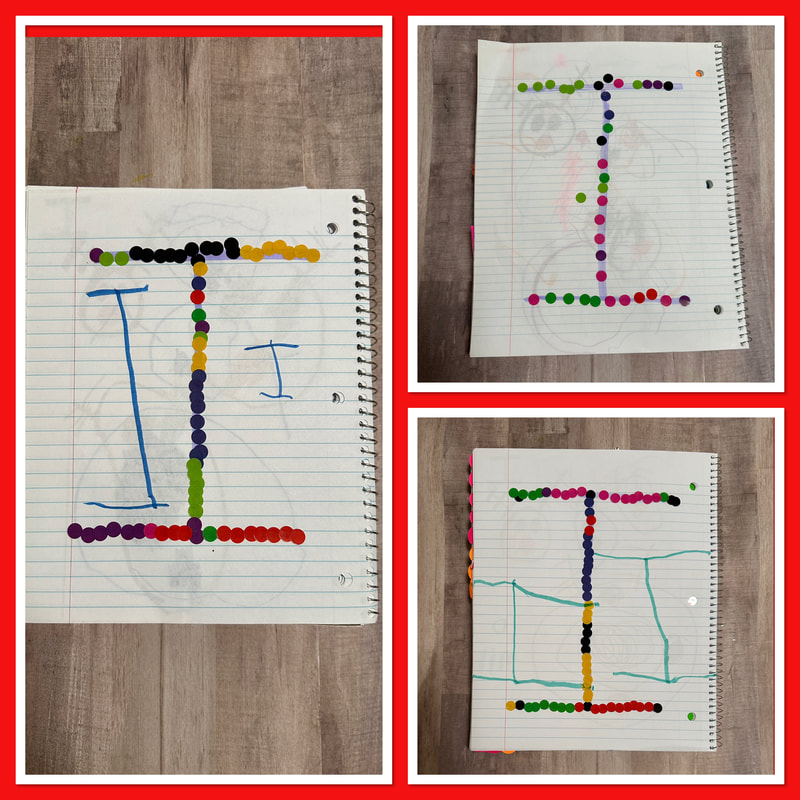
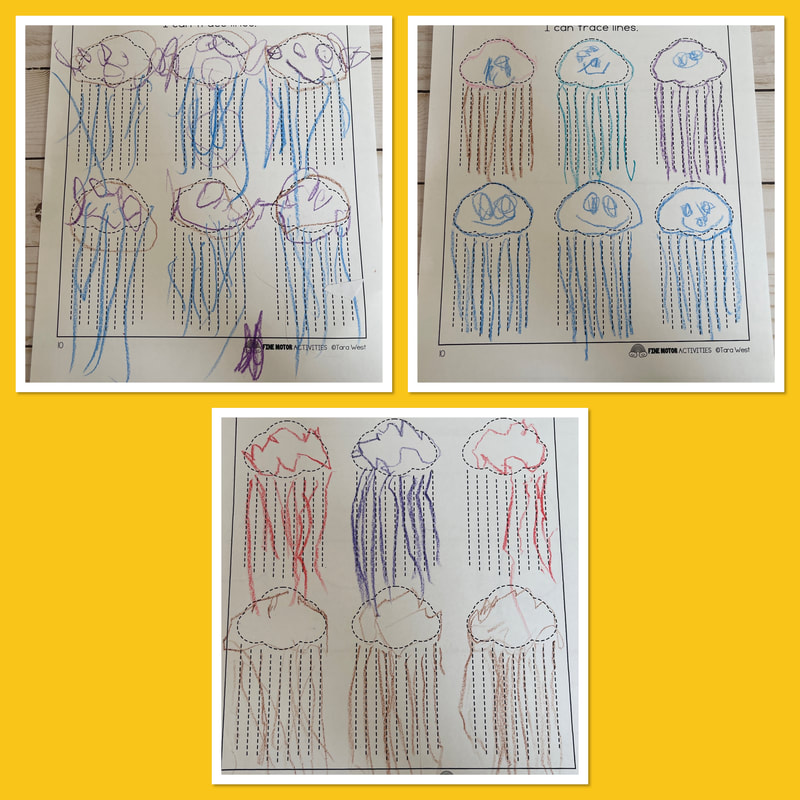
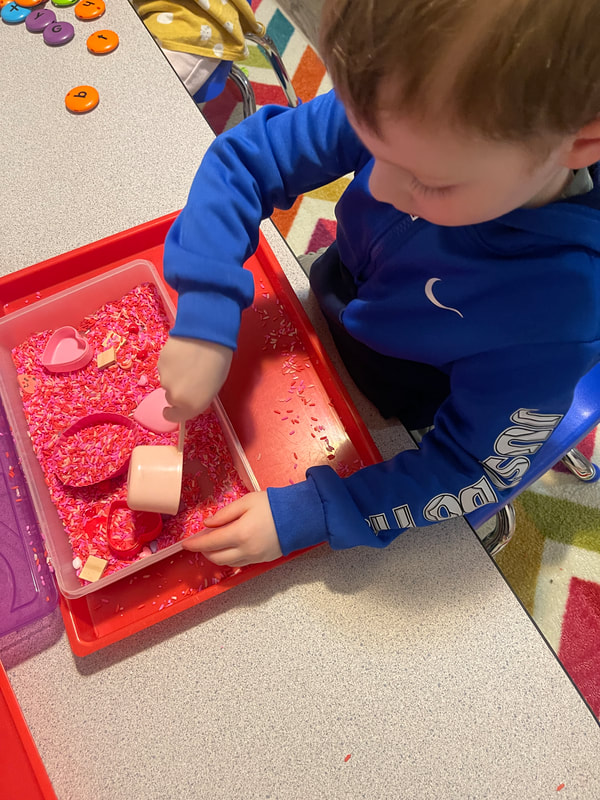
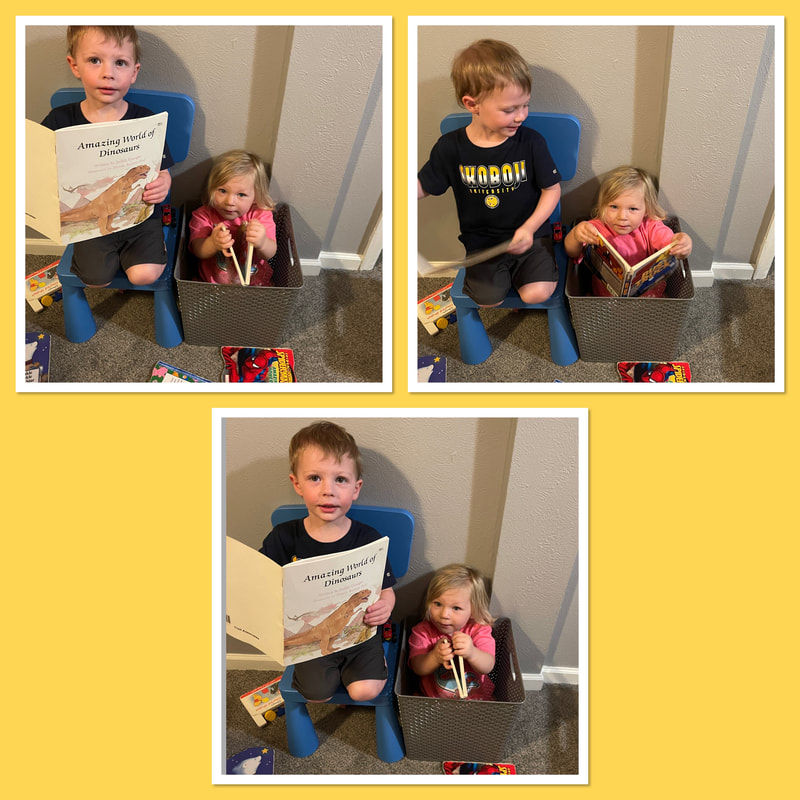
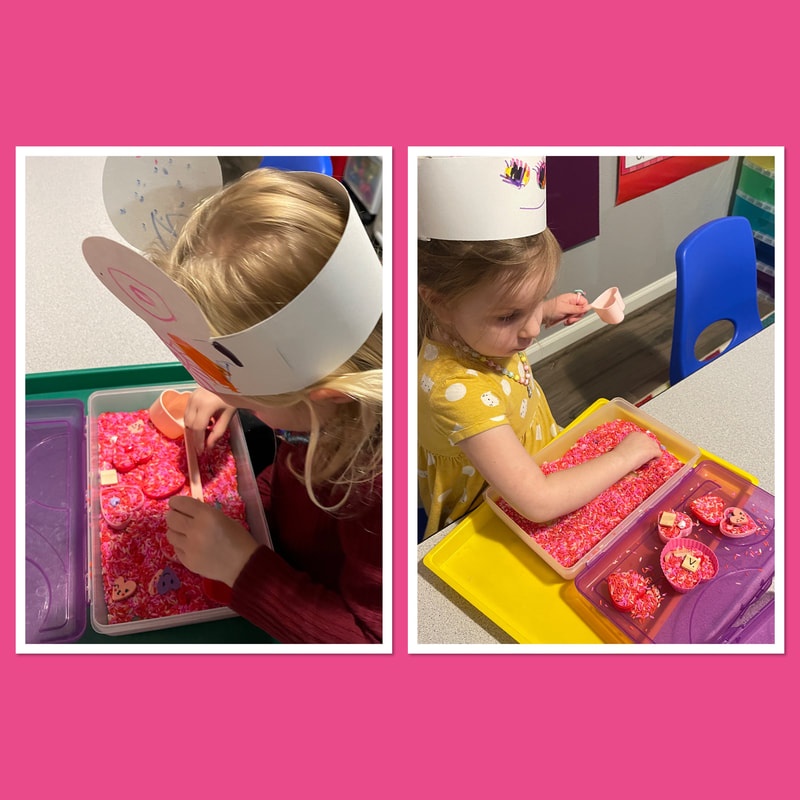
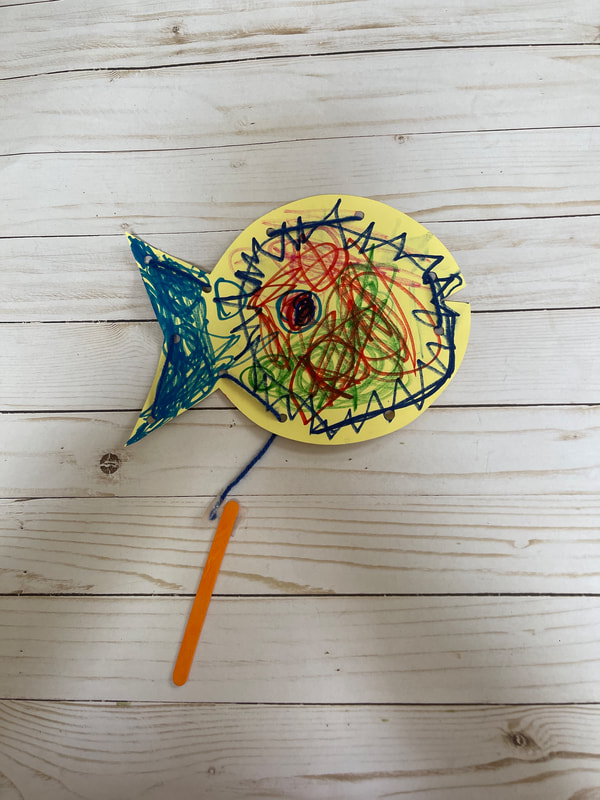
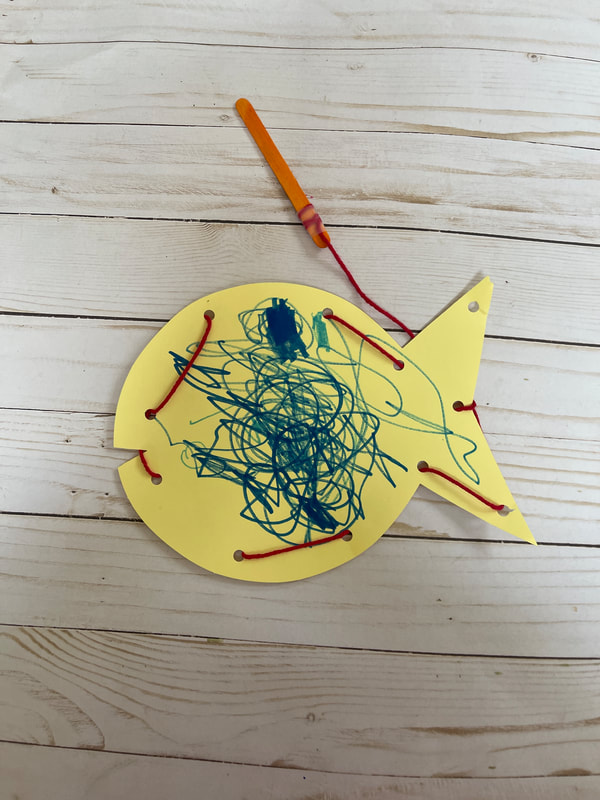
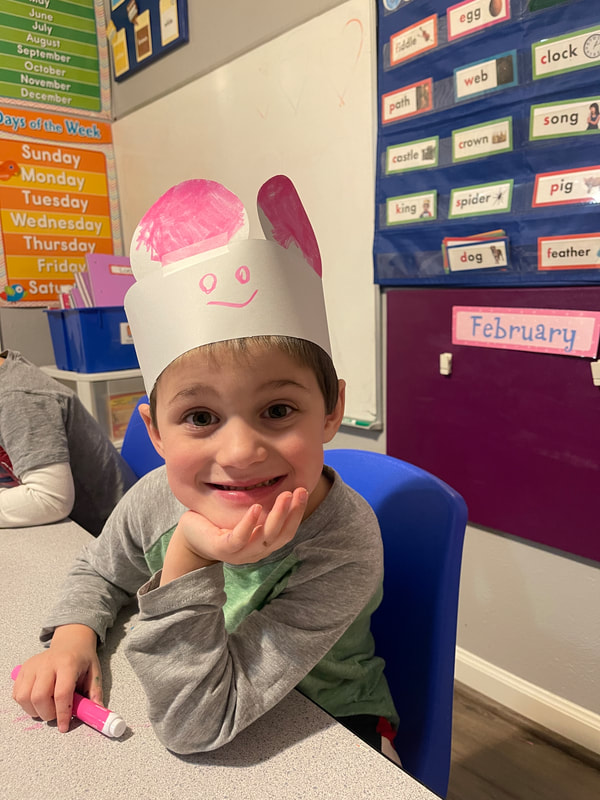
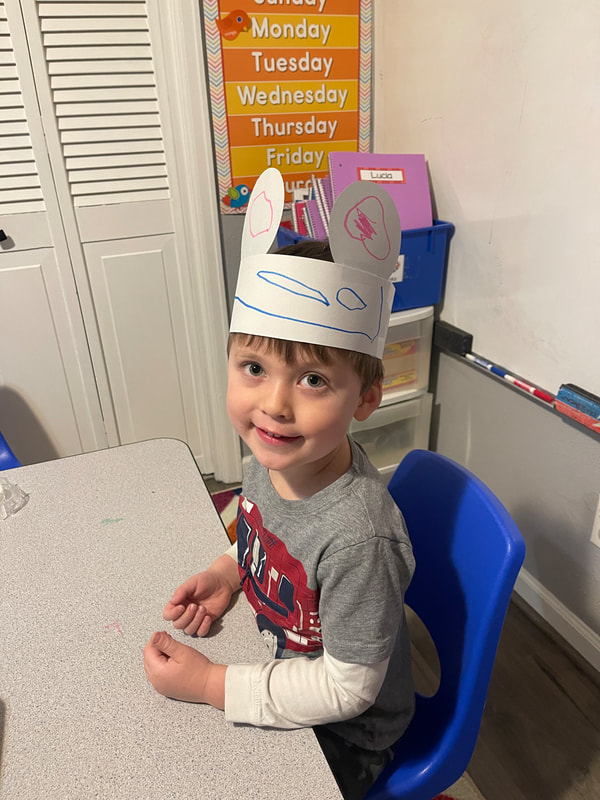
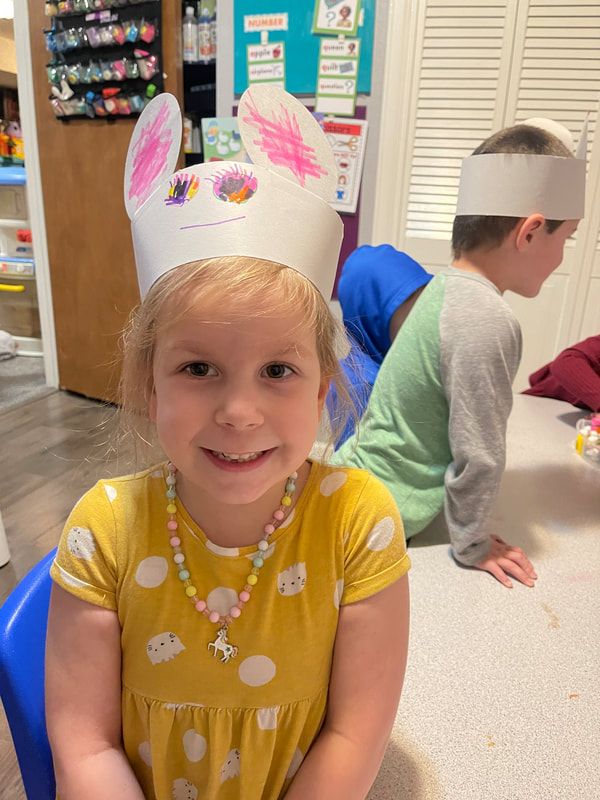
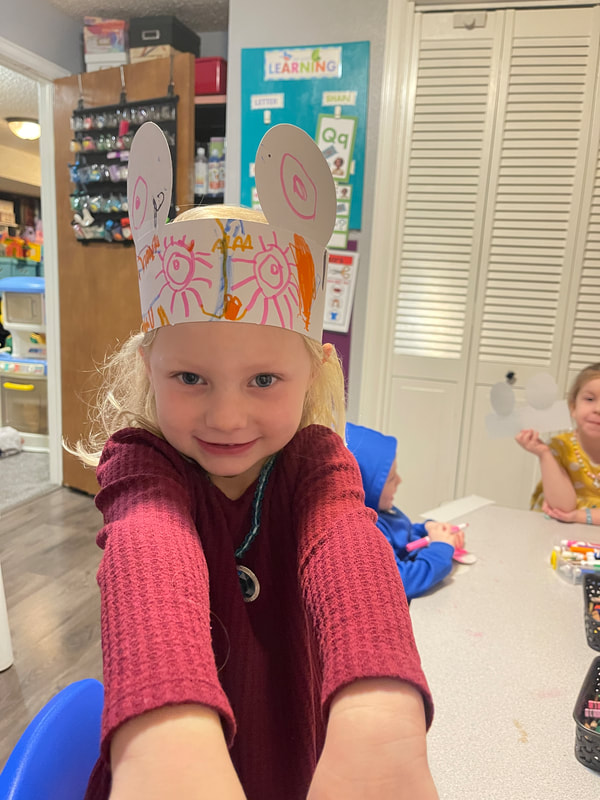
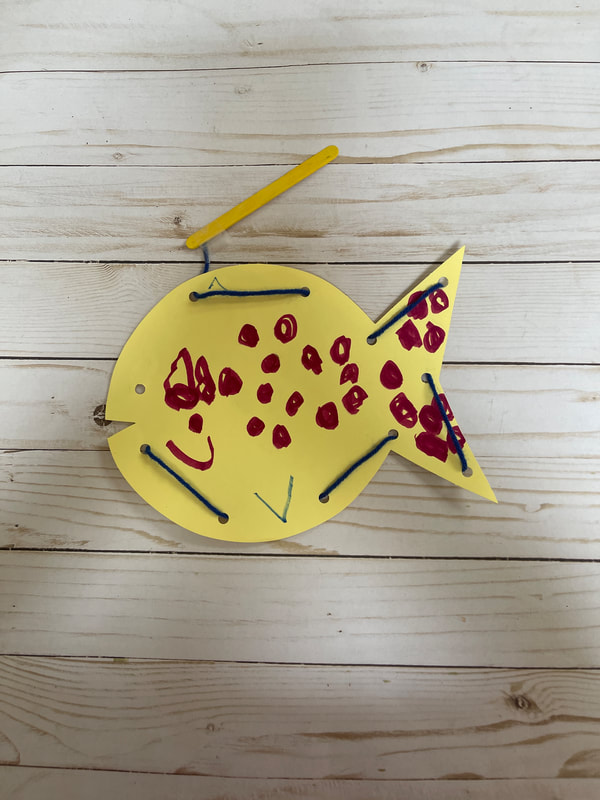
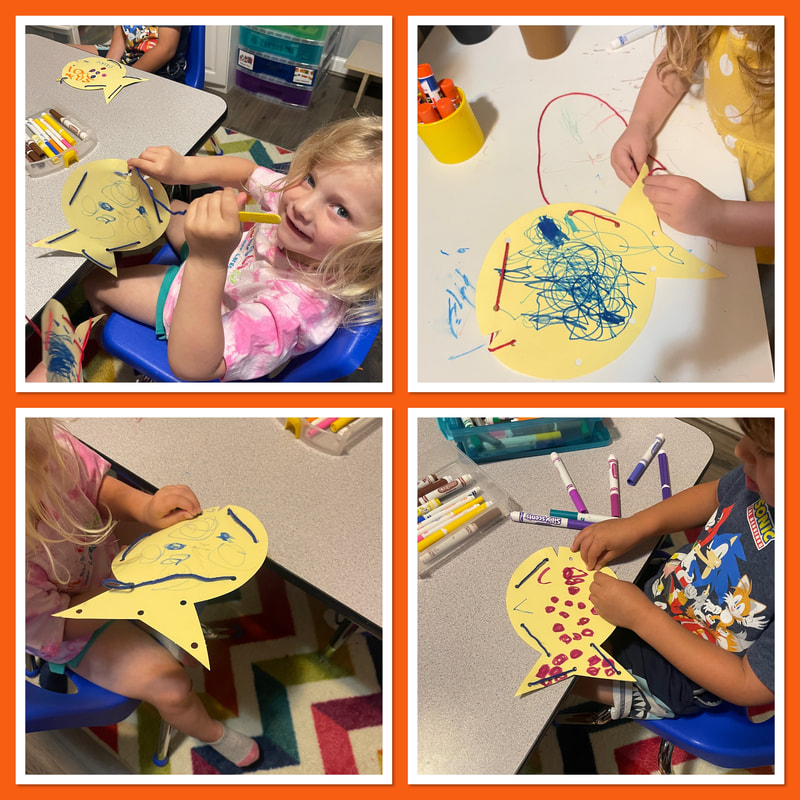
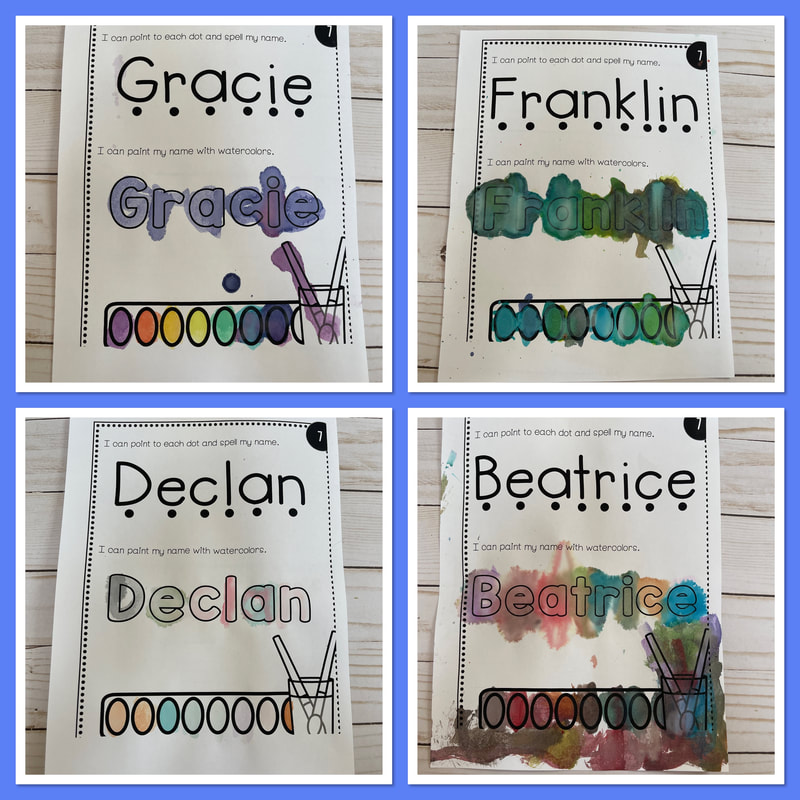
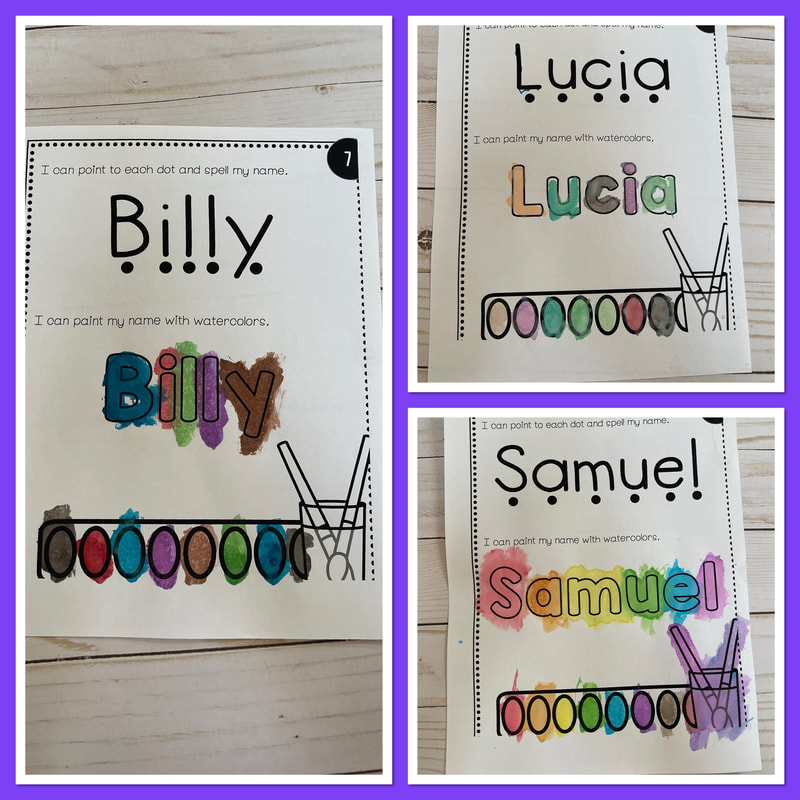
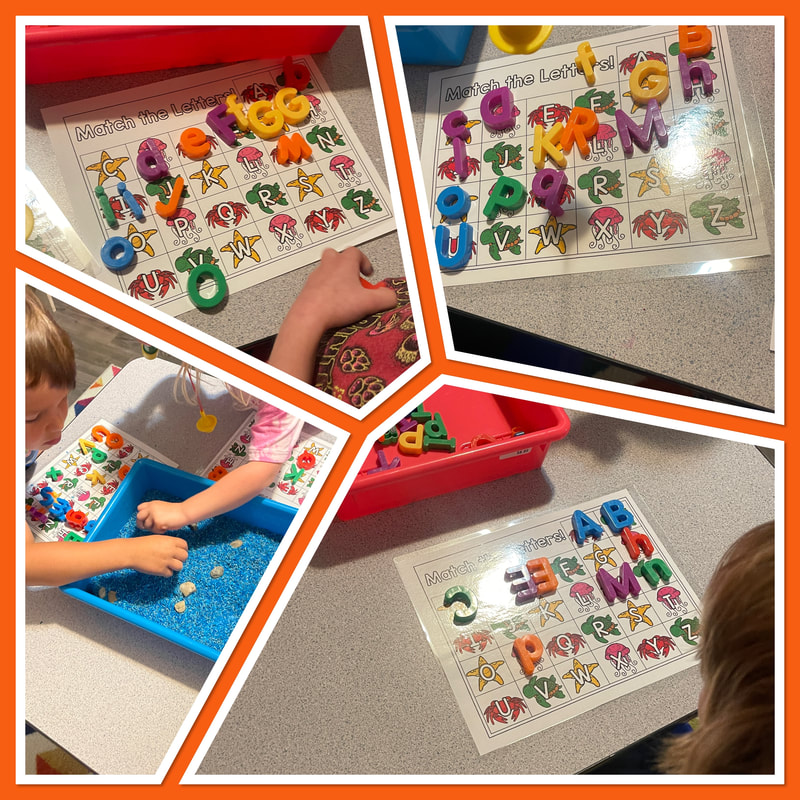
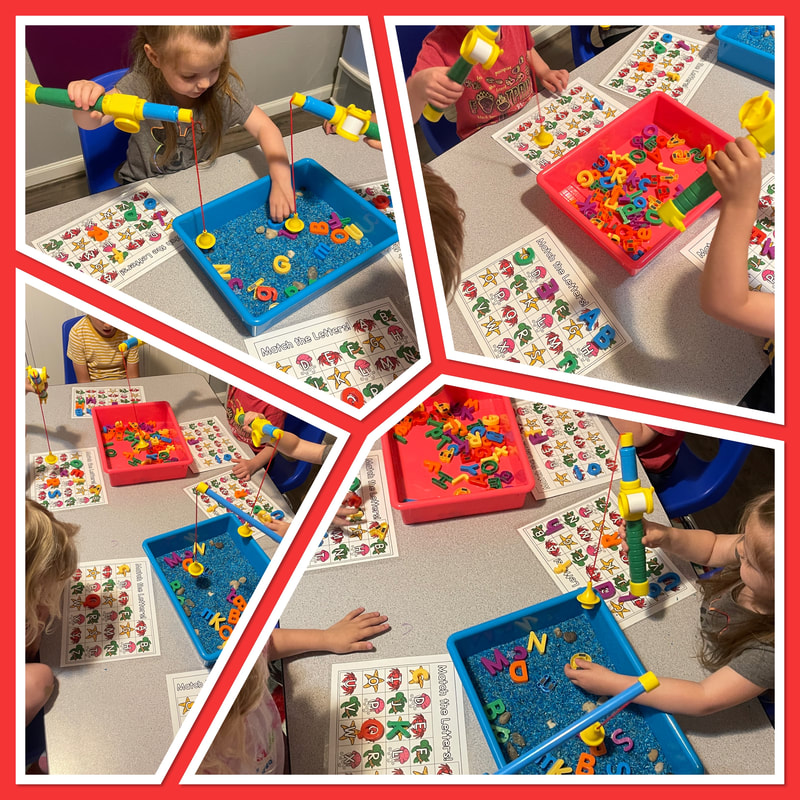
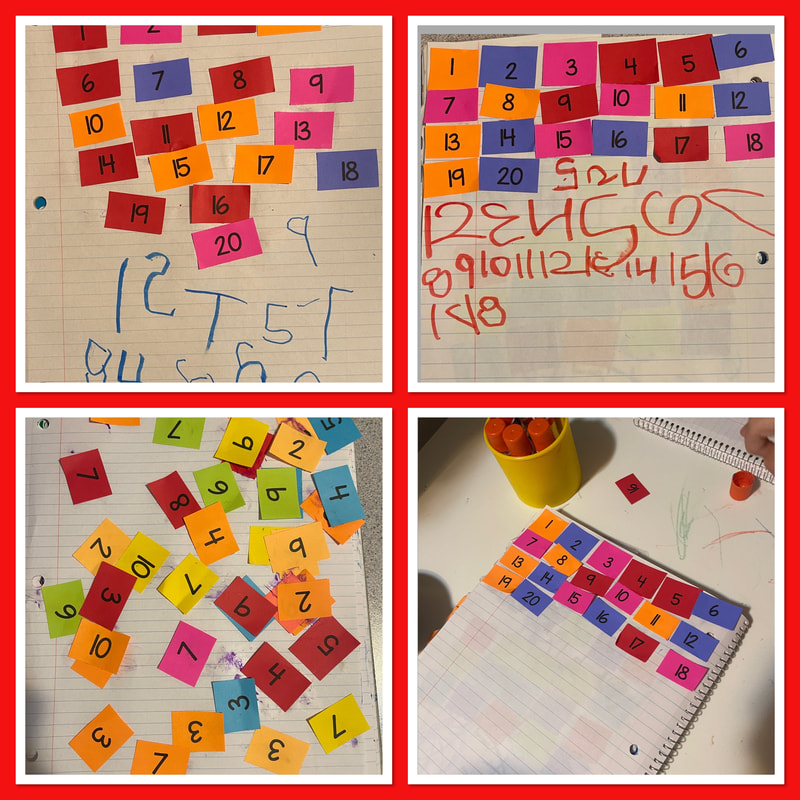
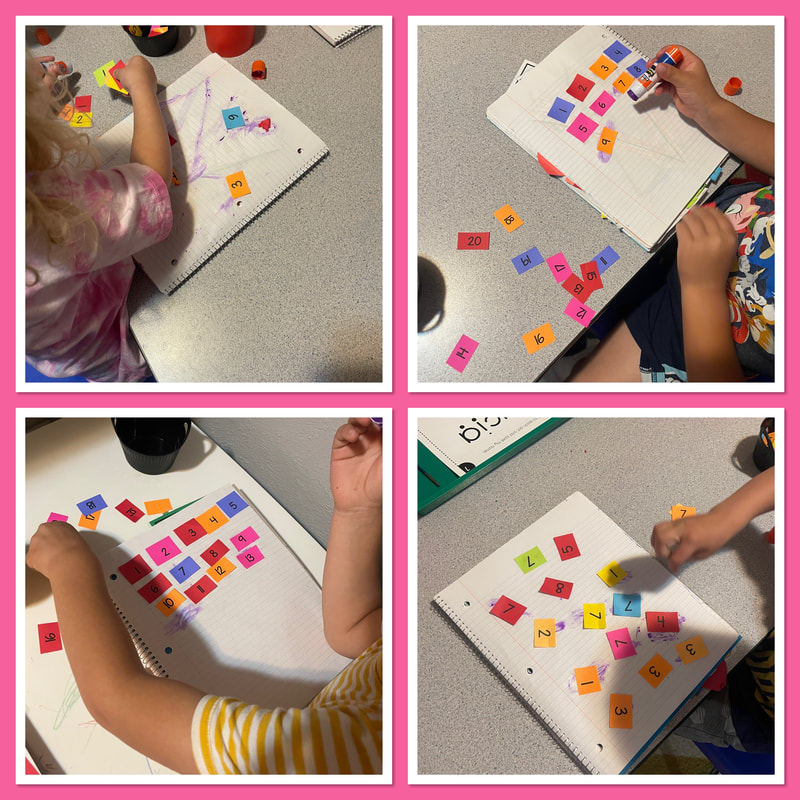
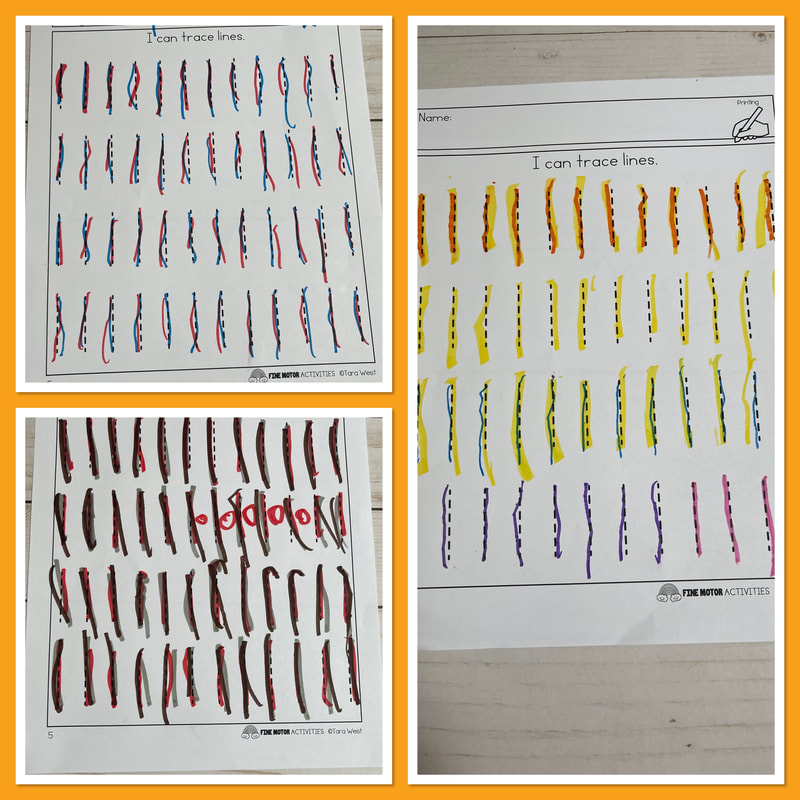
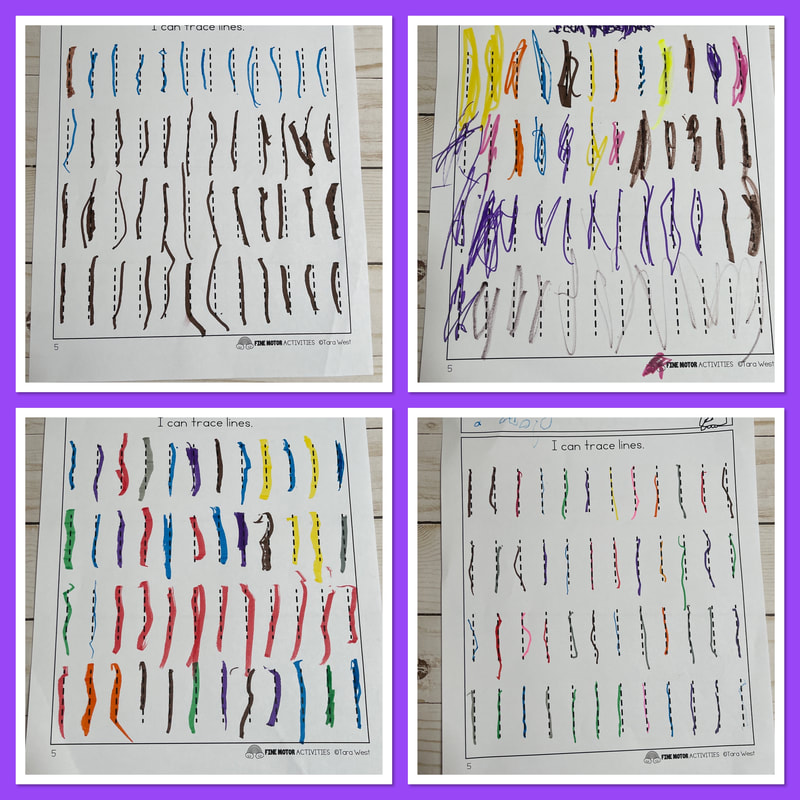
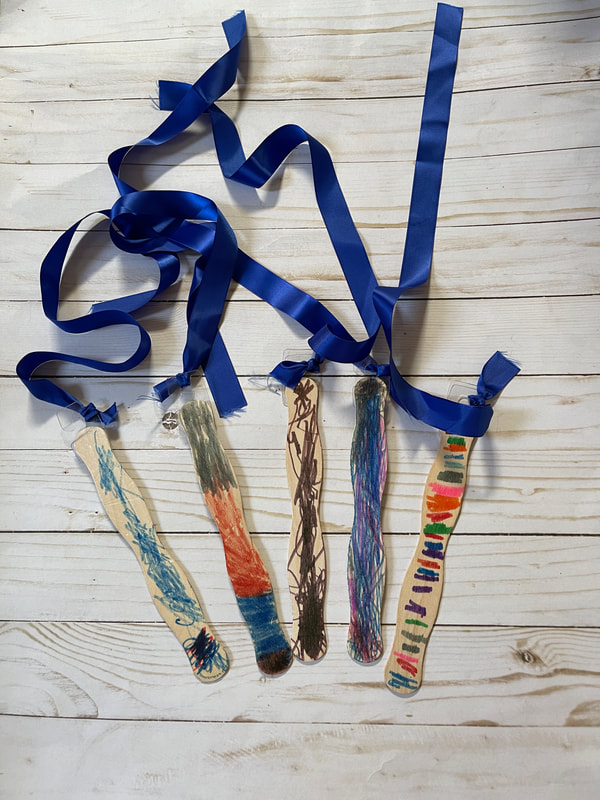
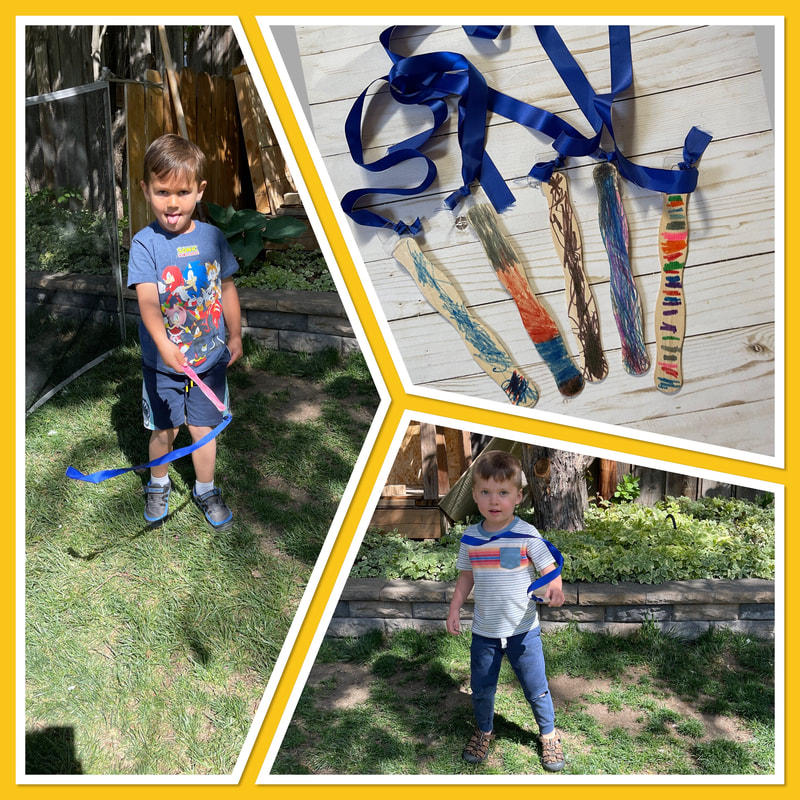
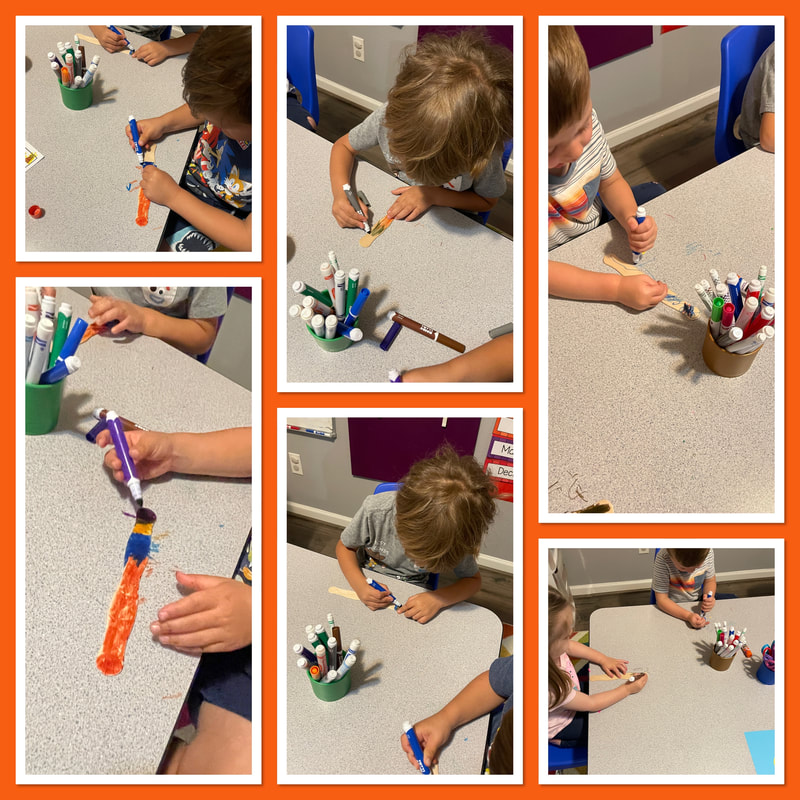
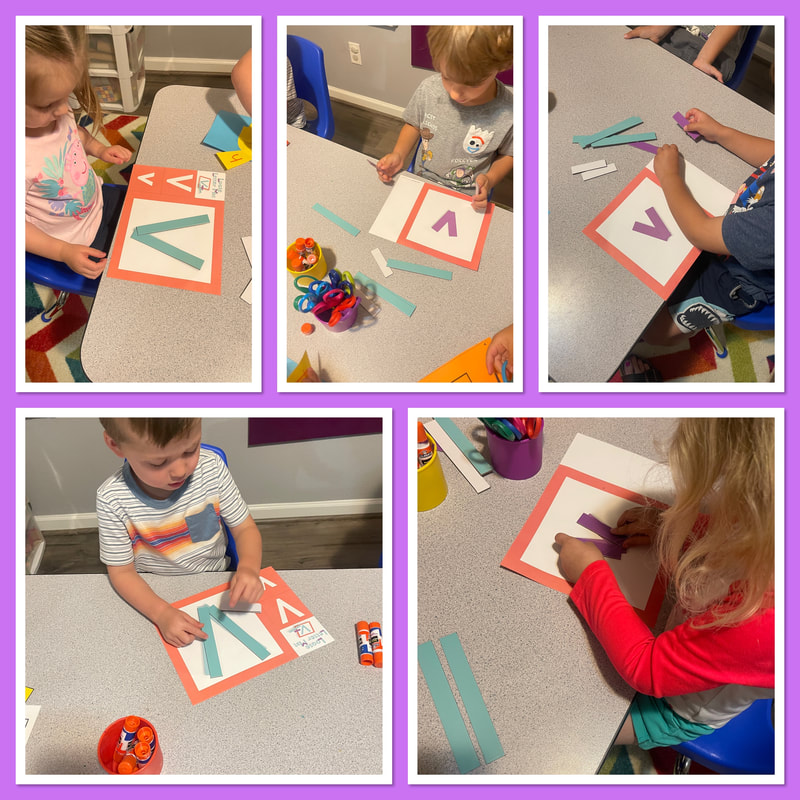
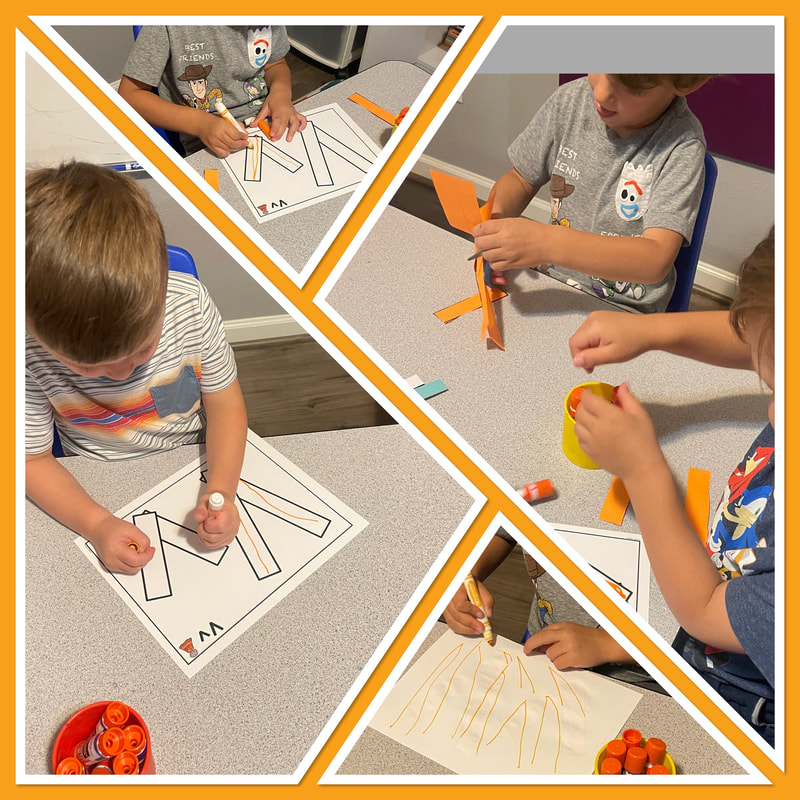
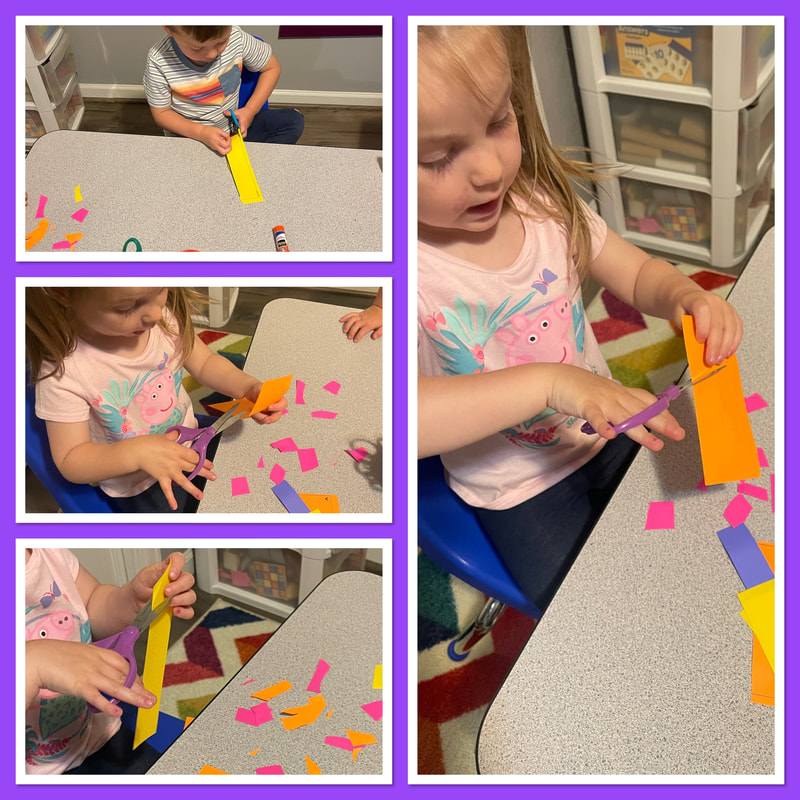
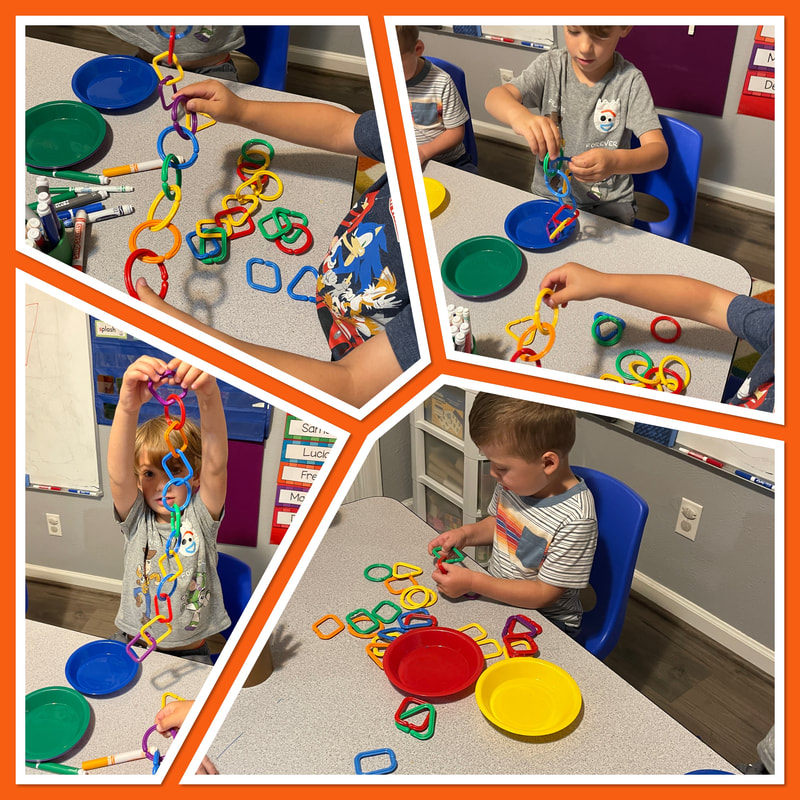
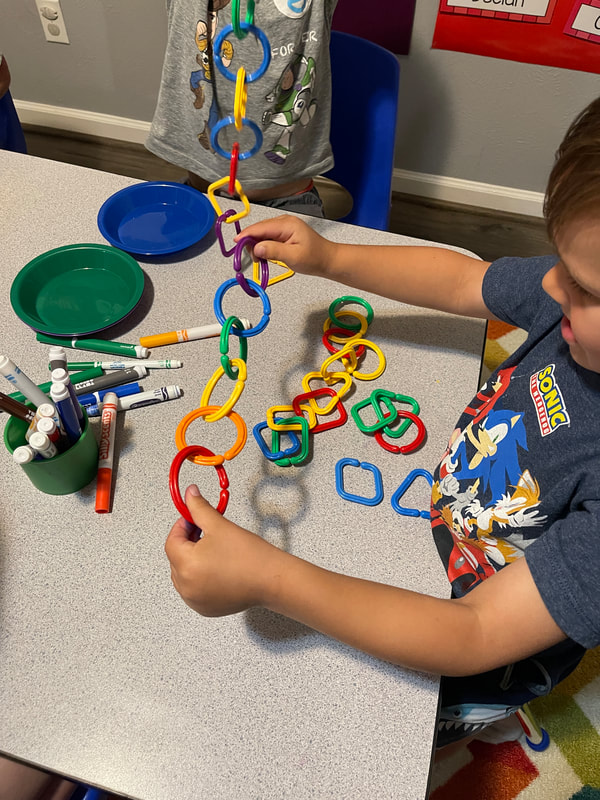
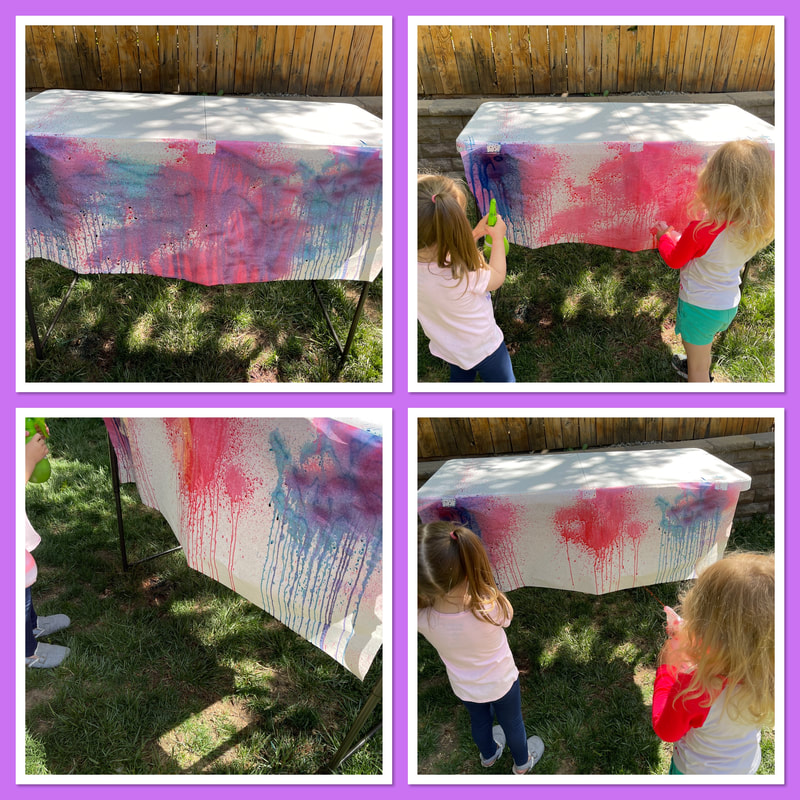
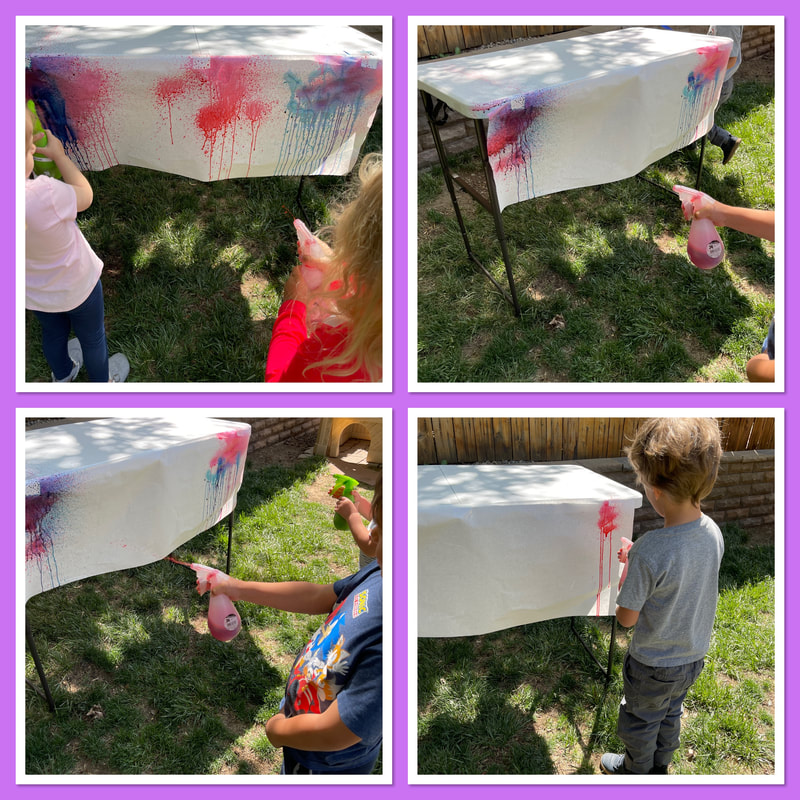
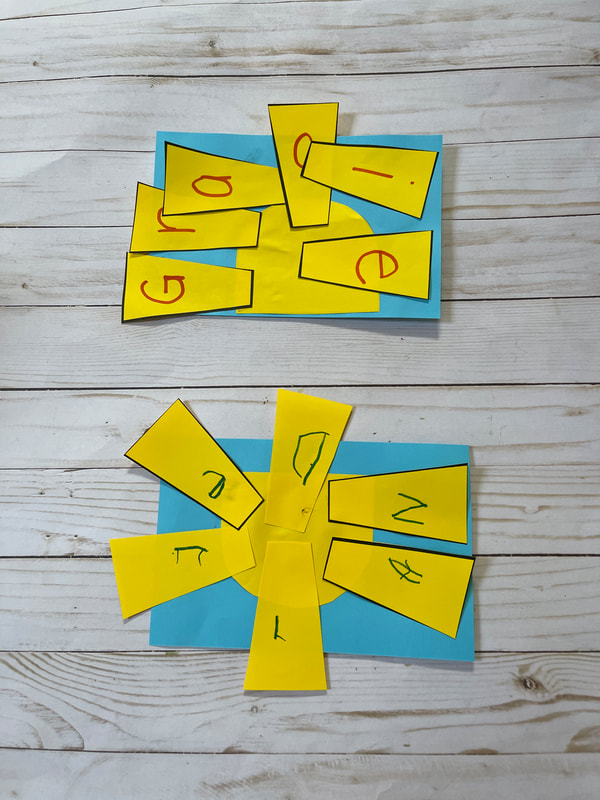
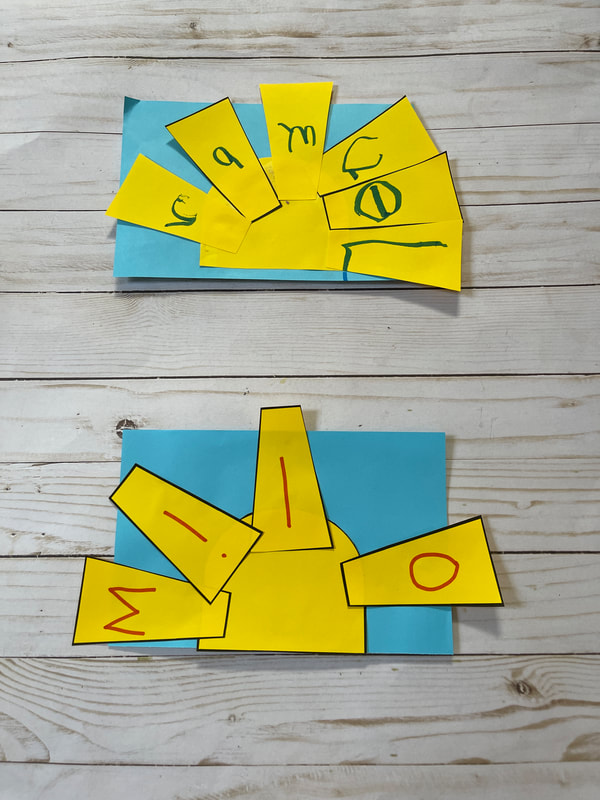
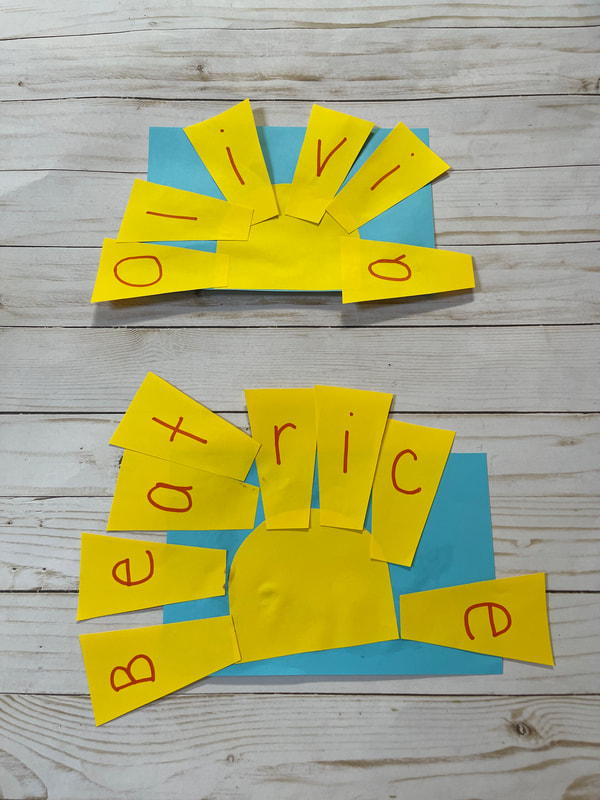
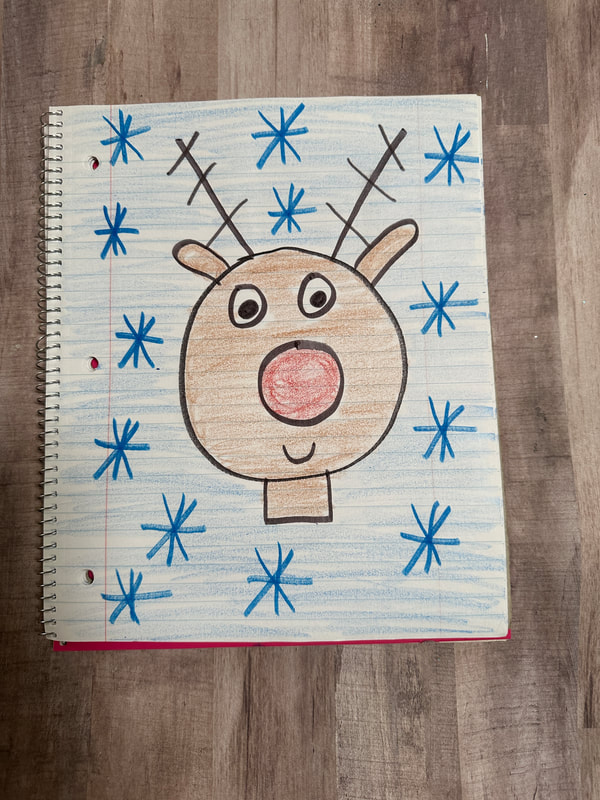
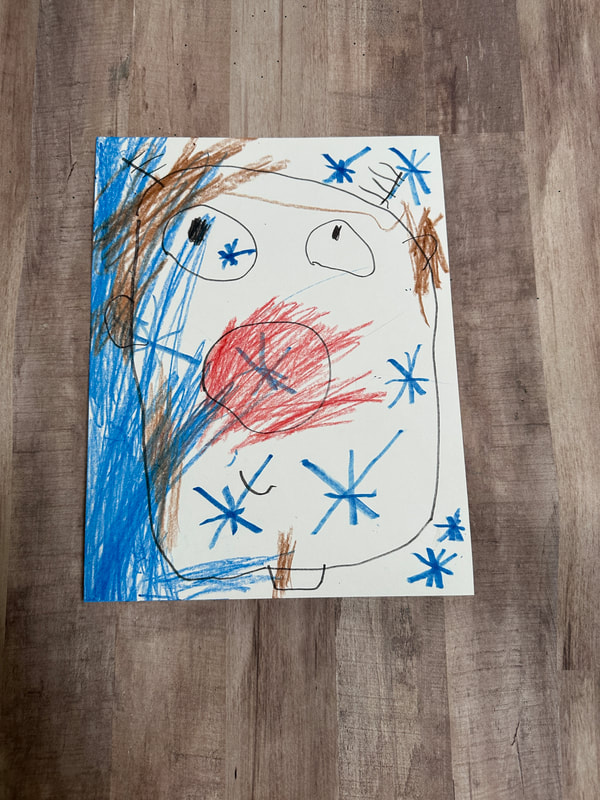
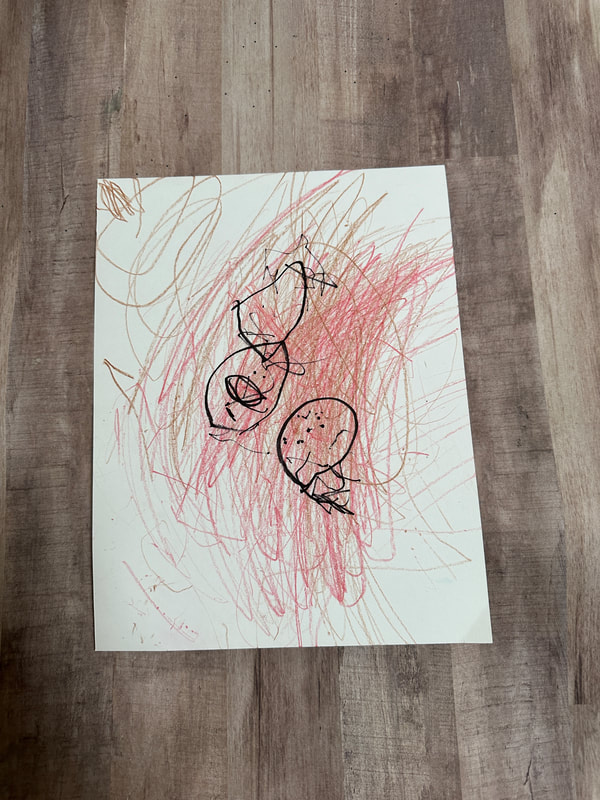
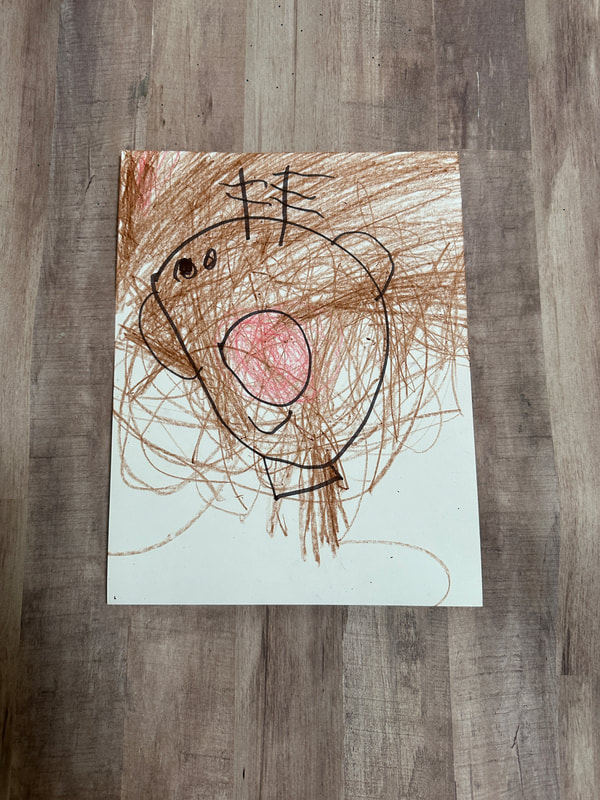
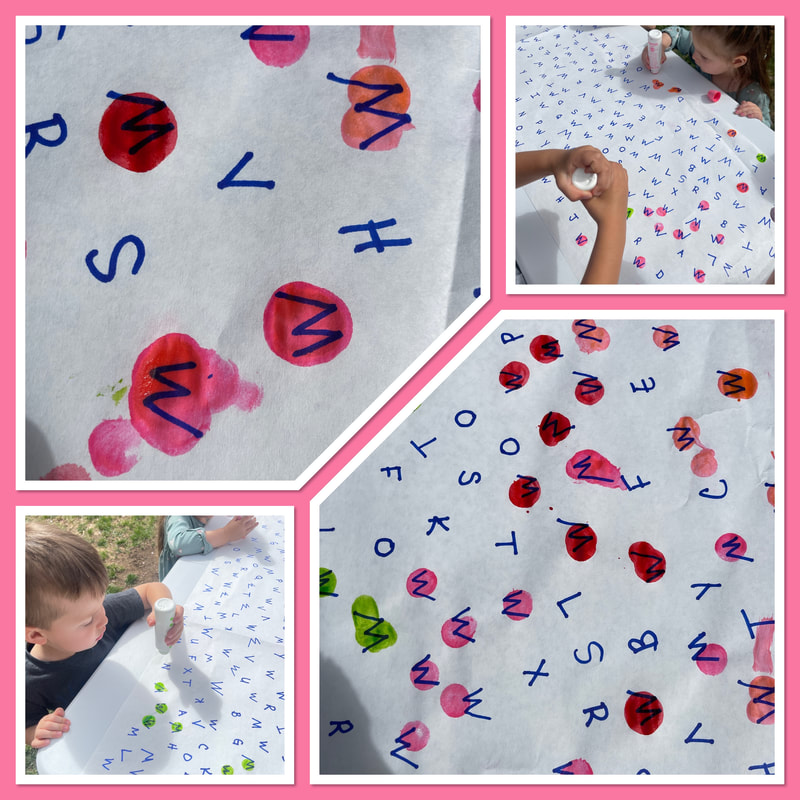
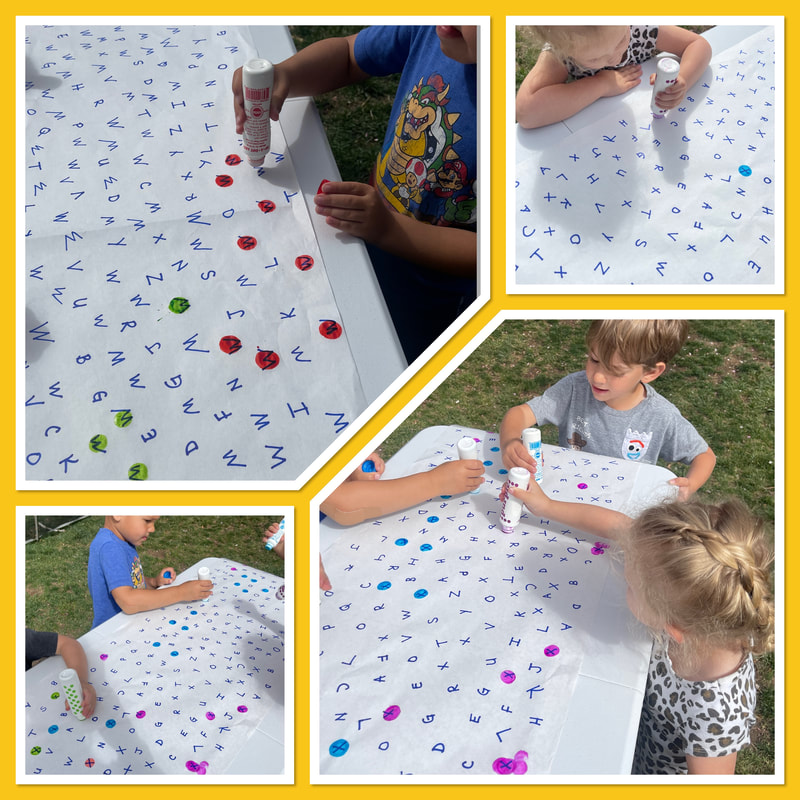
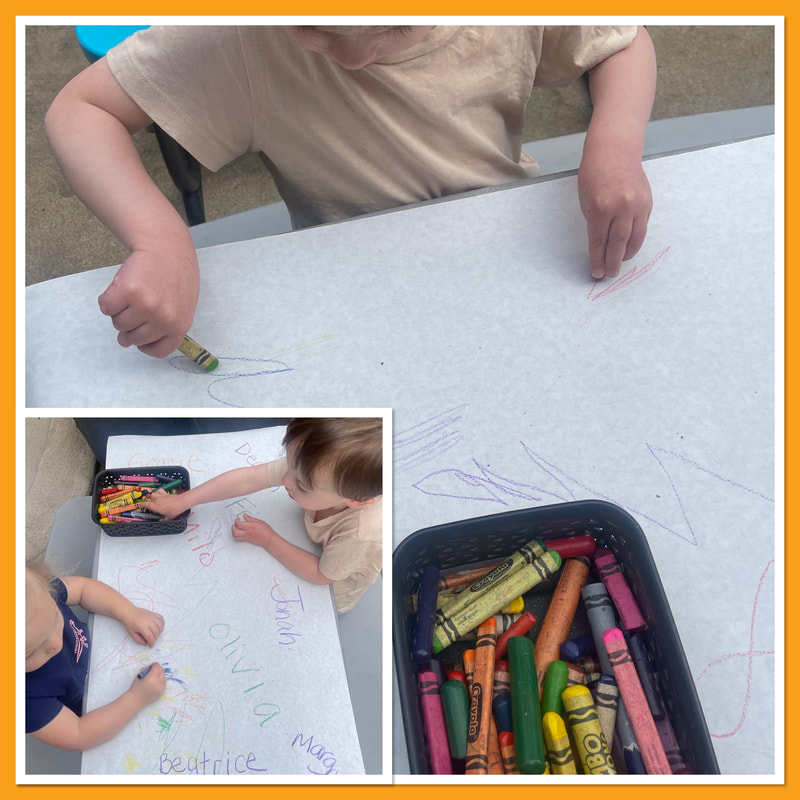
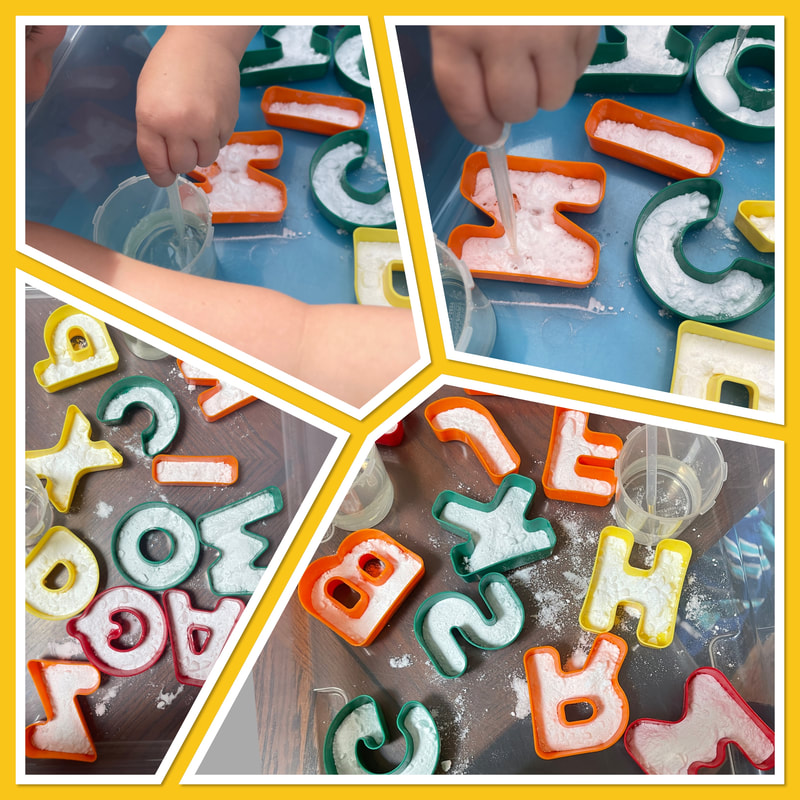
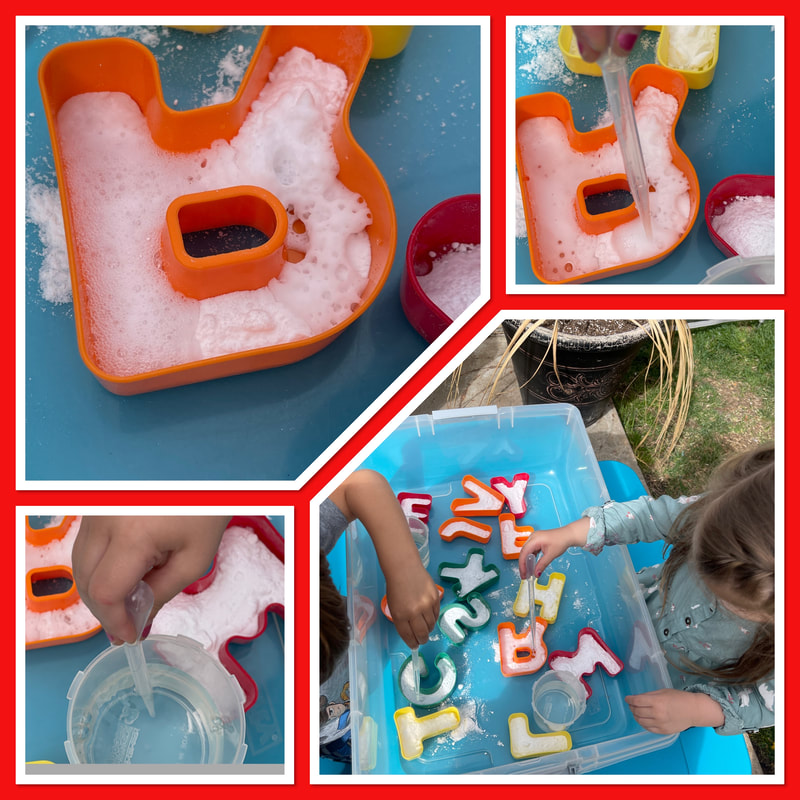
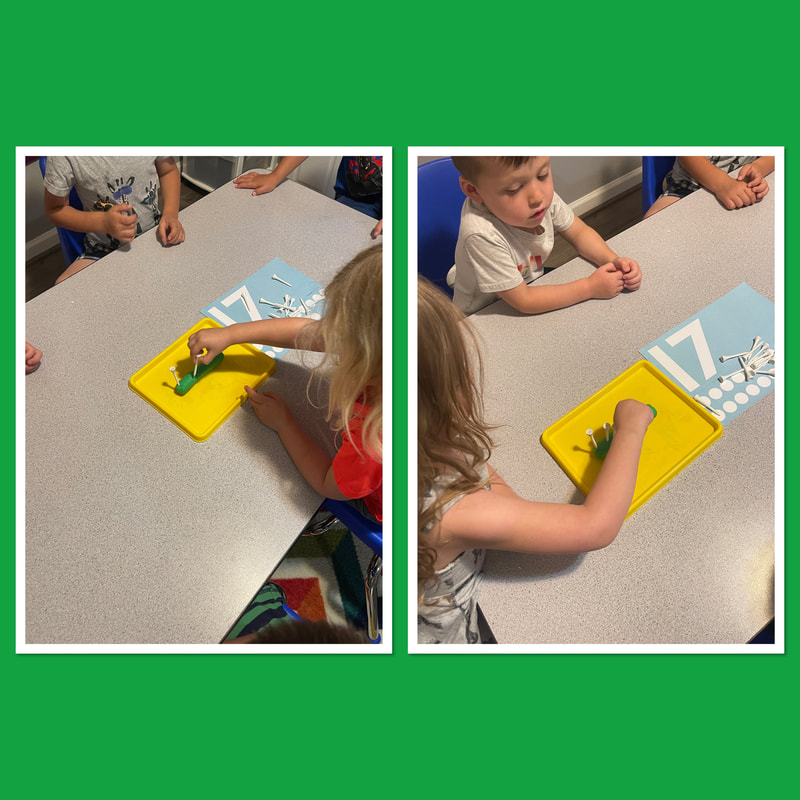
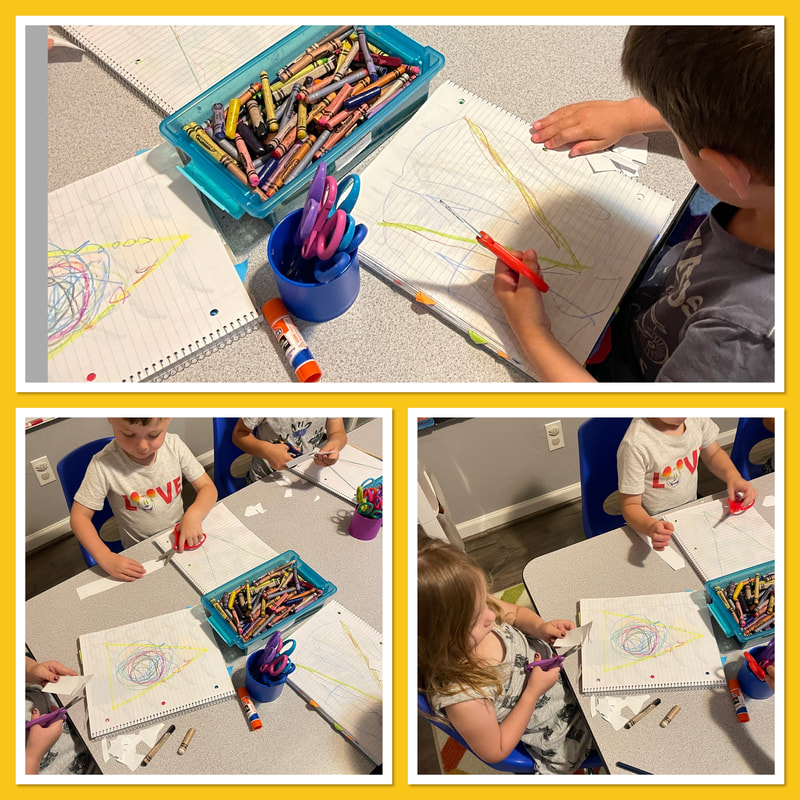
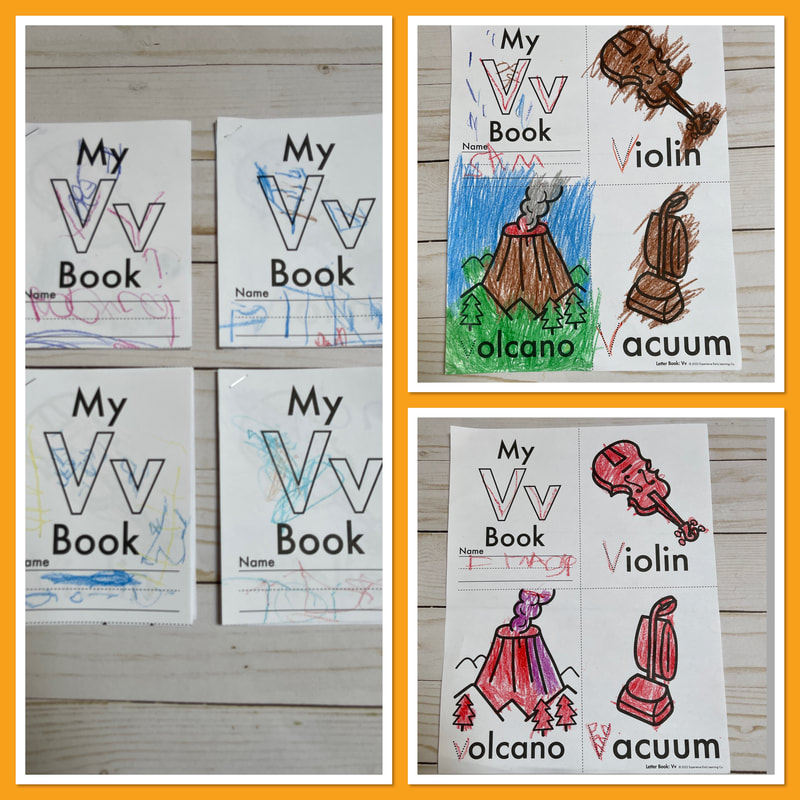
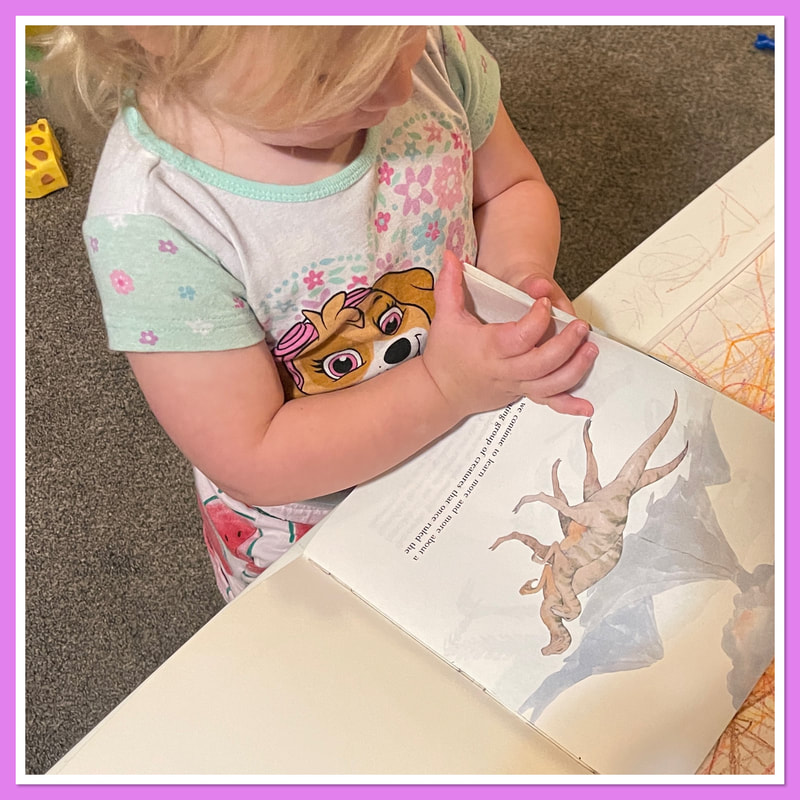
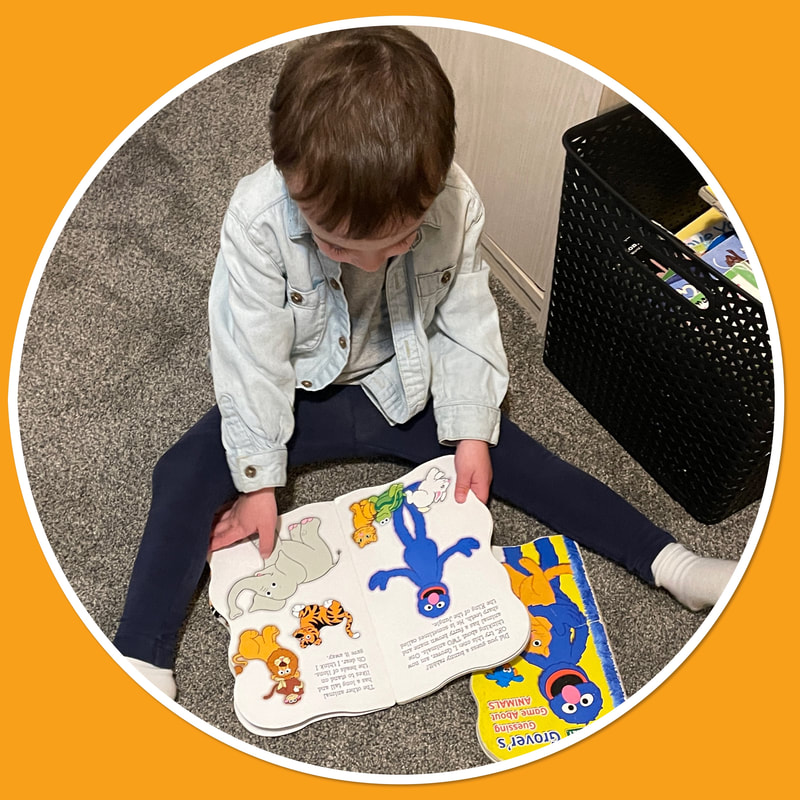
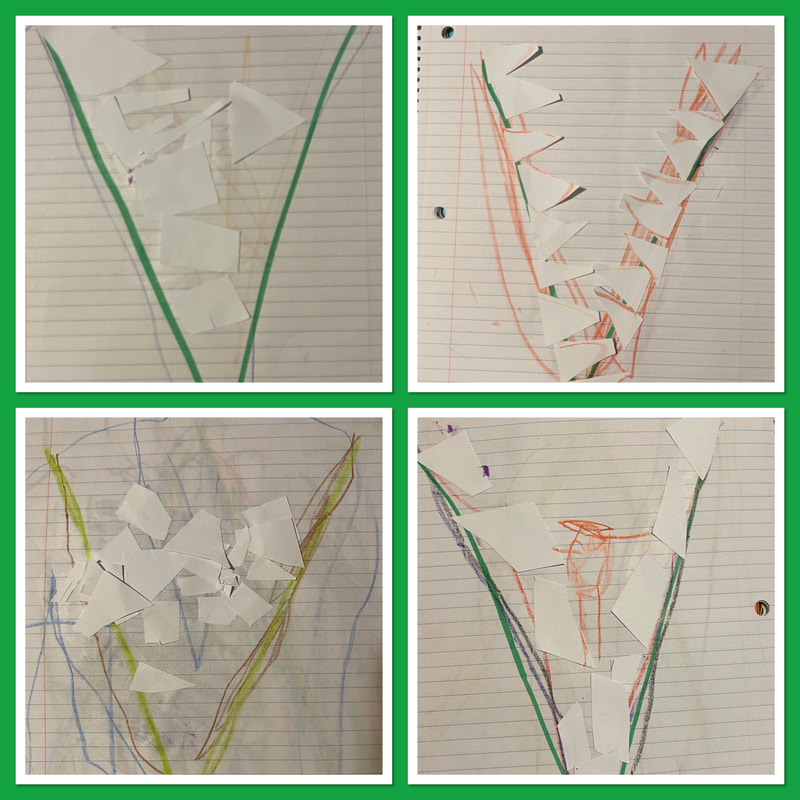
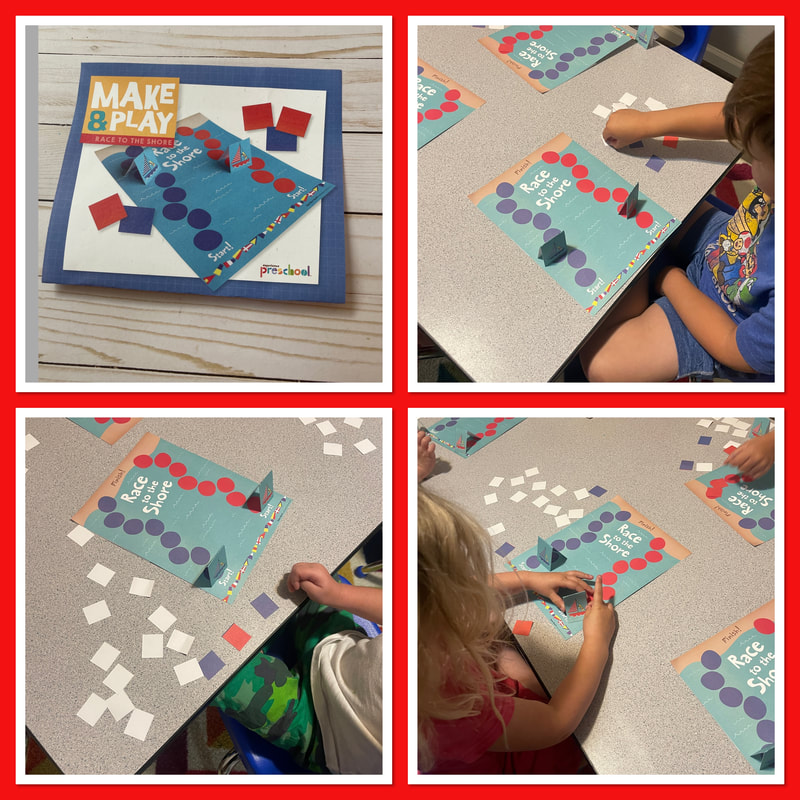
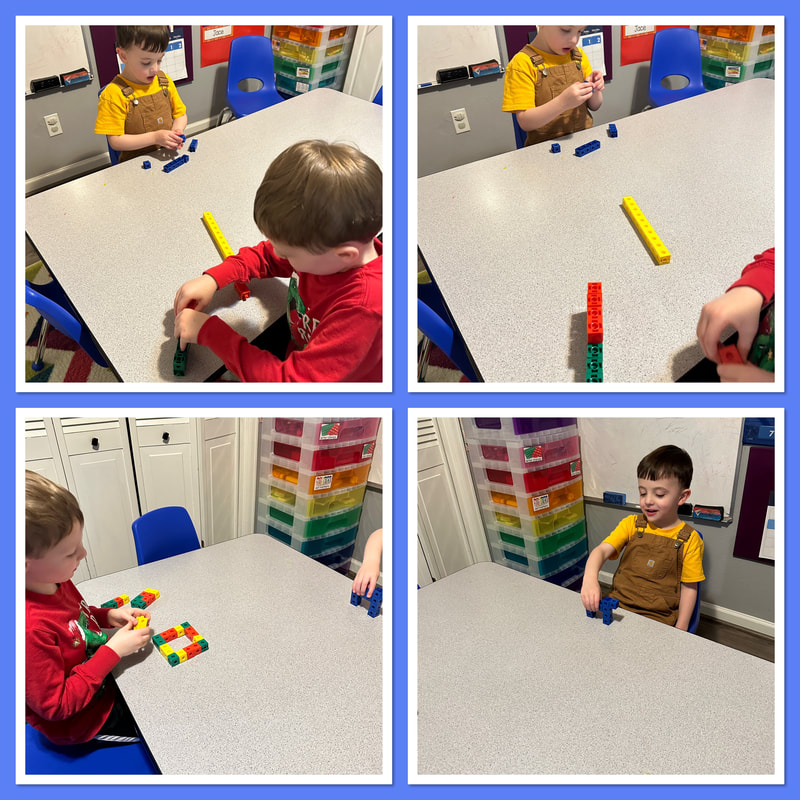
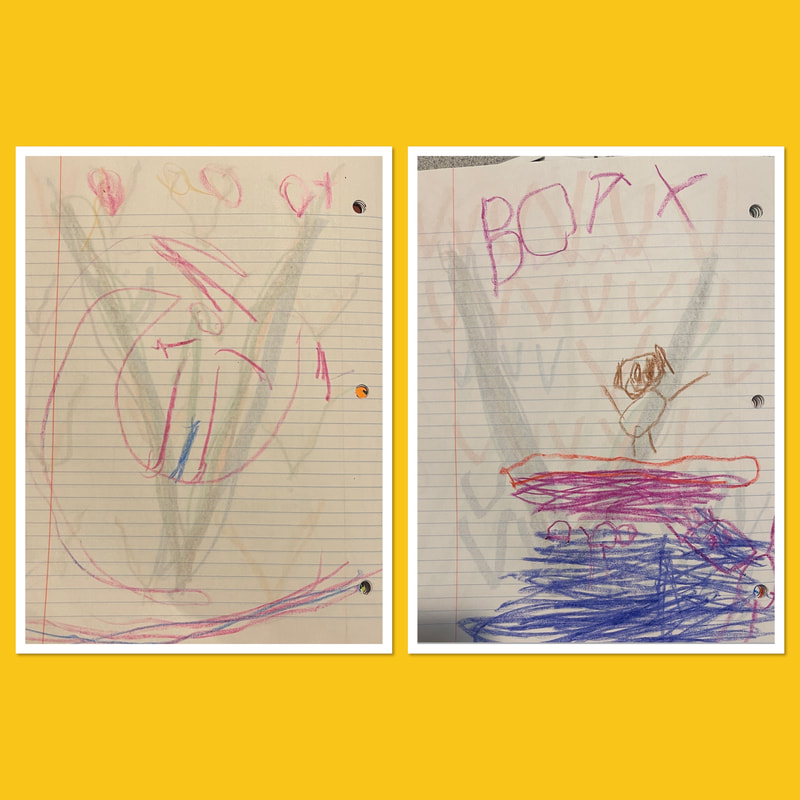
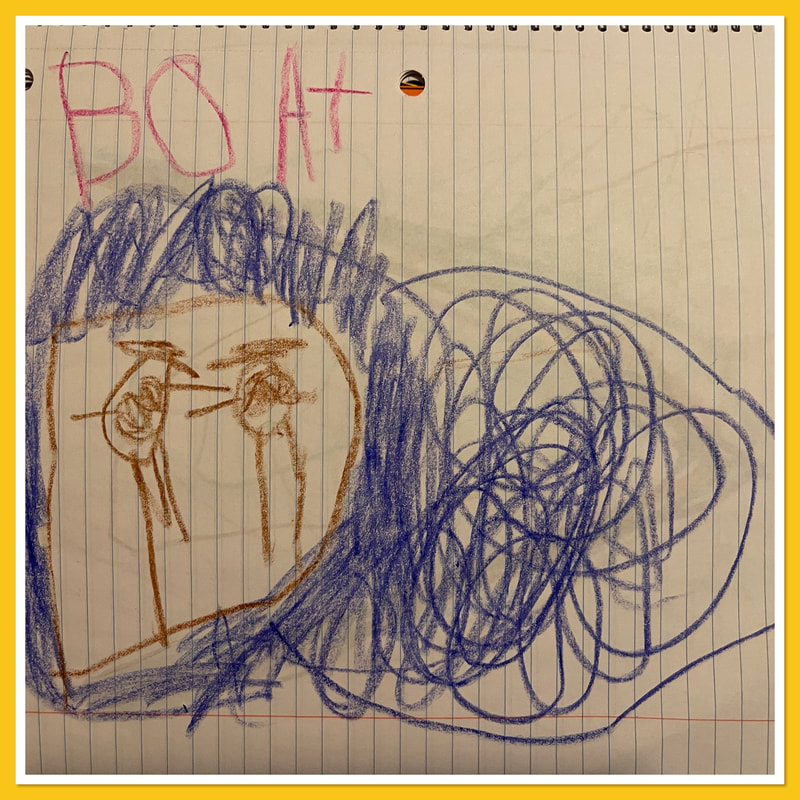
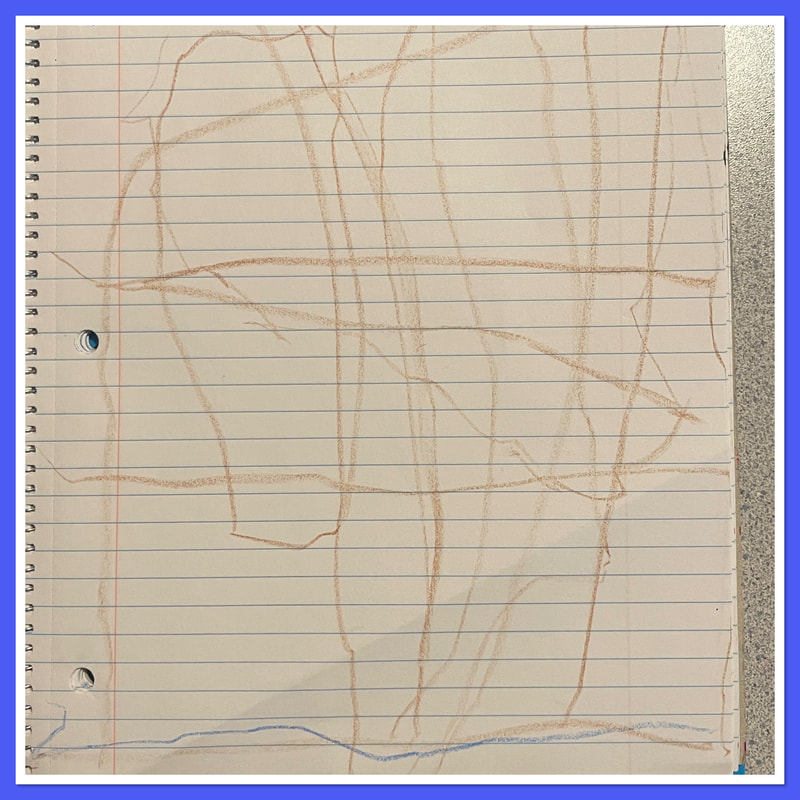
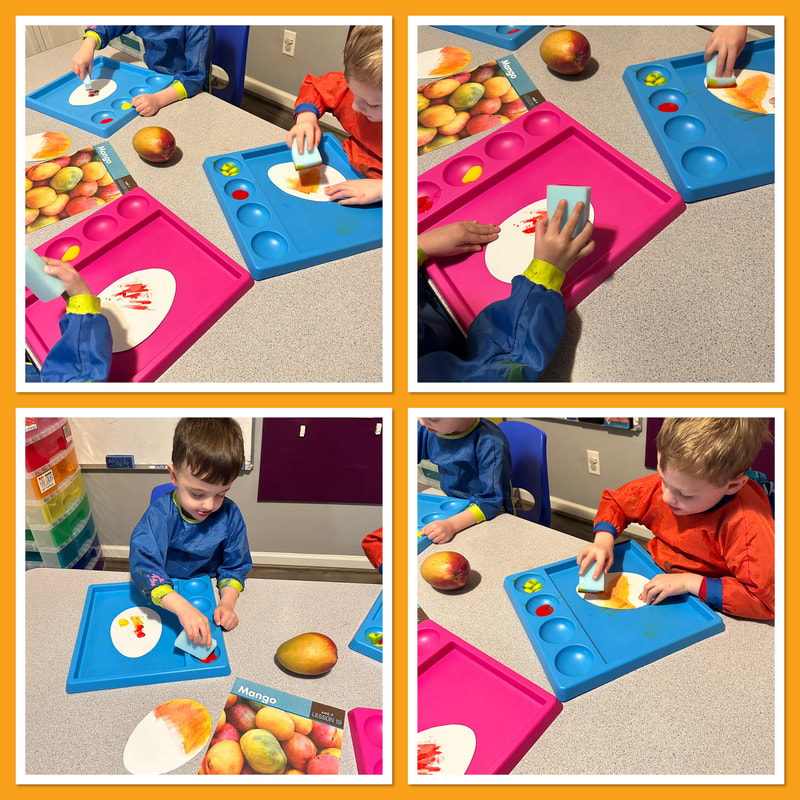
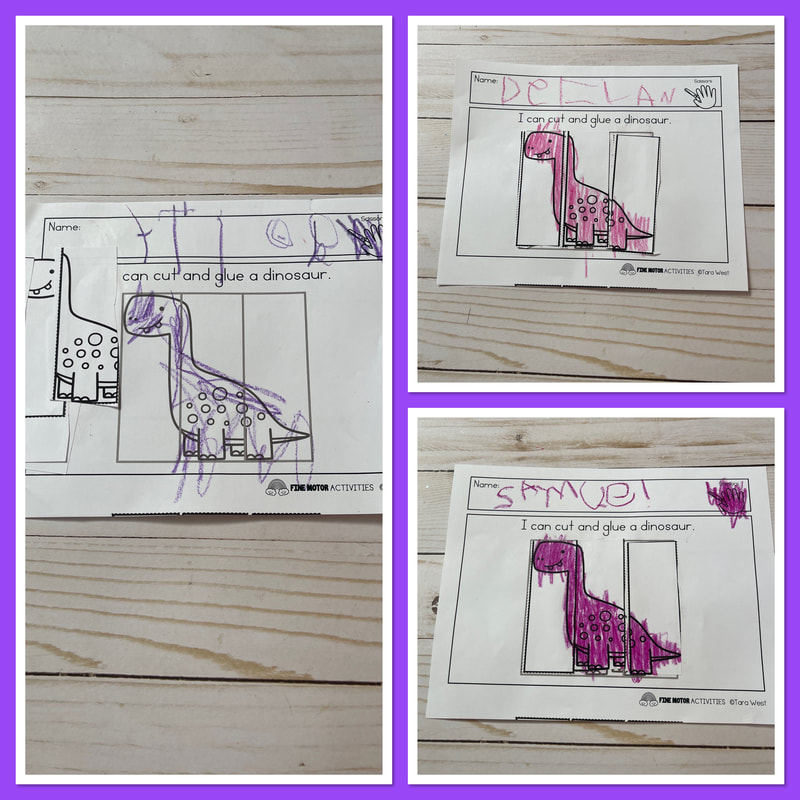
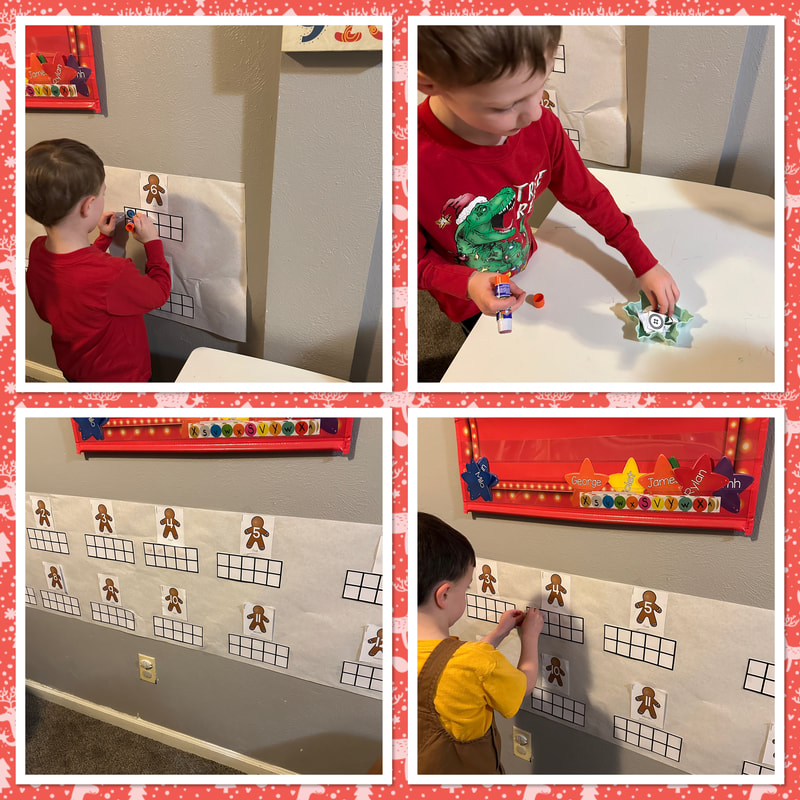
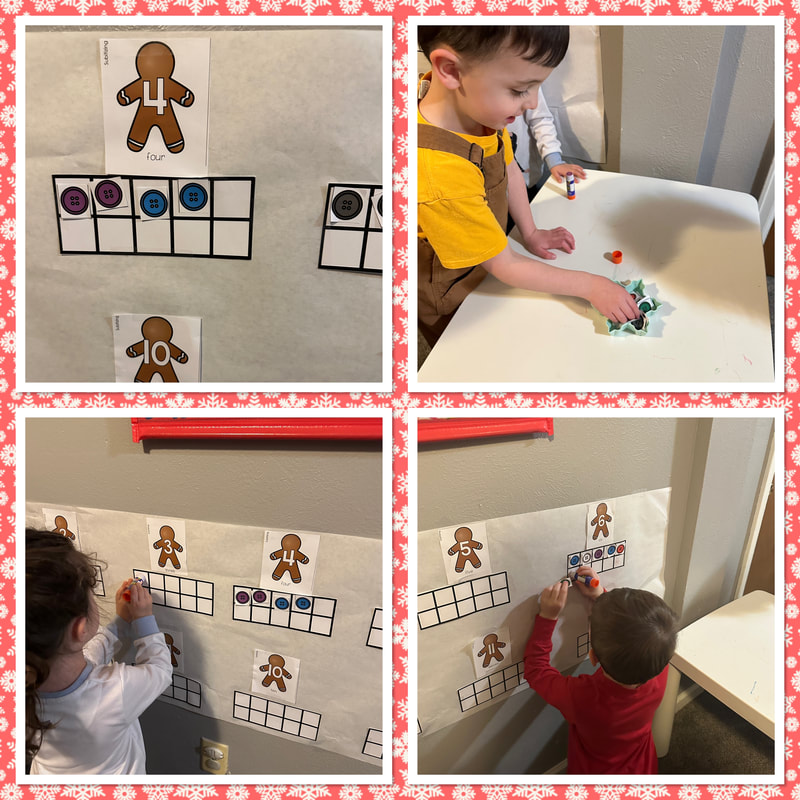
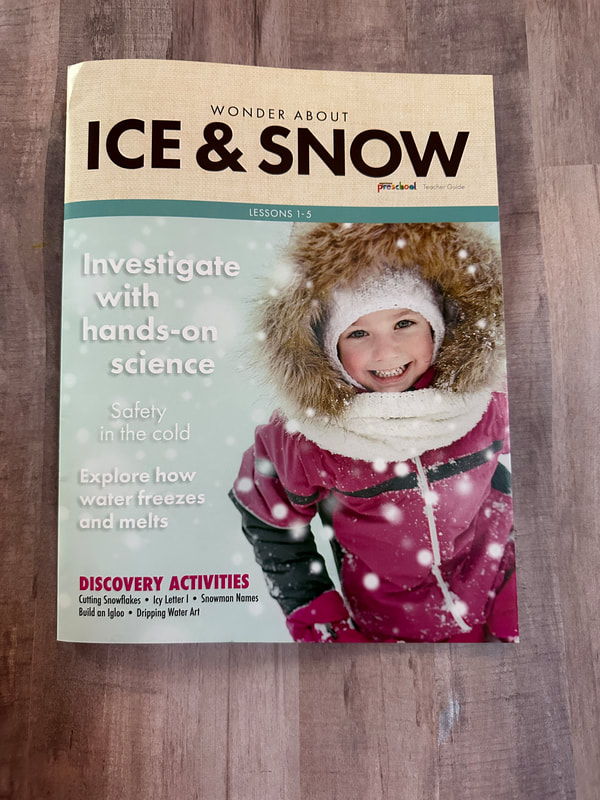
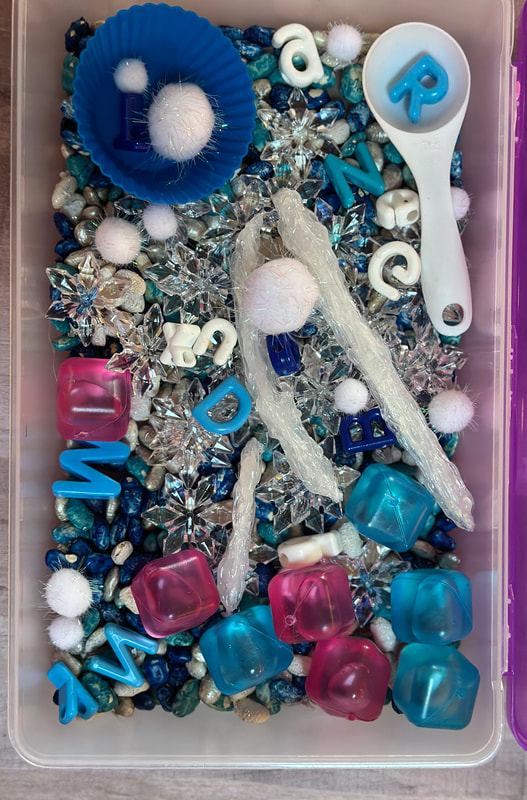
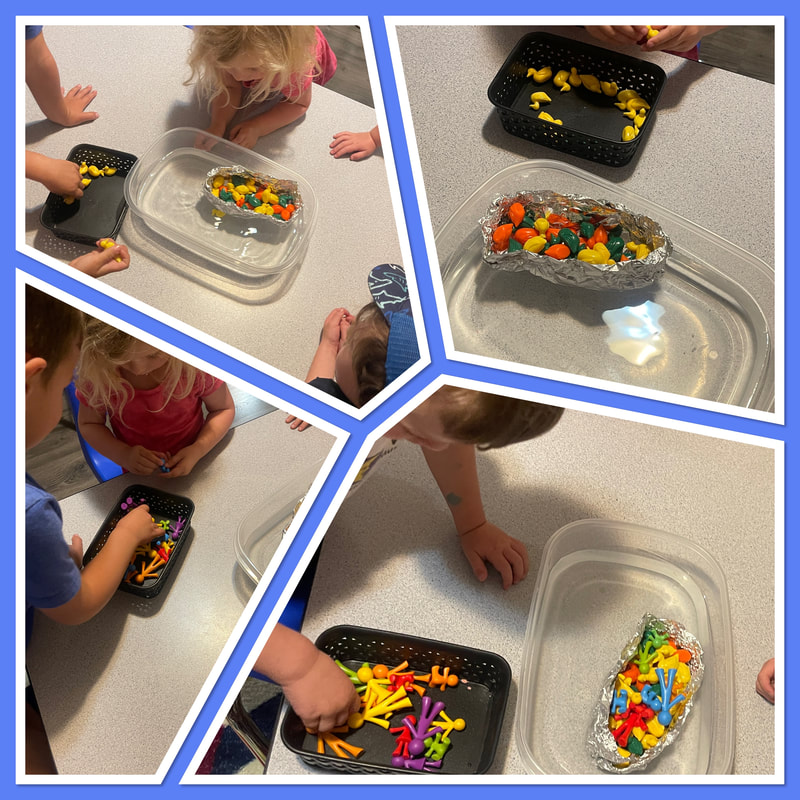
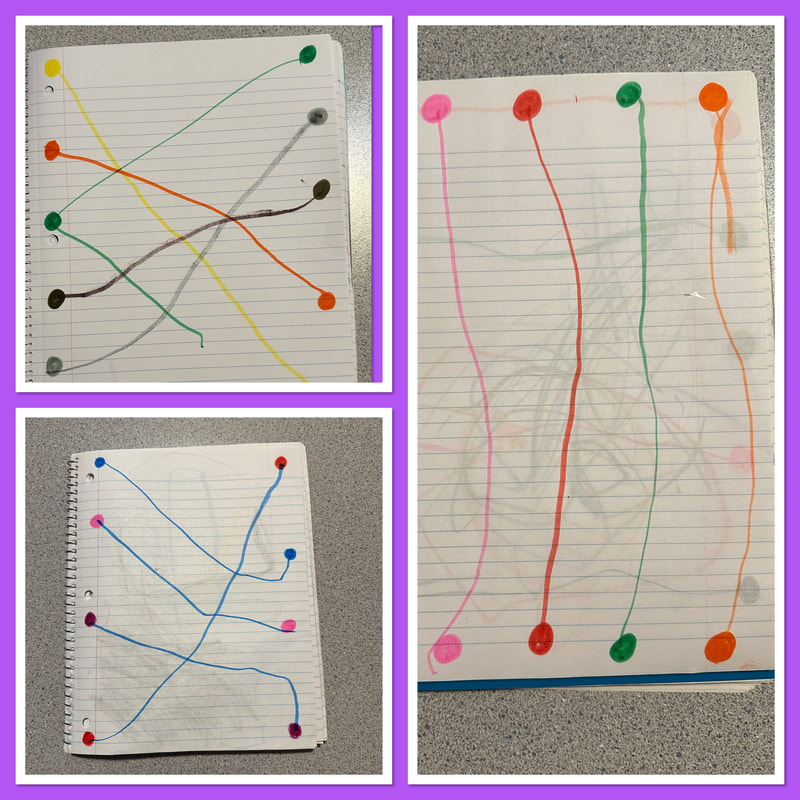
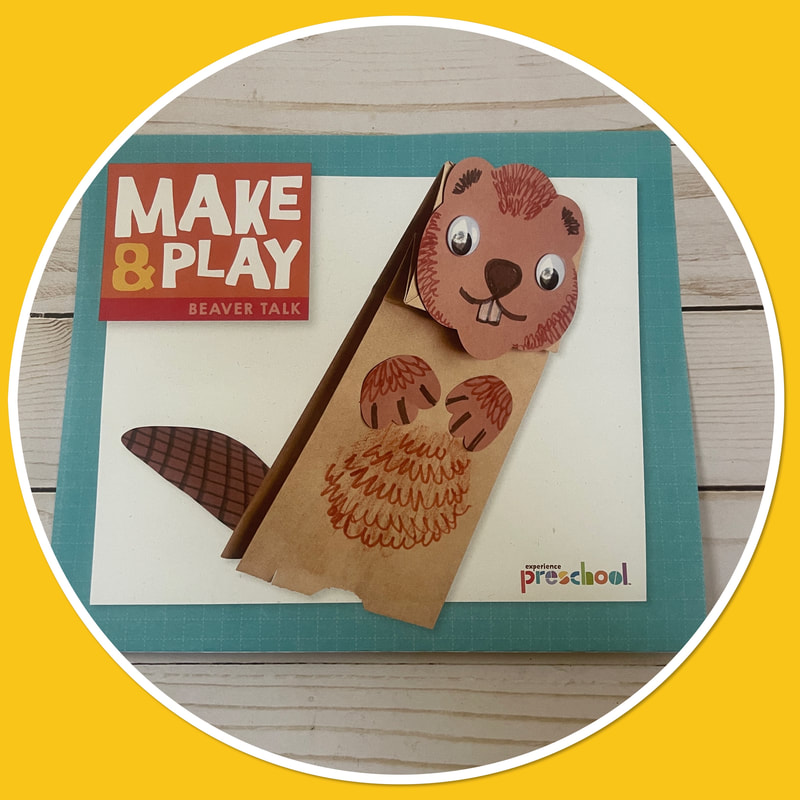
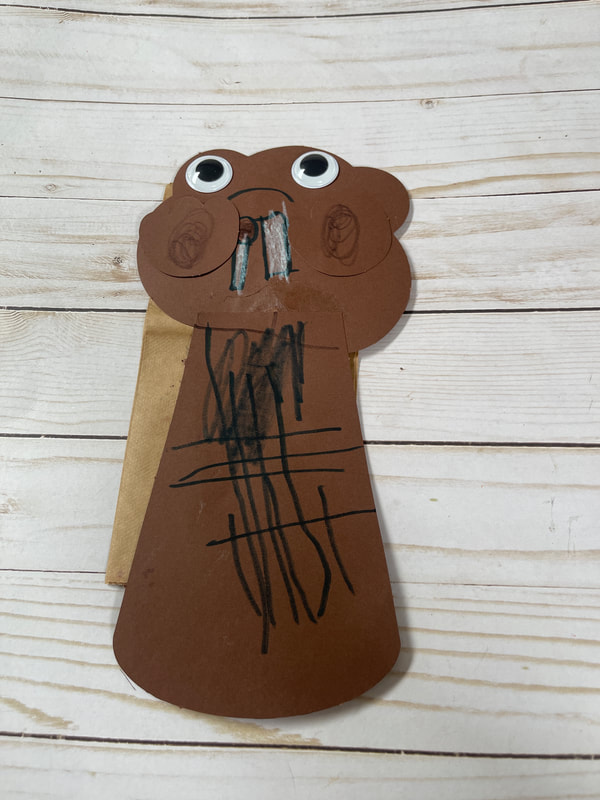
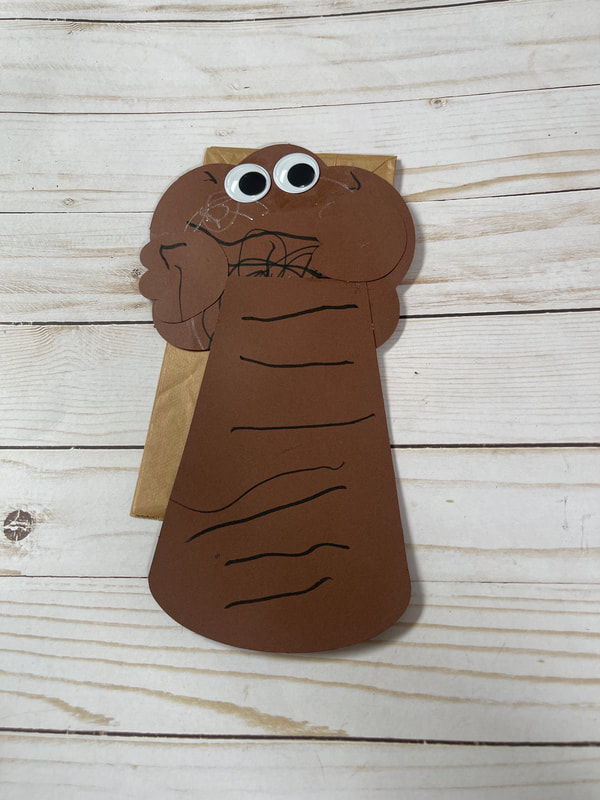
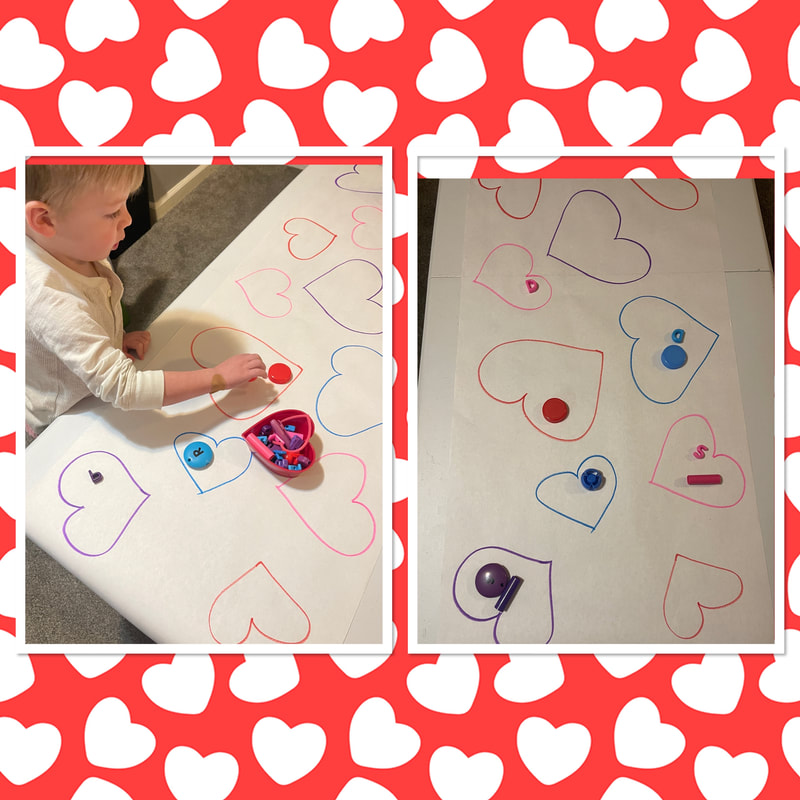
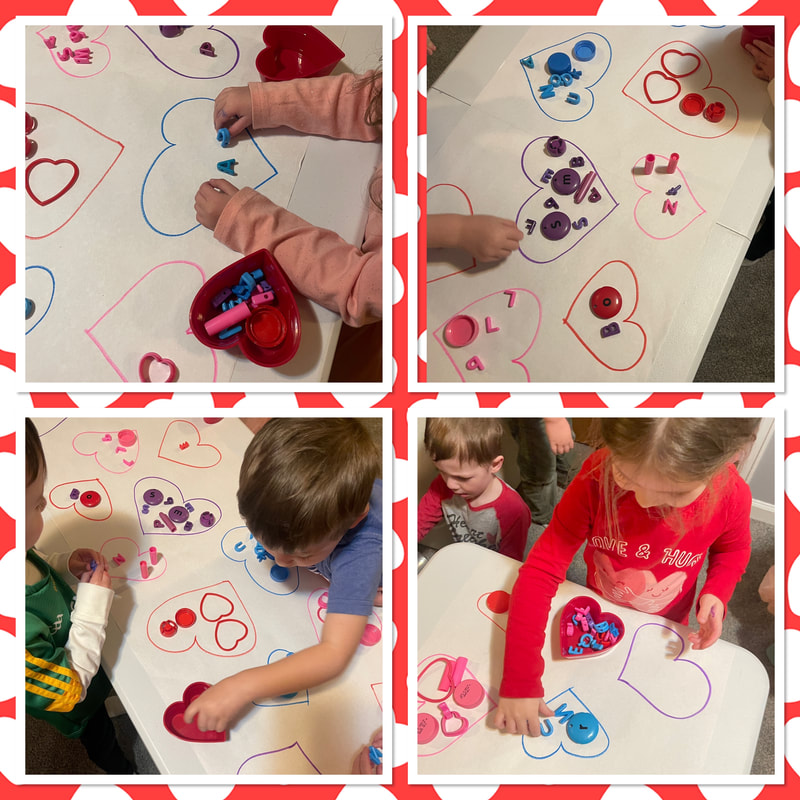
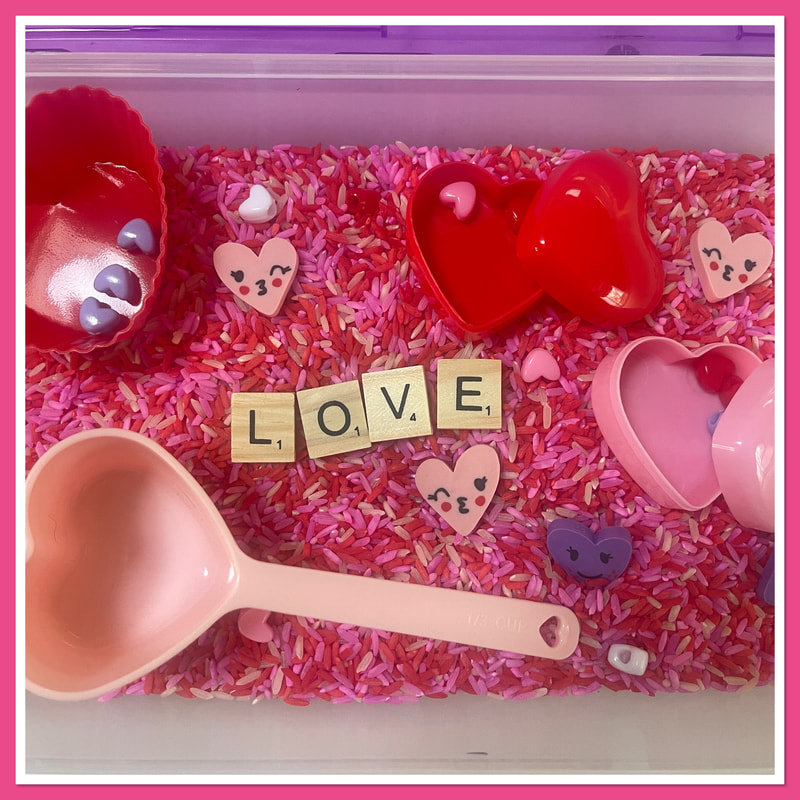
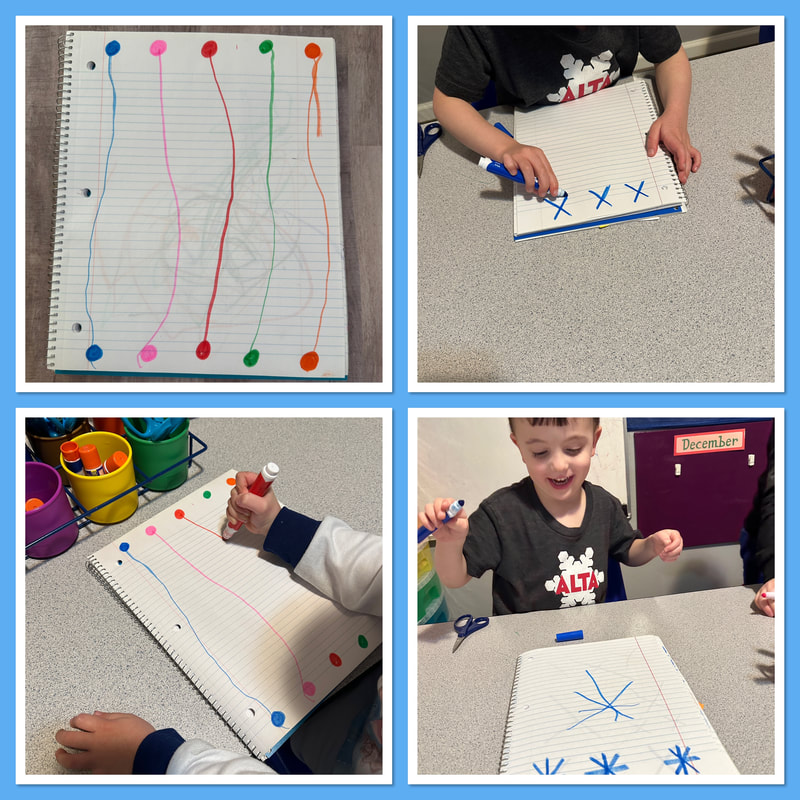
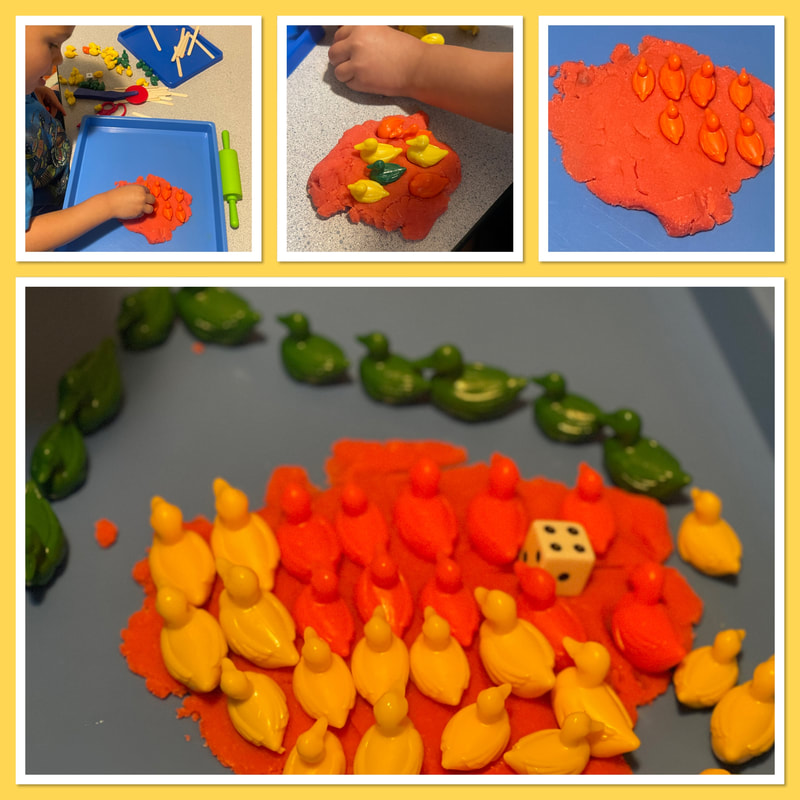
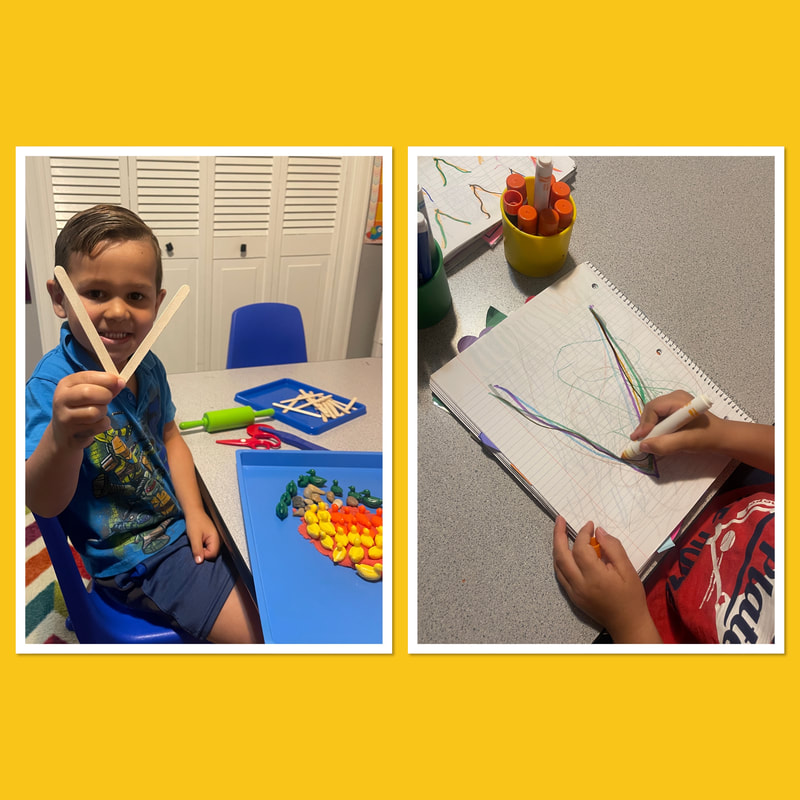
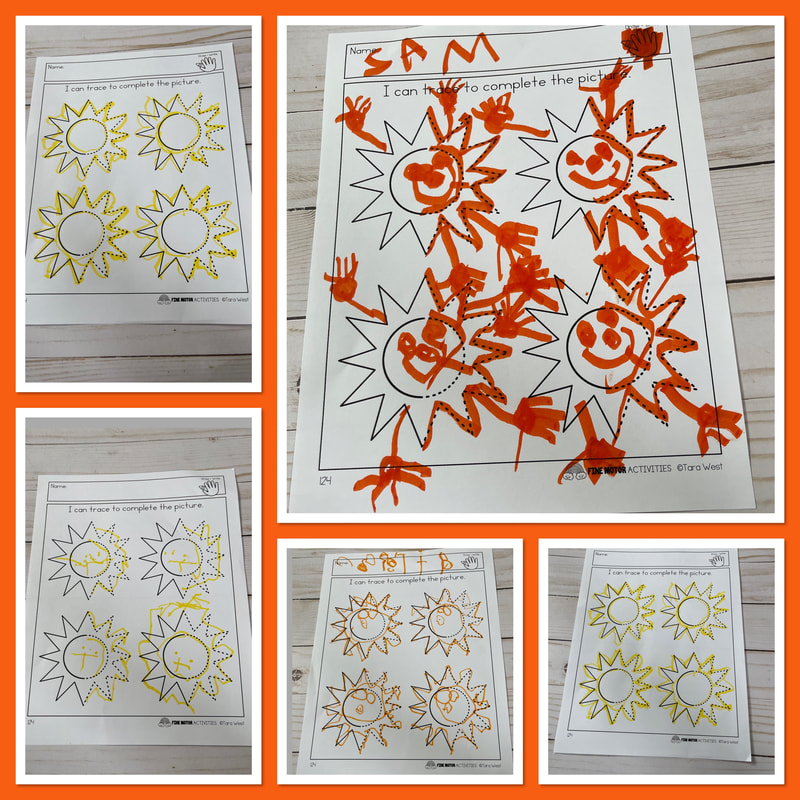
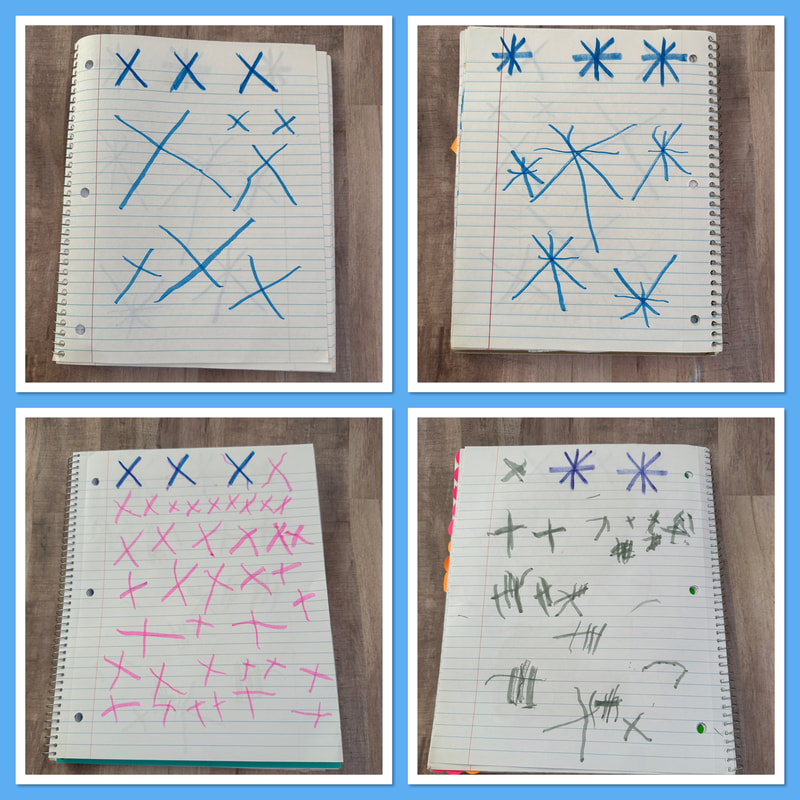
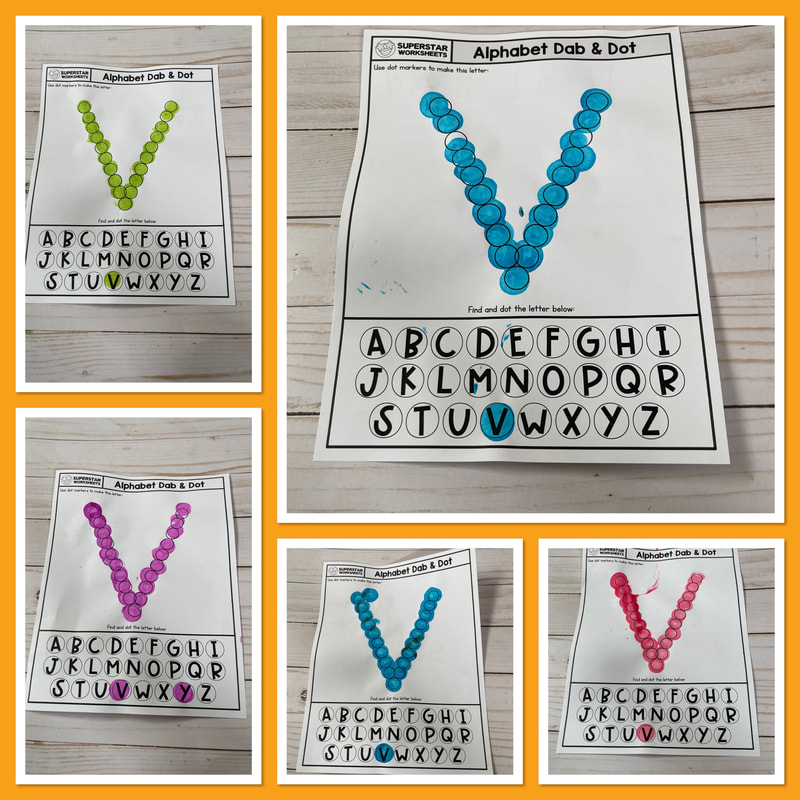
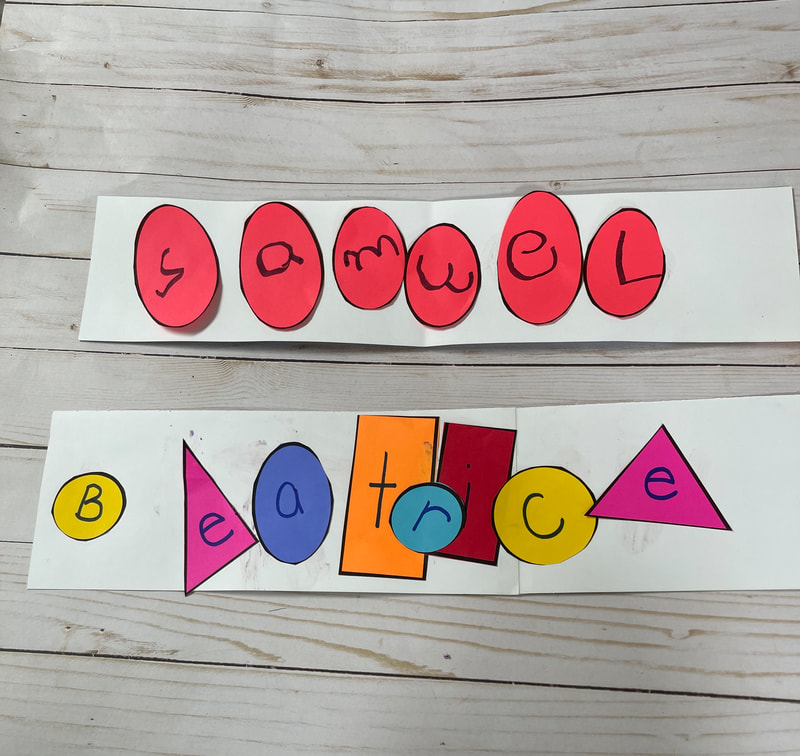

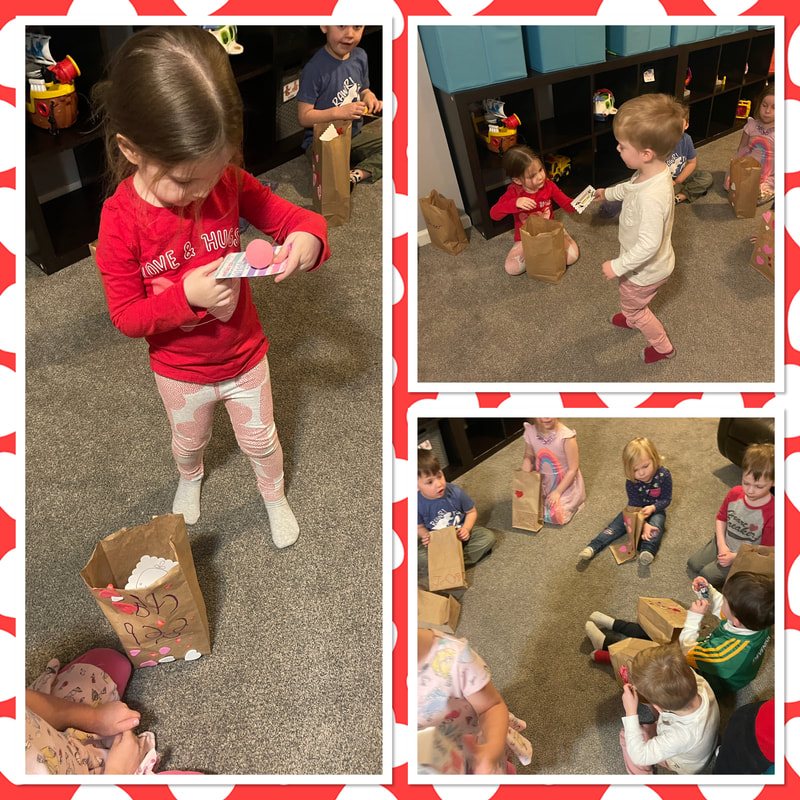
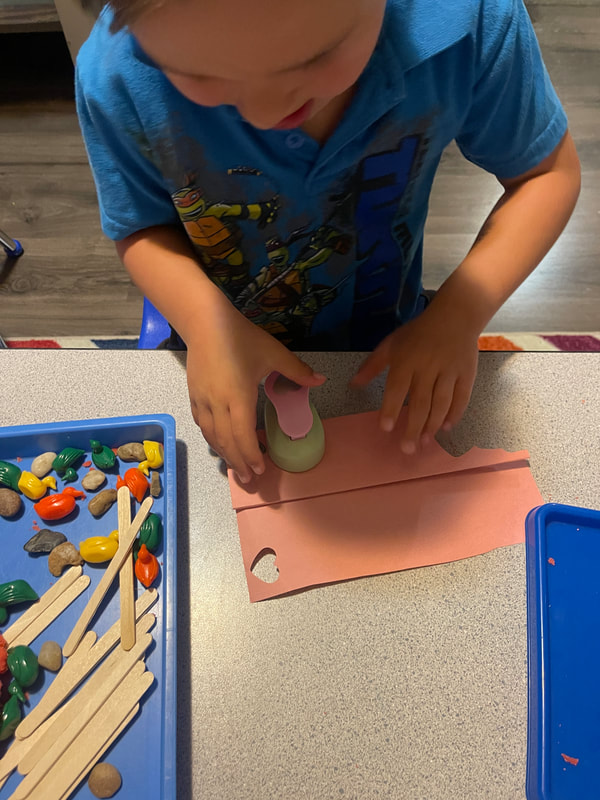
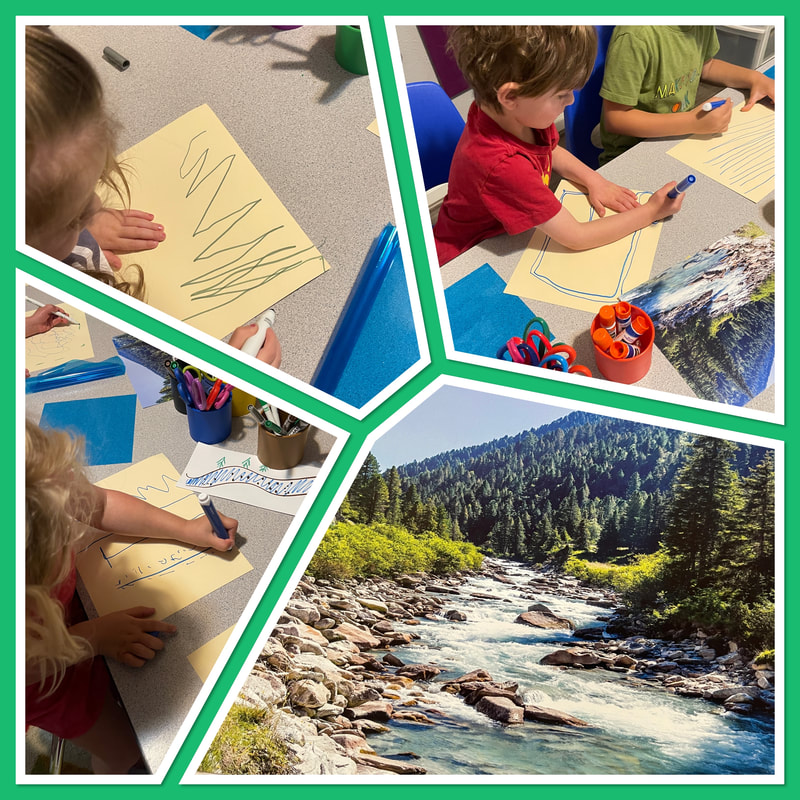
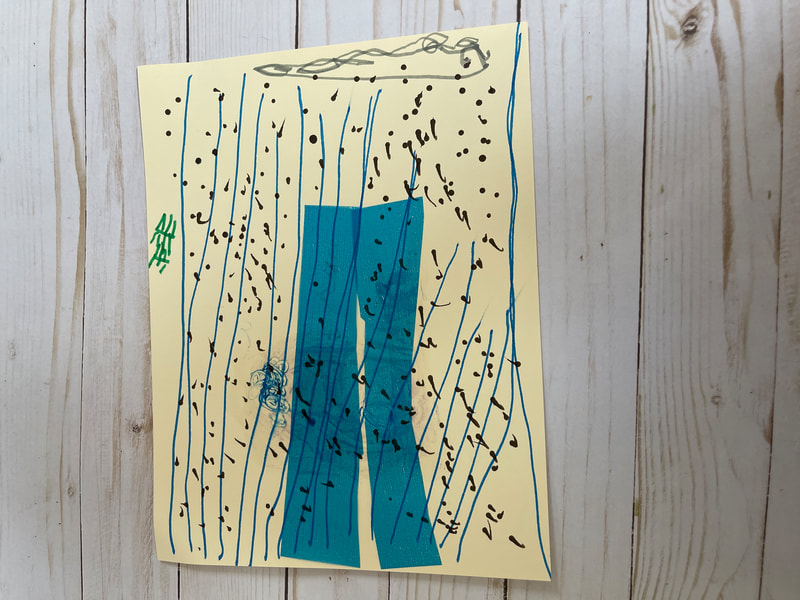
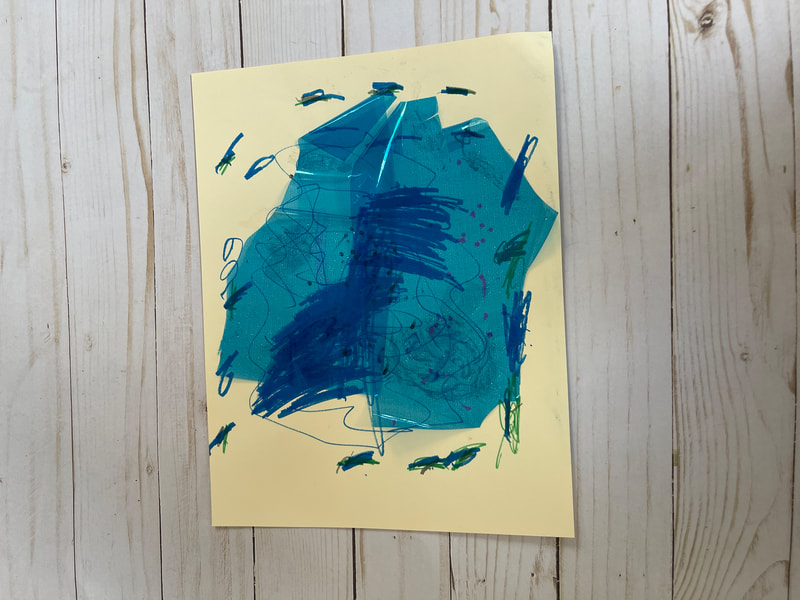
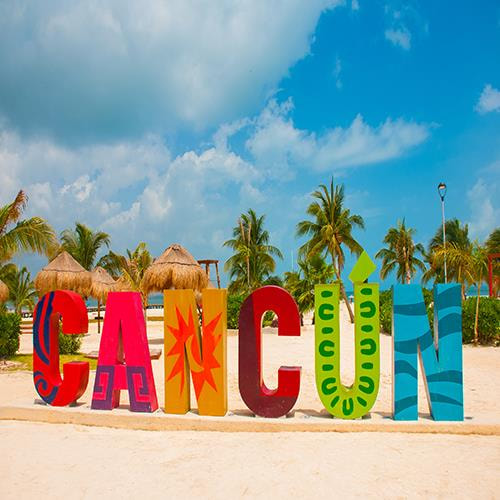
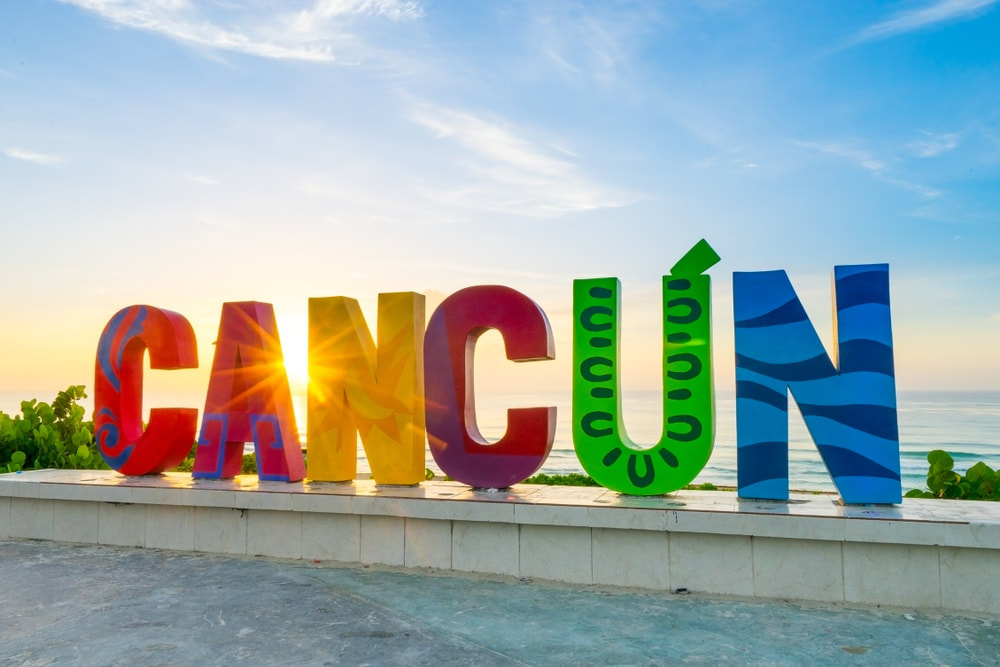
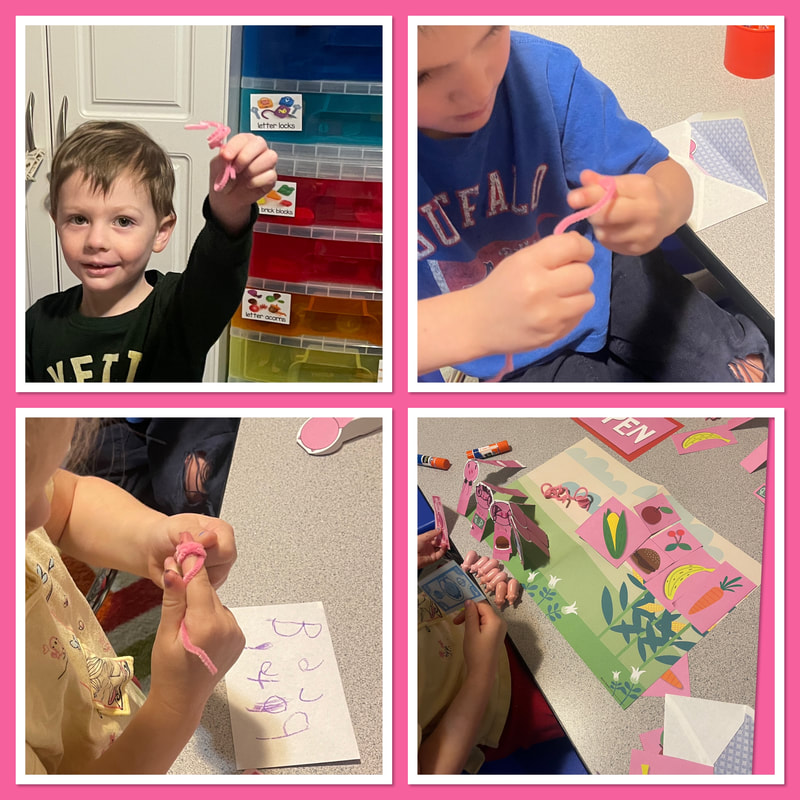
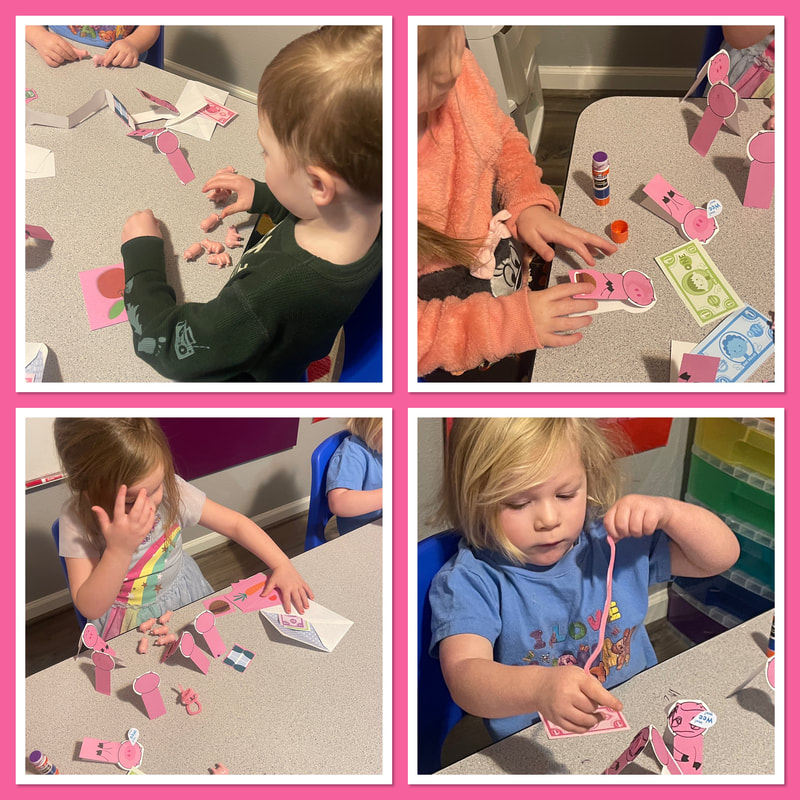
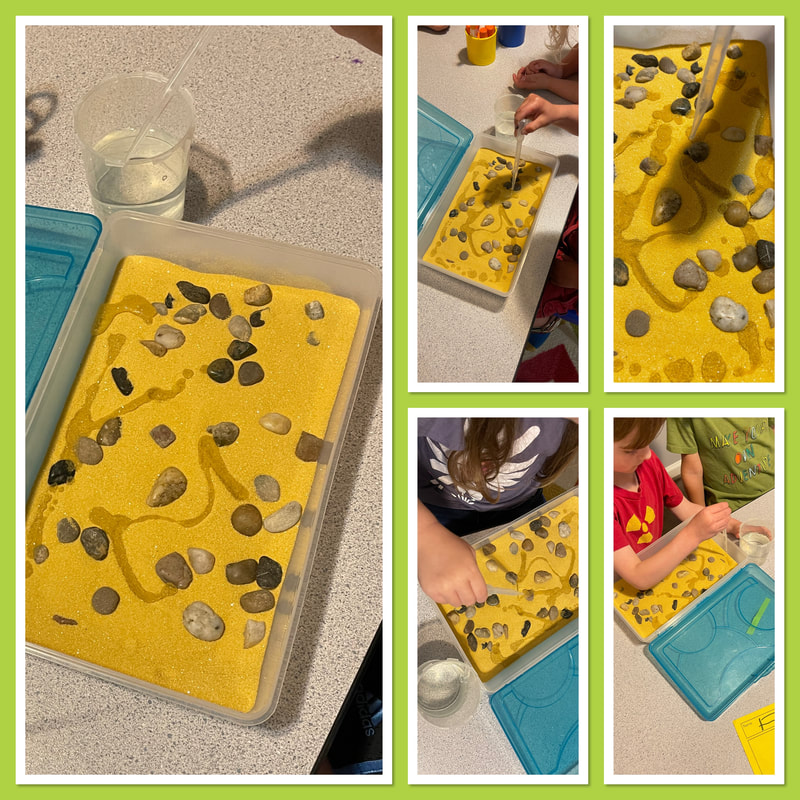
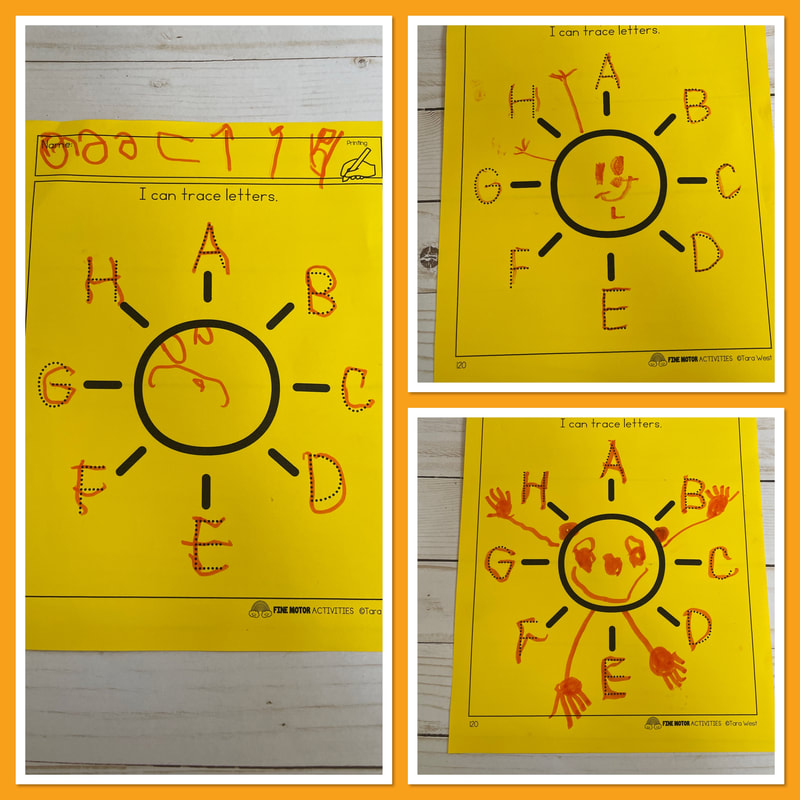
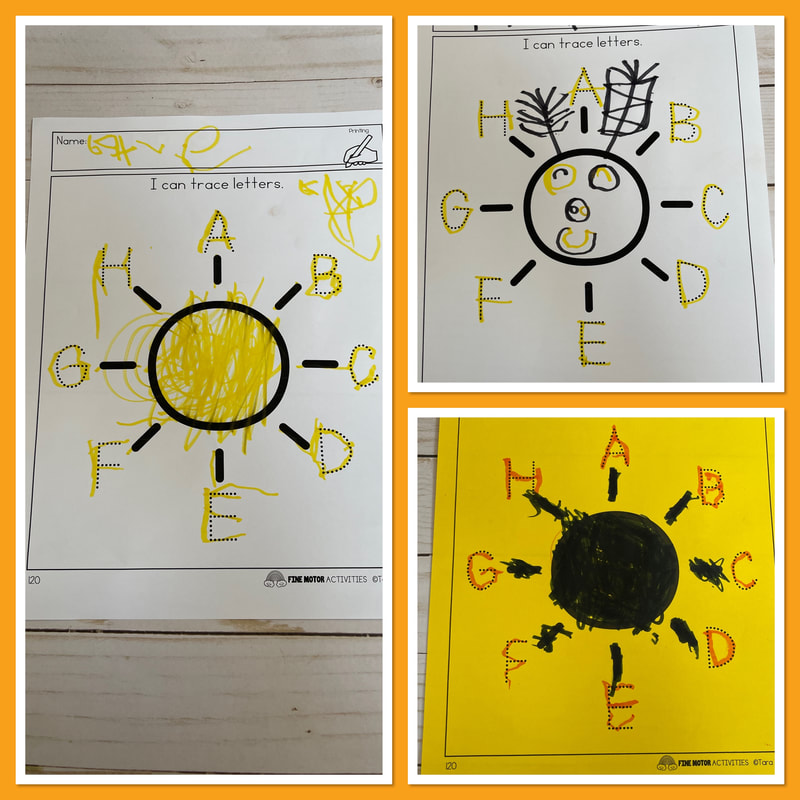
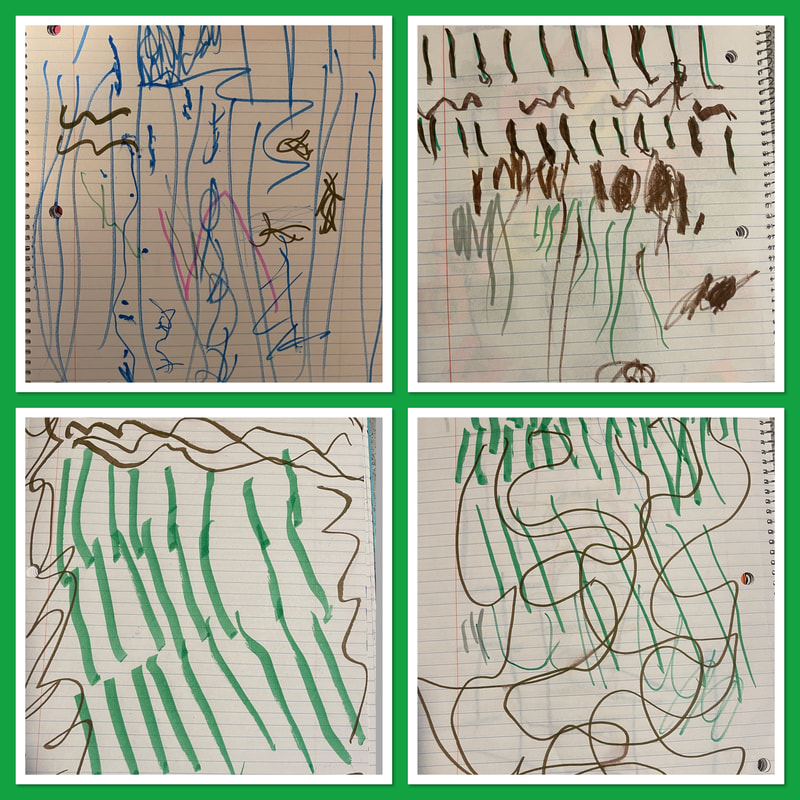
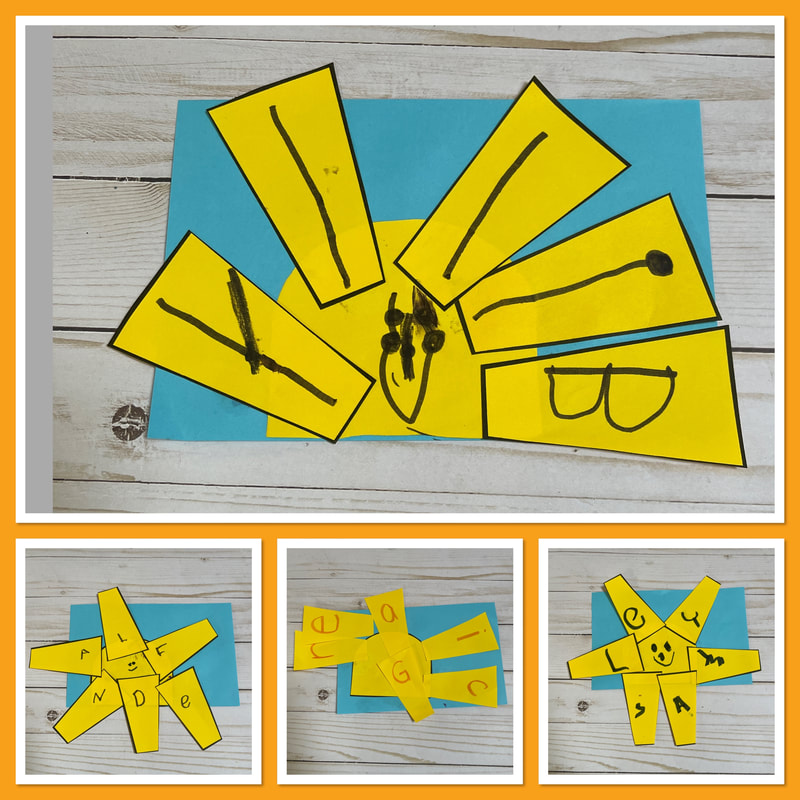
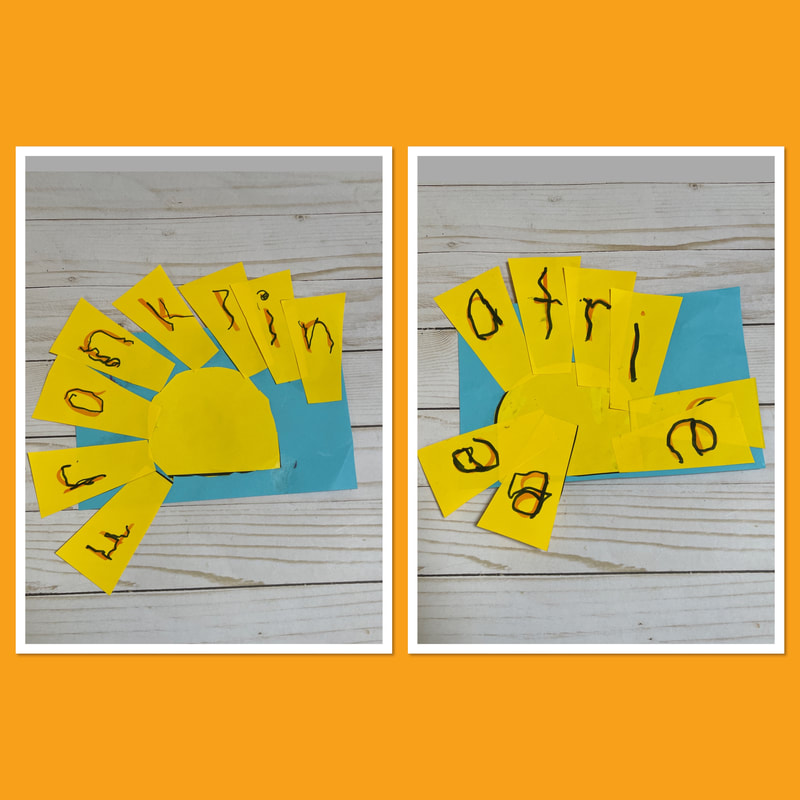
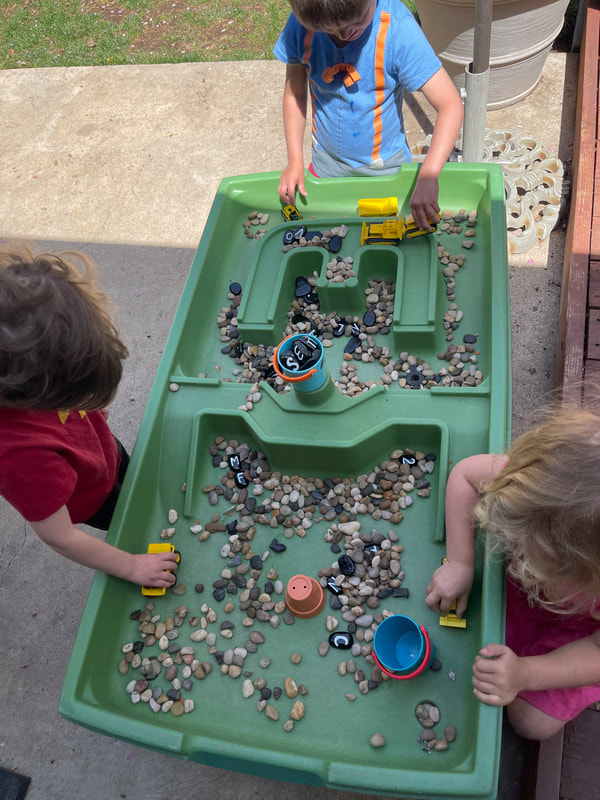
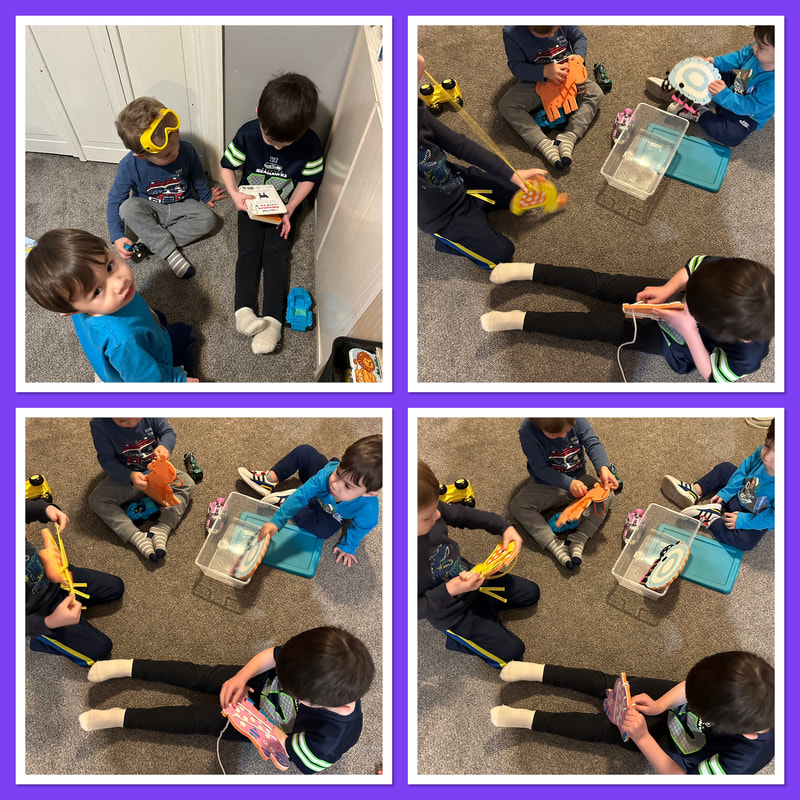
 RSS Feed
RSS Feed